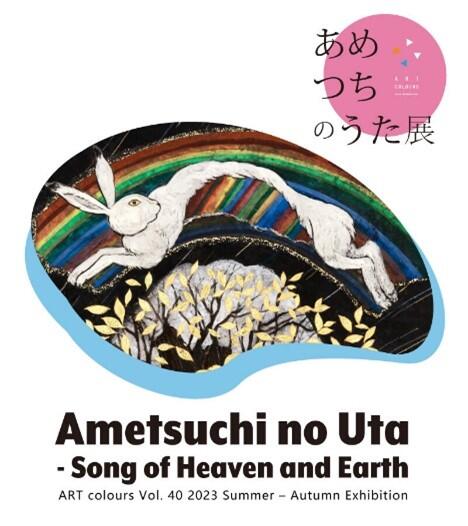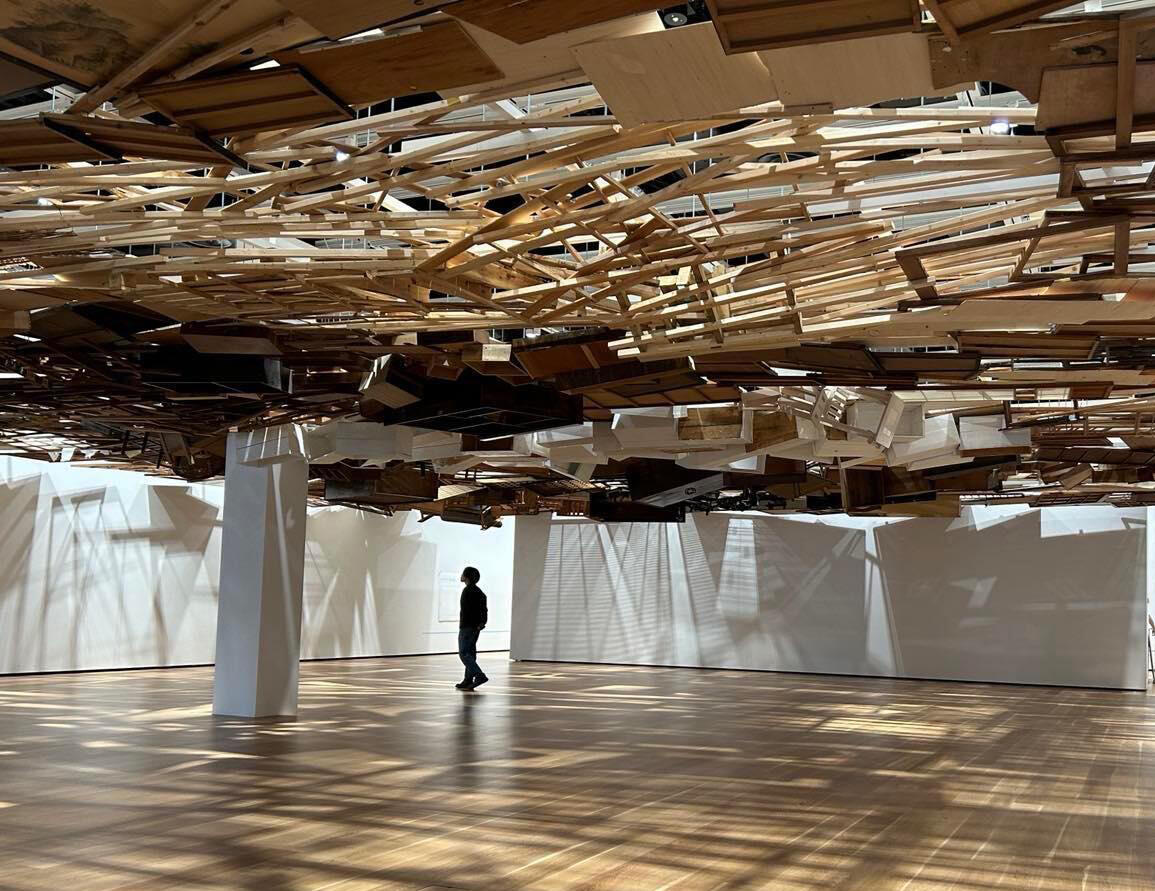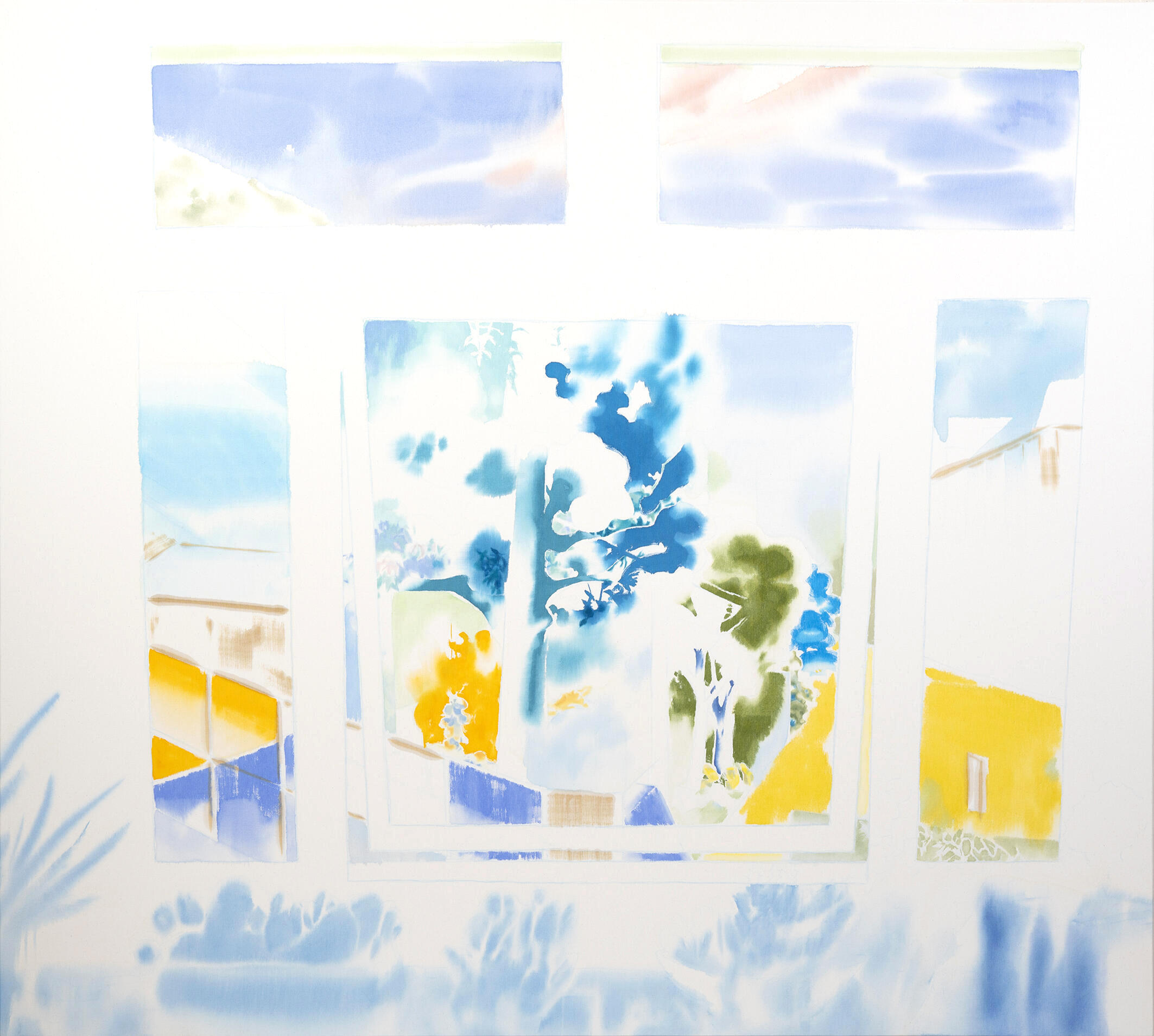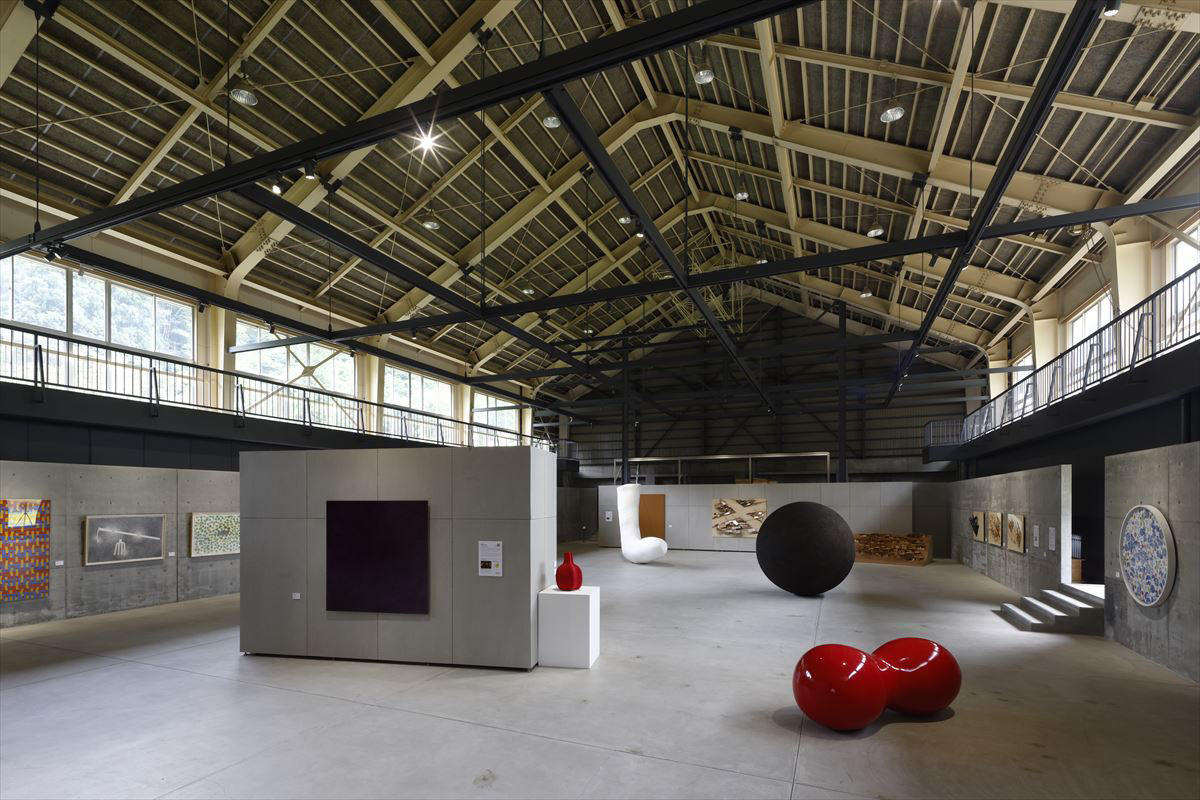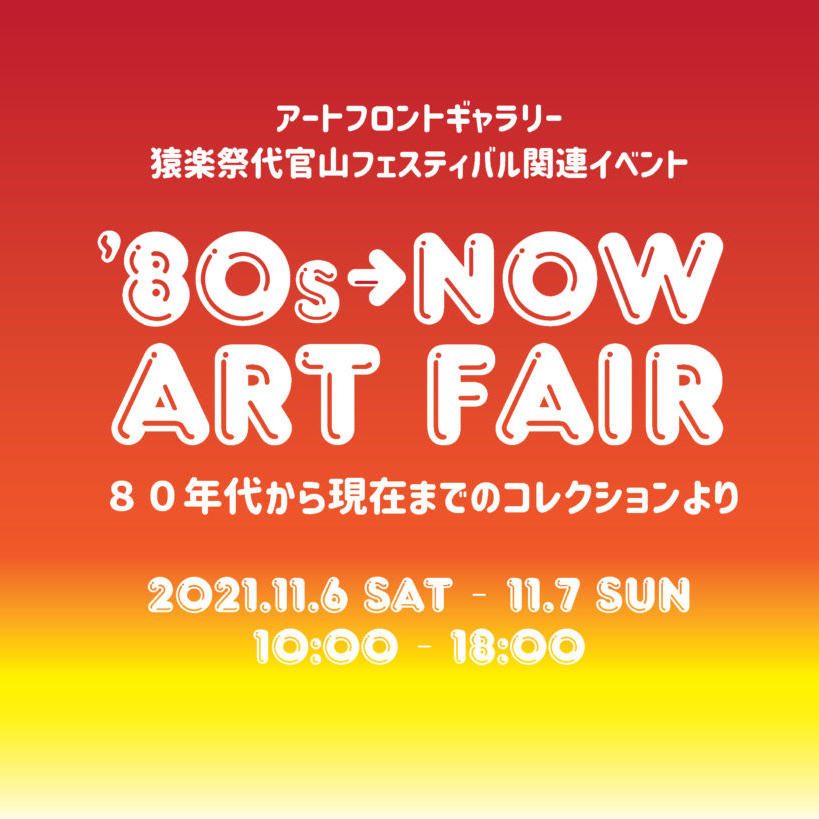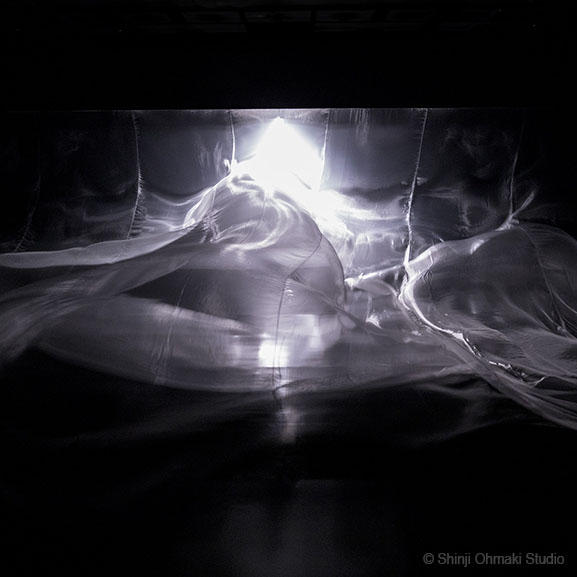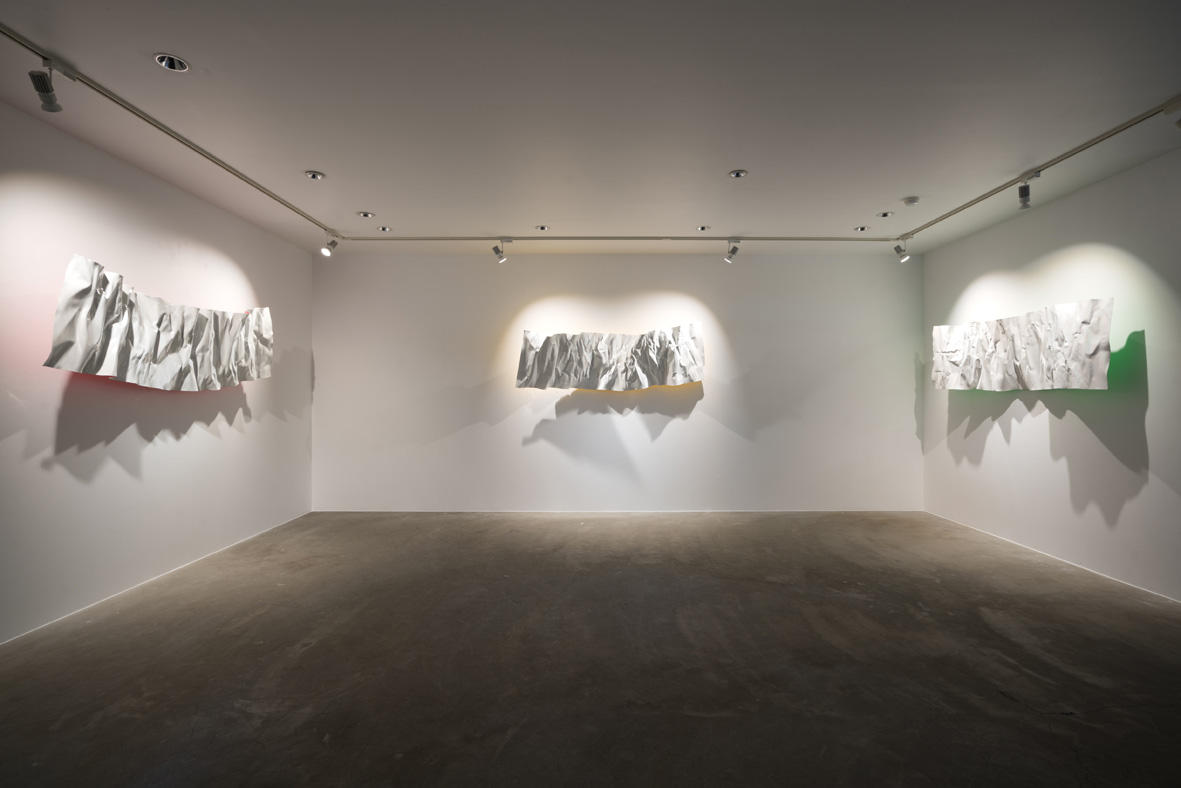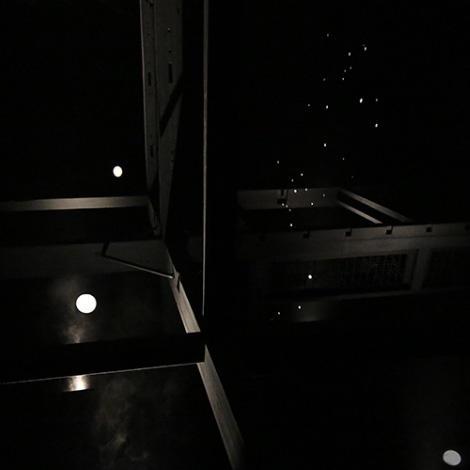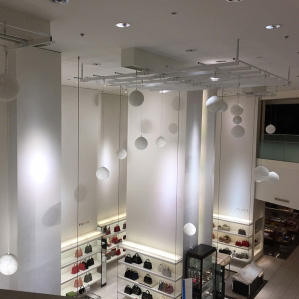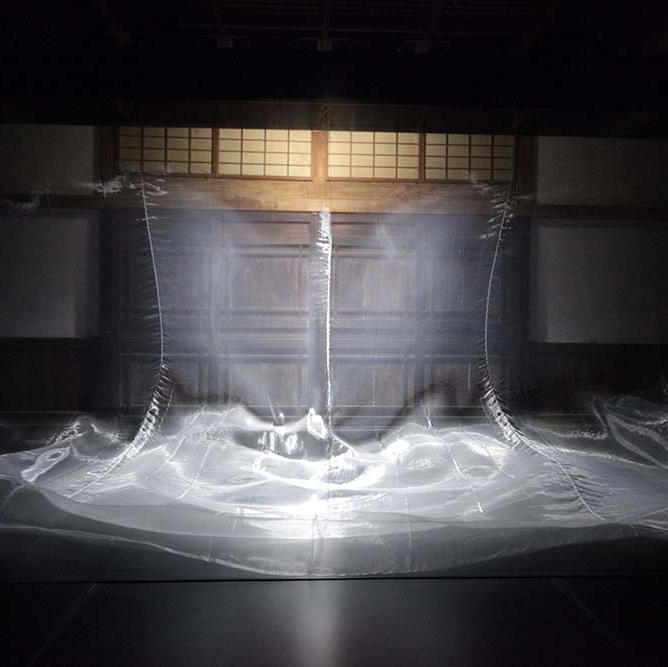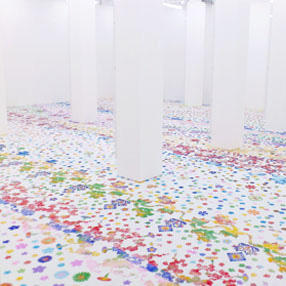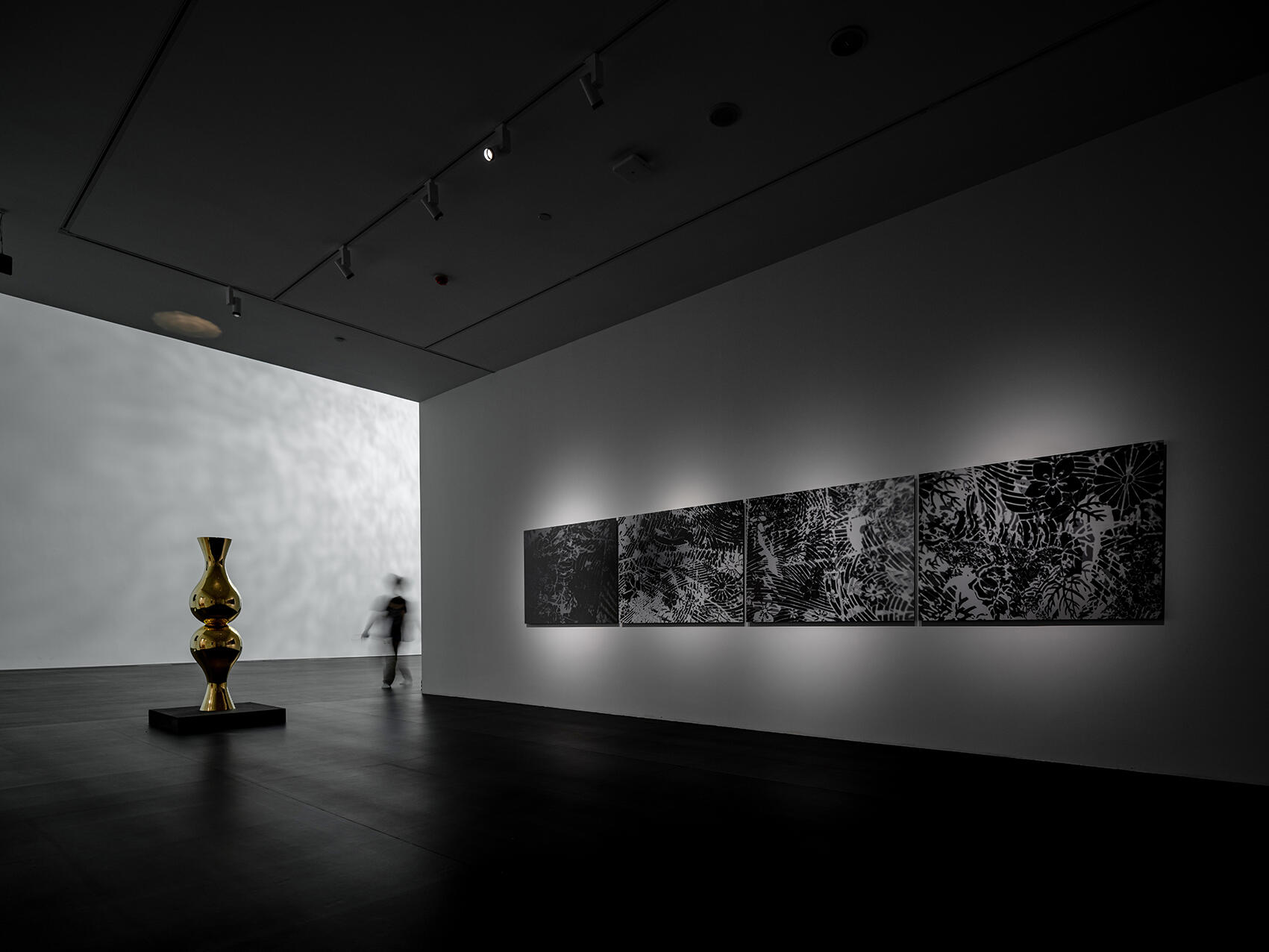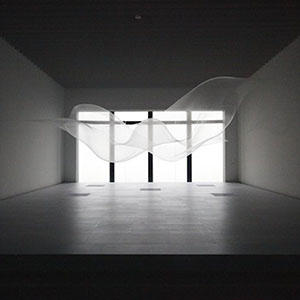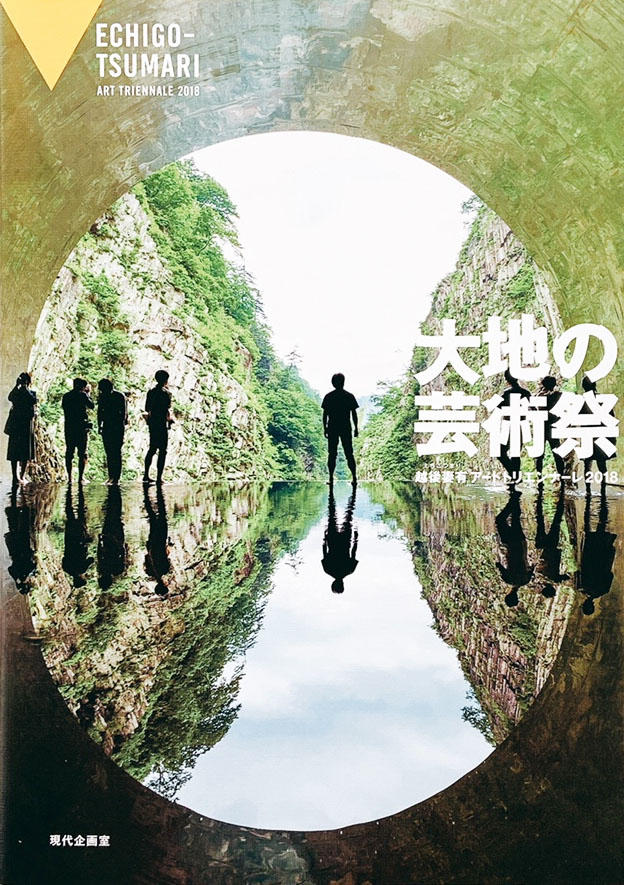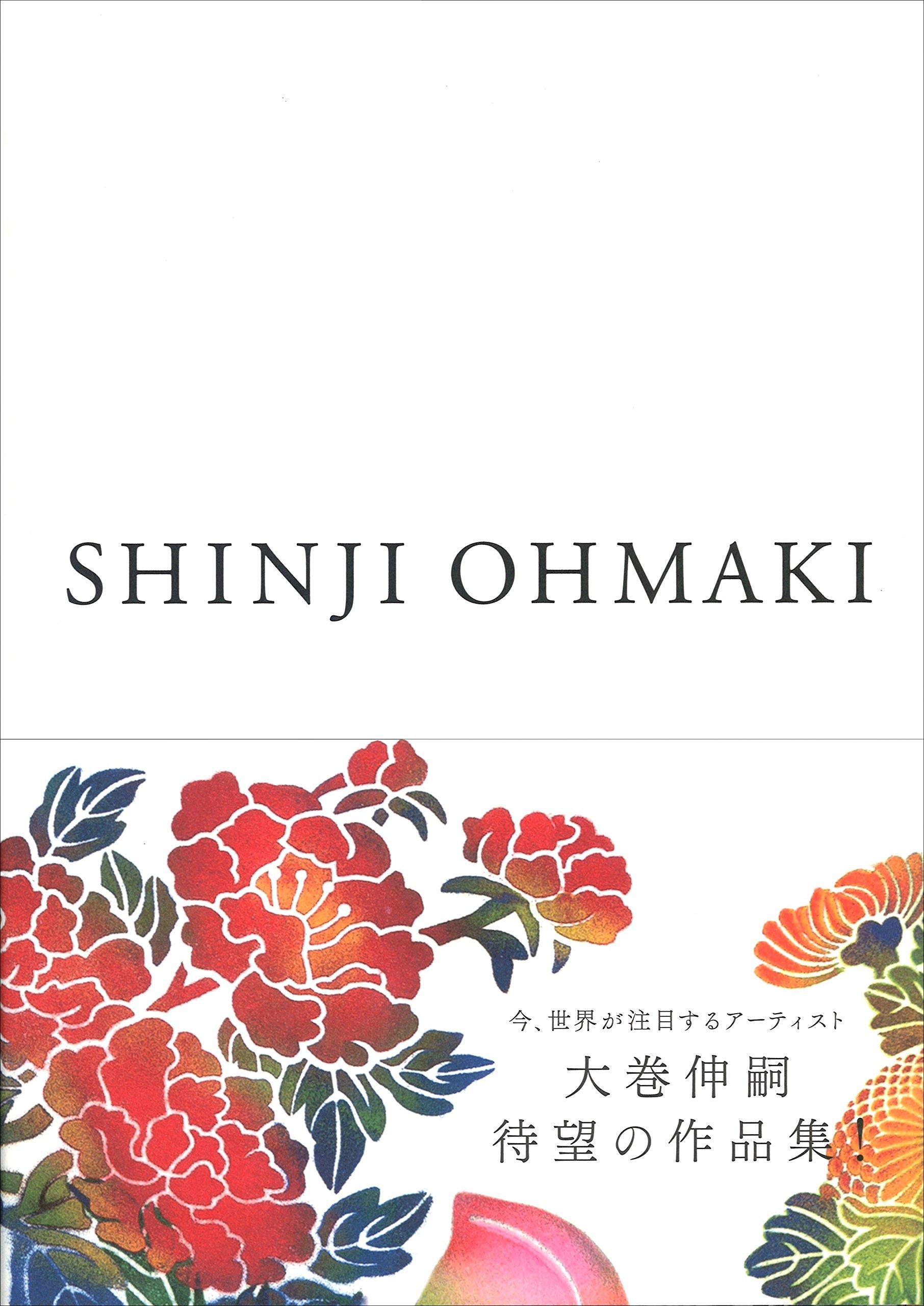Exhibition
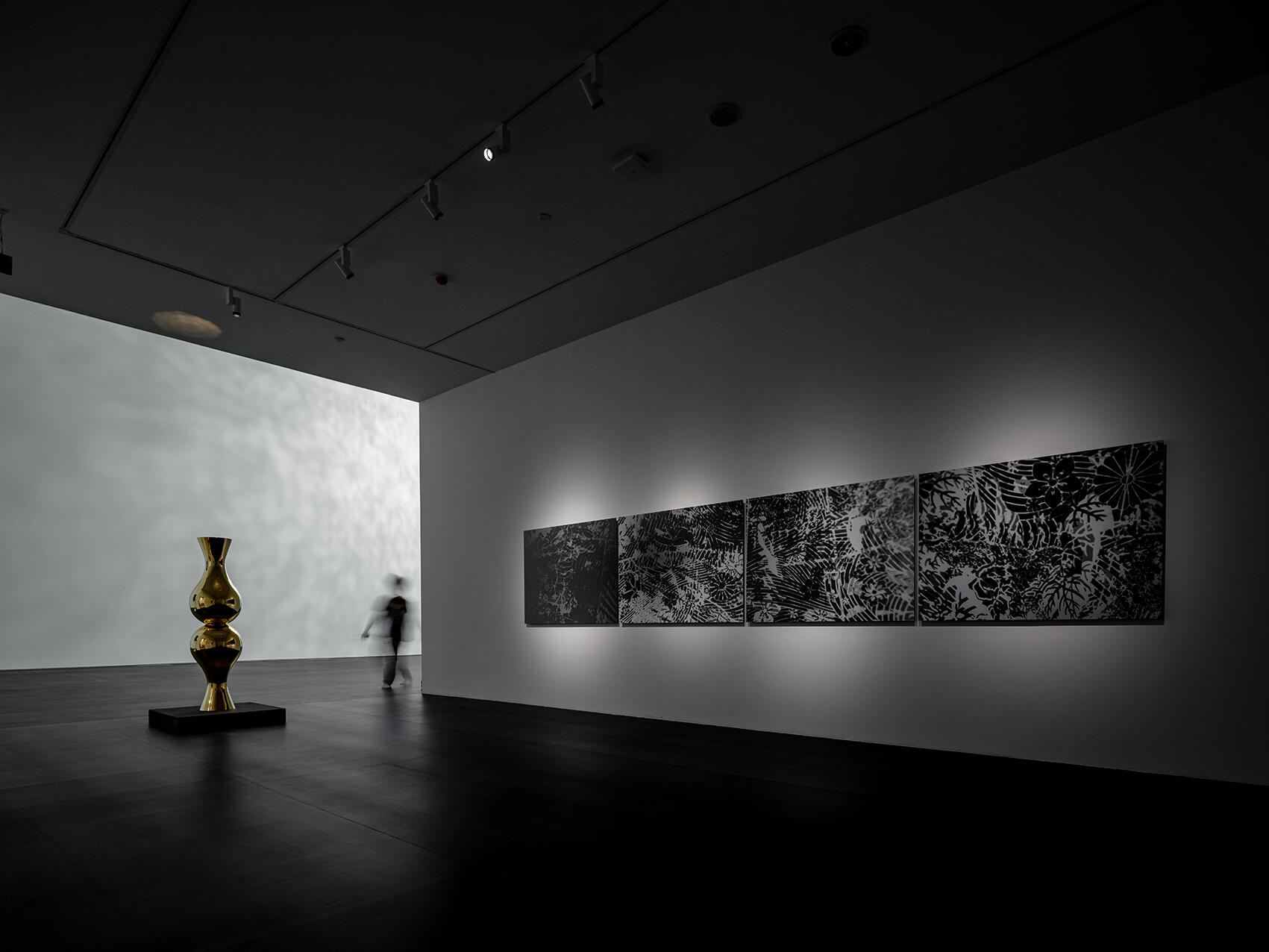
Shinji Ohmaki Solo Exhibition : moment
Nov. 3 (Fri, National Holiday) - Nov. 26 (Sun)
| Date | Nov. 3 (Fri, National Holiday) - Nov. 26 (Sun) |
|---|---|
| Hours | Wed. - Fri. 12:00 - 19:00 / Sat. Sun. and Nov. 23 (Thu, National Holiday) 11:00 - 17:00 |
| Closed on | Monday and Tuesday |
| Reception | November 3(Fri, National Holiday)18:00 – 20:00 |
| Concurrent exhibition | Shinji Ohmaki : Interface of Being at The National Art Center, Tokyo / 2023. 11. 1(Wed.) ~ 12. 25(Mon.) https://x.gd/iNSkq |
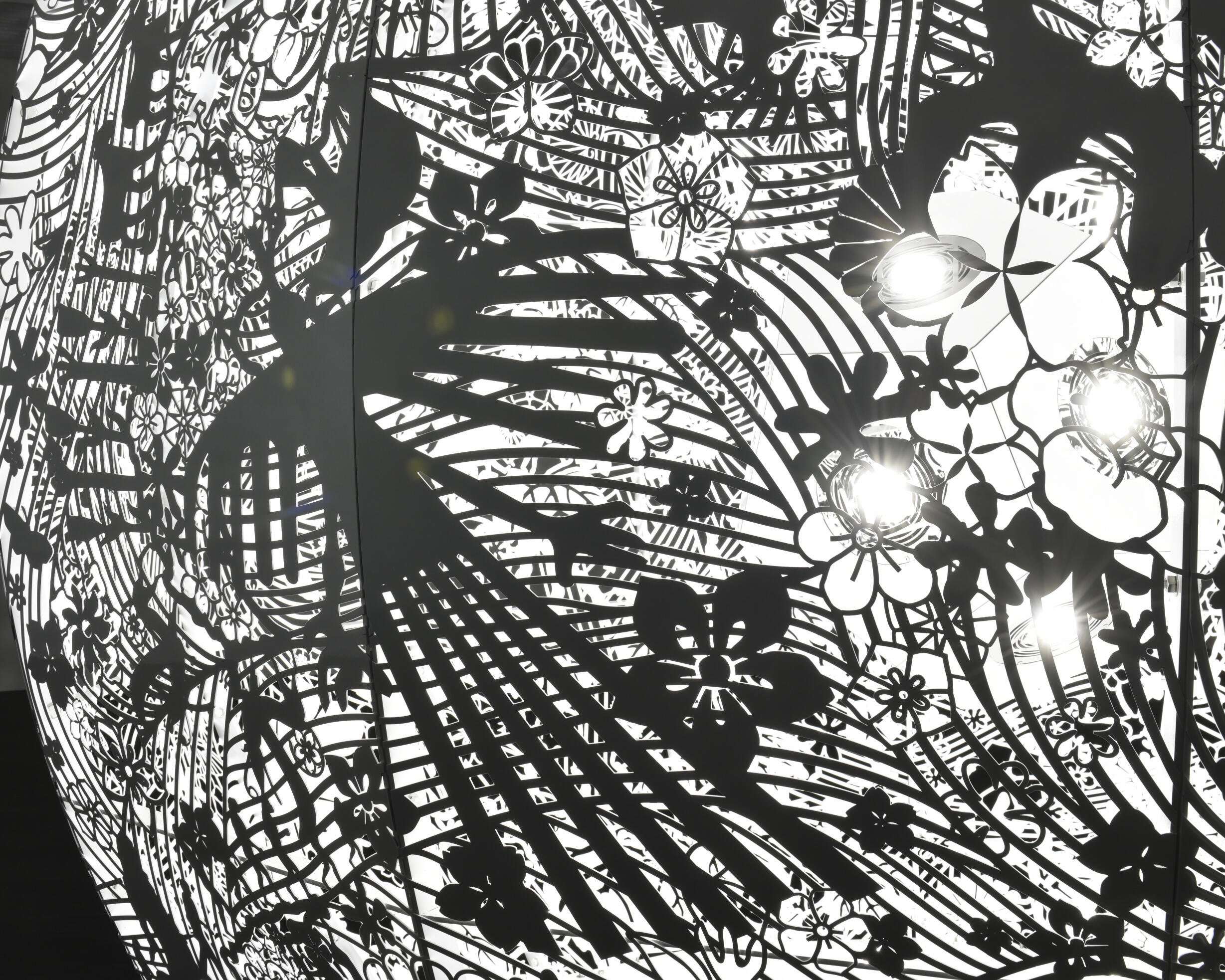
Reference image: Installation "Gravity and Grace" detail ©︎Shinji Ohmaki Studio
Shinji Ohmaki has created so far a number of dynamically changing installations: such as thin cloth that dances airily like a large wave, balls of light floating in the darkness, and ephemeral painting laid out on the floor.
For this exhibition, Ohmaki will present photograms capturing the light and shadow emitted by "Gravity and Grace", a giant vase-shaped installation, which is one of his major works. Its momentary image only materialized through printing light and shadow on (photographic) paper - images intricately entangling, intertwined and overlapped with each other - may suggest the transformation of the various material imperceptible beyond the sense of human beings, or everlasting repetition of birth and vanish in front of our eyes.
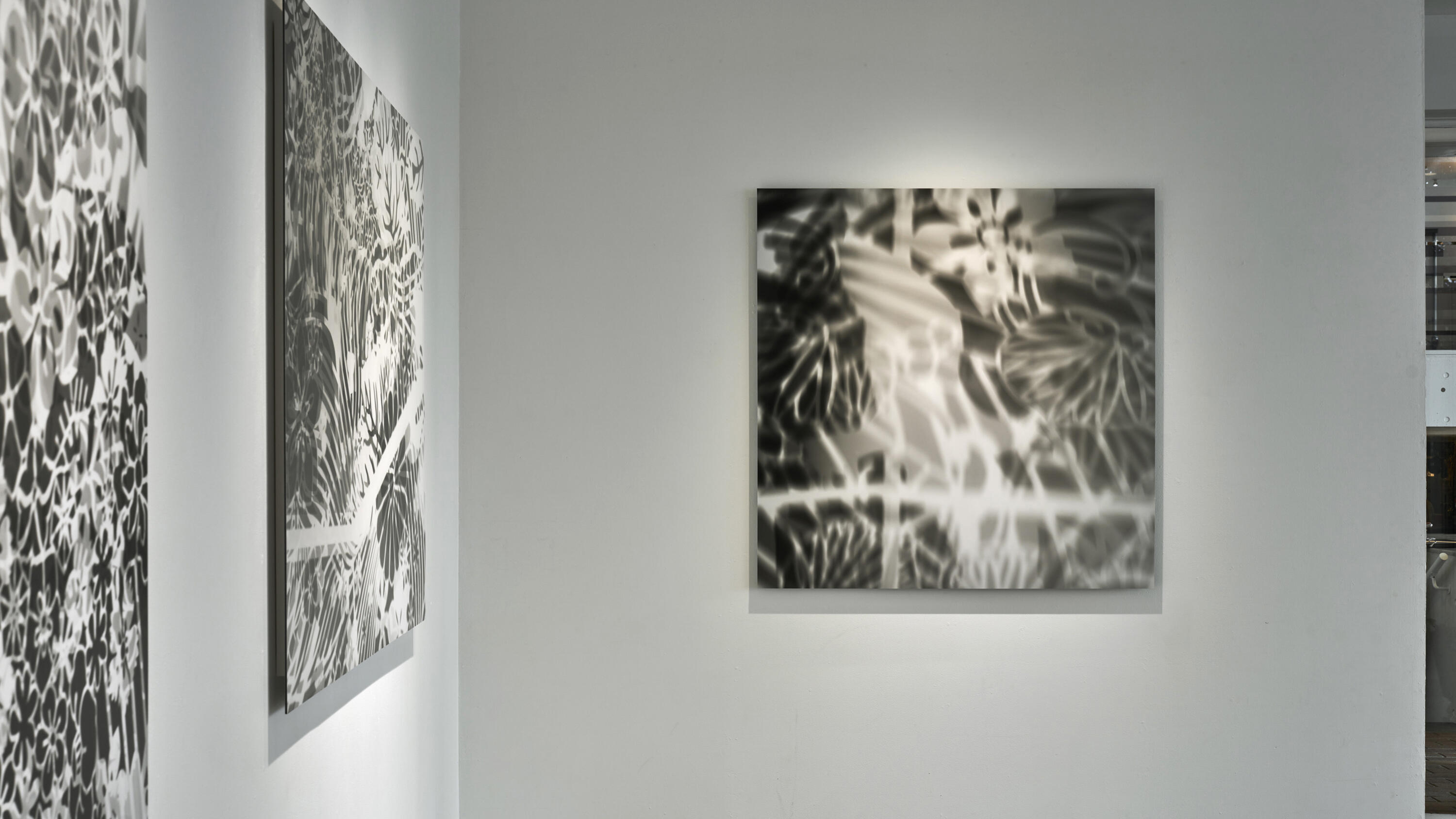
Solo exhibition "moment" at Art Front Gallery
“moment” by Shinji Ohmaki
Mitsue Nagaya (Chief Curator, The National Art Center, Tokyo)
Shinji Ohmaki’s installation series Gravity and Grace, whose latest iteration is currently on view as part of the solo exhibition Interface of Being at The National Art Center, Tokyo, features a large fretwork vase that is illuminated from the inside, projecting its shadows on surrounding walls and surfaces. Carved with an elaborate pattern that forms a miniature illustration of the world, the vessel alludes to the primordial and ancient relationship between human beings and decorative patterns.
moment, the series of photograms presented here, was produced by capturing the installation’s interplay of light and darkness on photographic paper.
Ohmaki borrowed the title of the Gravity and Grace series from a book of aphorisms by French philosopher Simone Weil (1909-1943). In the work, Weil makes metaphorical comparisons between the grace of God and gravity as a force that binds our bodies to the earth and weighs on our souls like sediment. While the light moving up and down in Ohmaki’s vase is reminiscent of the vertical trajectories described by Weil, it can also be interpreted as a representation of the sun as a divine presence whose light and gravity govern the natural order of our world.
Crucially, Ohmaki’s installation offers an astute critique of contemporary society by addressing the complicated nature of nuclear power. While it can be a blessing that helps sustain our modern lifestyles, the atomic bombings of Hiroshima and Nagasaki and disasters such as in Chernobyl and Fukushima have shown that nuclear energy is inextricably linked with the threat of irrevocable destruction to nature and humanity. The vase’s intricate patterns of flowers and animals, hiding within them a map of the earth, represent our world, and the light, with its tremendous brightness of up to 840,000 lumens, evokes the explosive energy of nuclear fission reactions. Similar to Ohmaki’s belief that ‘perhaps we can show reality better by imitating the beauty within it,’ the ominous light of Gravity and Grace mesmerizes our eyes and captivates our bodies and souls.
moment is the second series of photograms that Ohmaki has produced from Gravity and Grace. In total darkness, he placed photographic paper in front of the vase (either upright or on the floor) and momentarily exposed it to its light to capture its ornamental expression of humanity’s fundamental desire to create.
In the photogram, the areas exposed to light appear black while the shadows are rendered as white. In other words, the photograms capture an opposite version of light and shadow as they appear in the actual installation. The relationship between positive and negative is switched, and this reversal implies the possibility of reversing other dualisms, such as nuclear power as the grace and the gravity of our time.
This series of photograms marks Ohmaki’s first intervention with the human body. In Ohmaki’s stage-like setups, the body appears as both an animating presence and a spiritual receptor. It seems almost stripped of all materiality, freed from the constraints of gravity to gracefully transcend space and time. Moreover, Ohmaki’s trace-like captures of the body—sometimes appearing only in fragments—seem almost like reverberations of a presence, or like echoes of a sensation. Here, in the photograms, the mutability and freedom of the soul manifests as a form of grace.
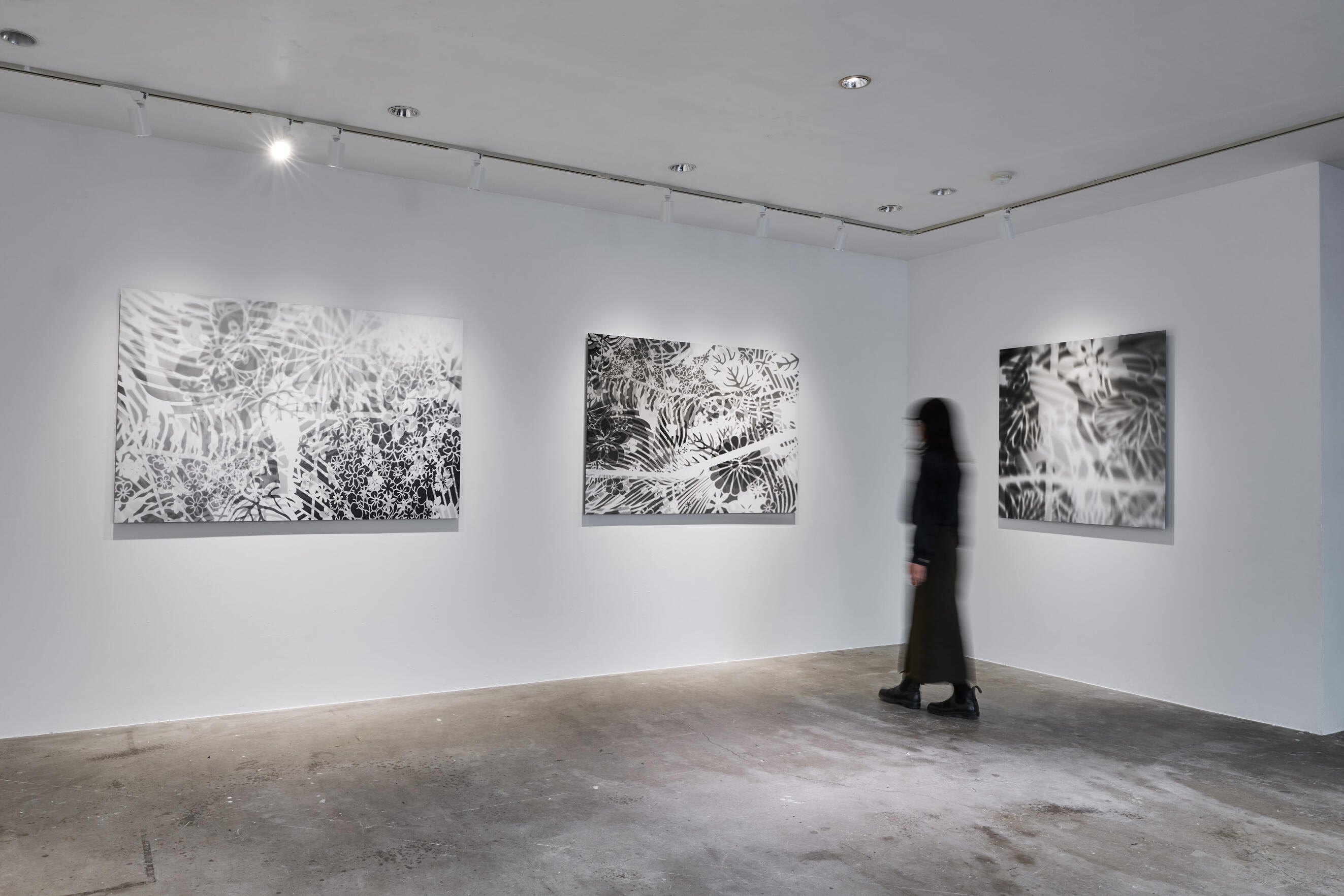
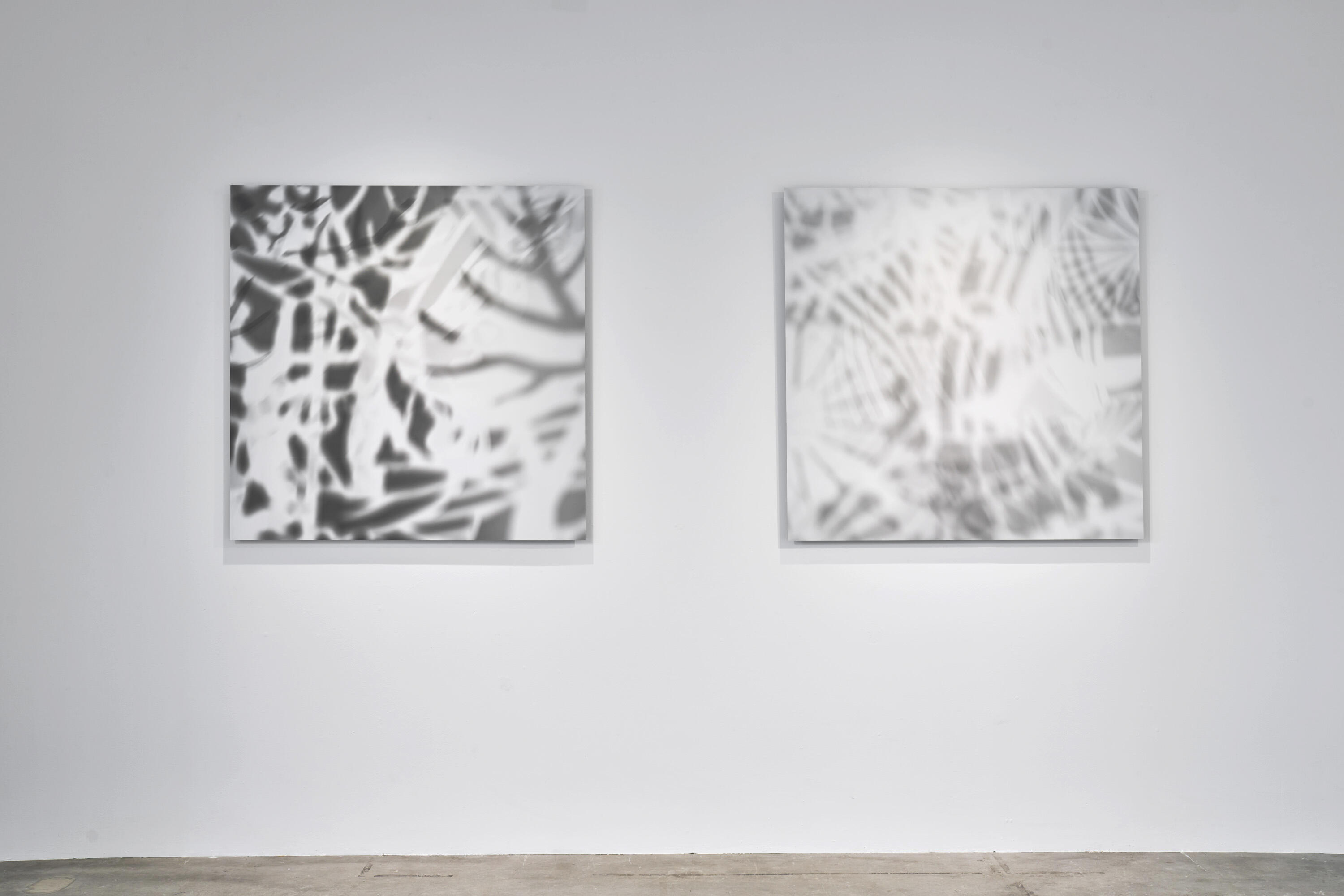
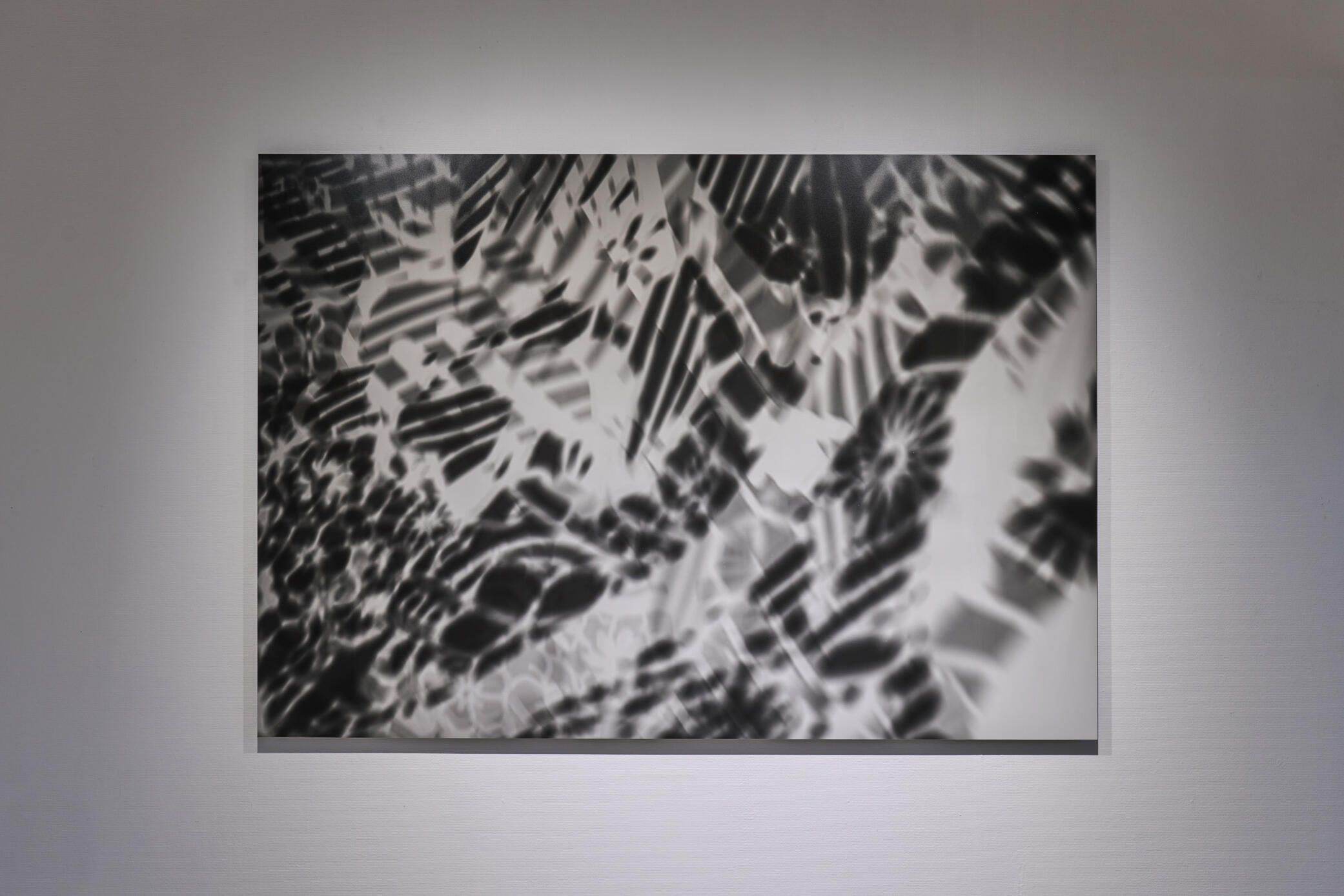
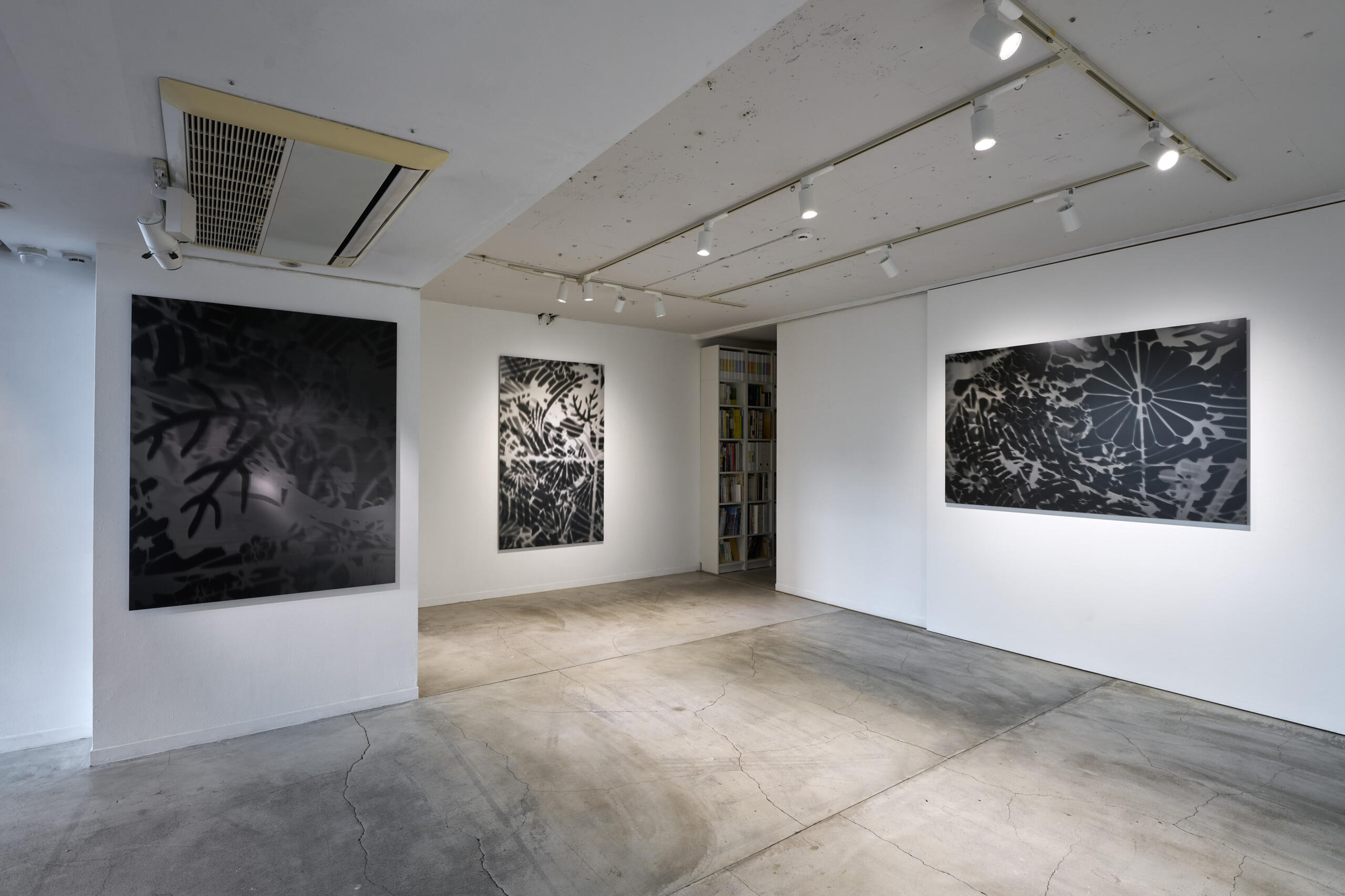
Solo exhibition "moment" at Art Front Gallery
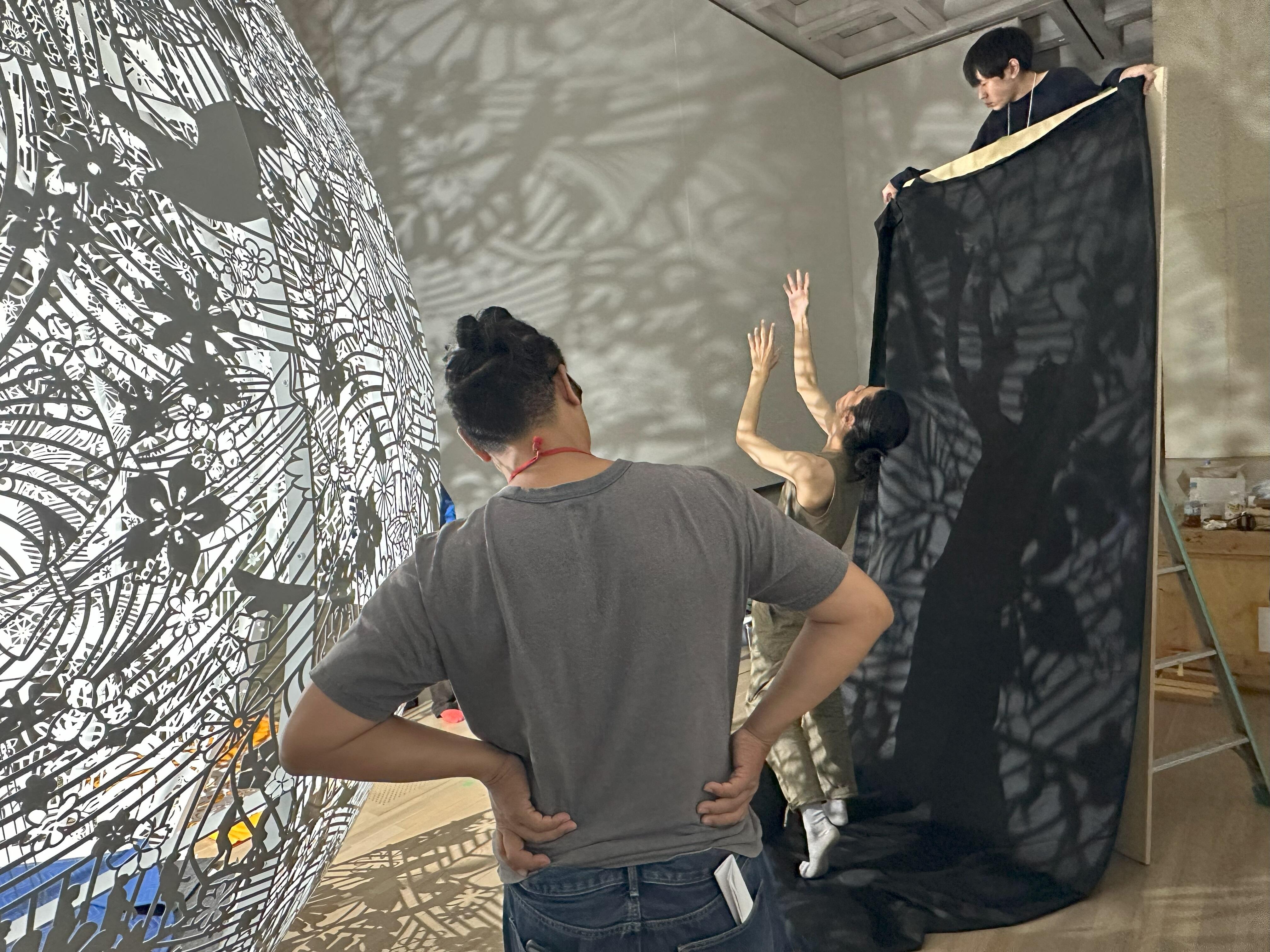
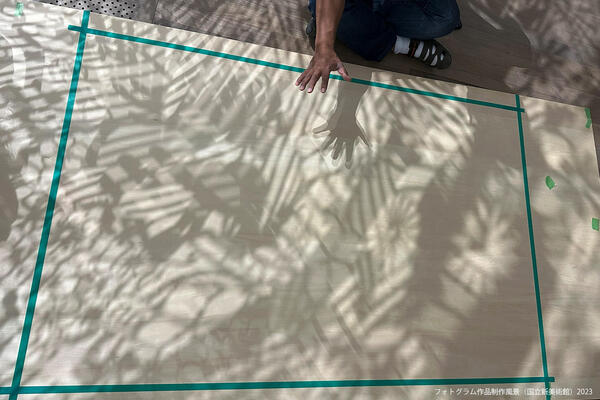 Photogram works in progress at The National Art Center, Tokyo
Photogram works in progress at The National Art Center, Tokyo
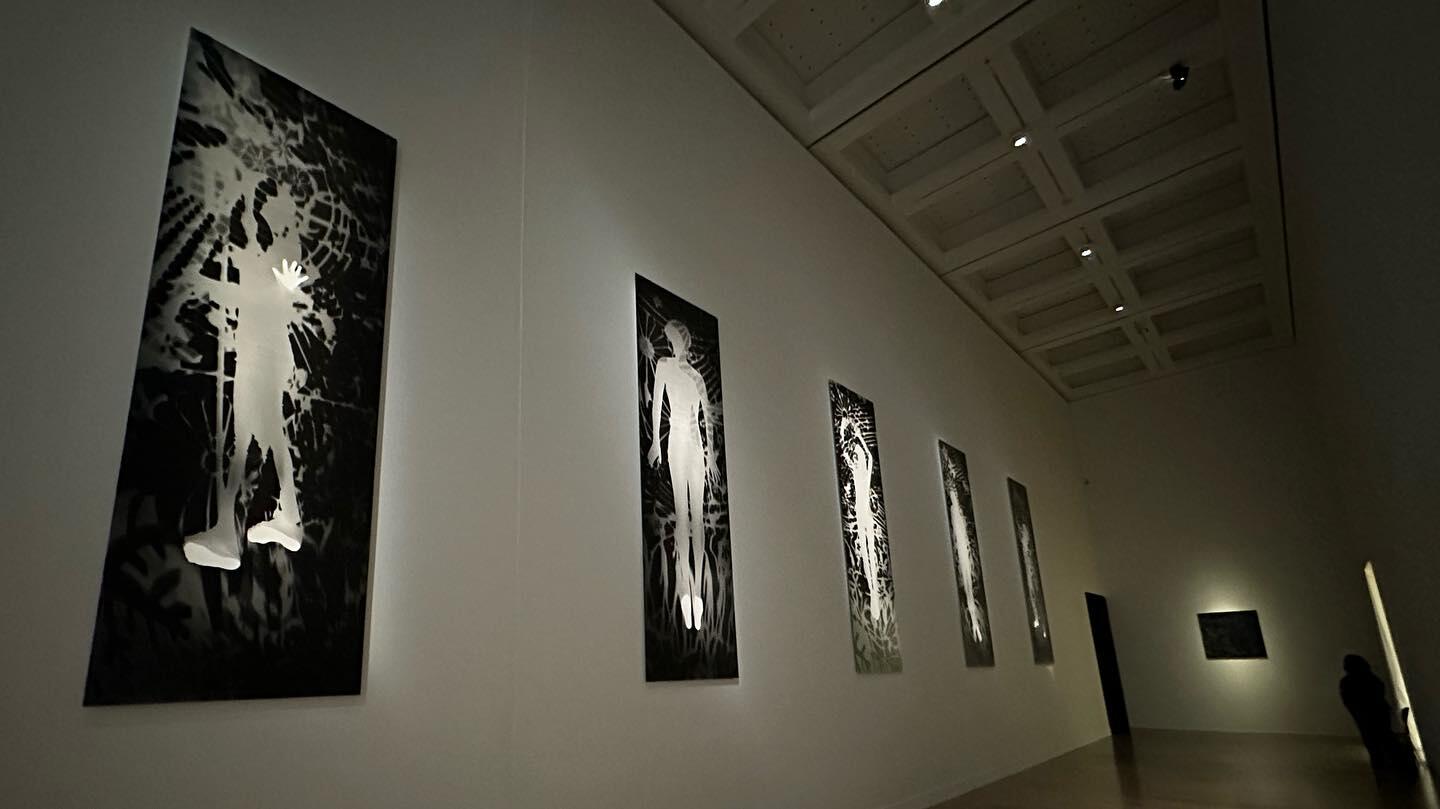
〈Gravity and Grace ̶ moment 2023〉
Installation view of the solo exhibition "Interface of Being" at the National Art Center, Tokyo
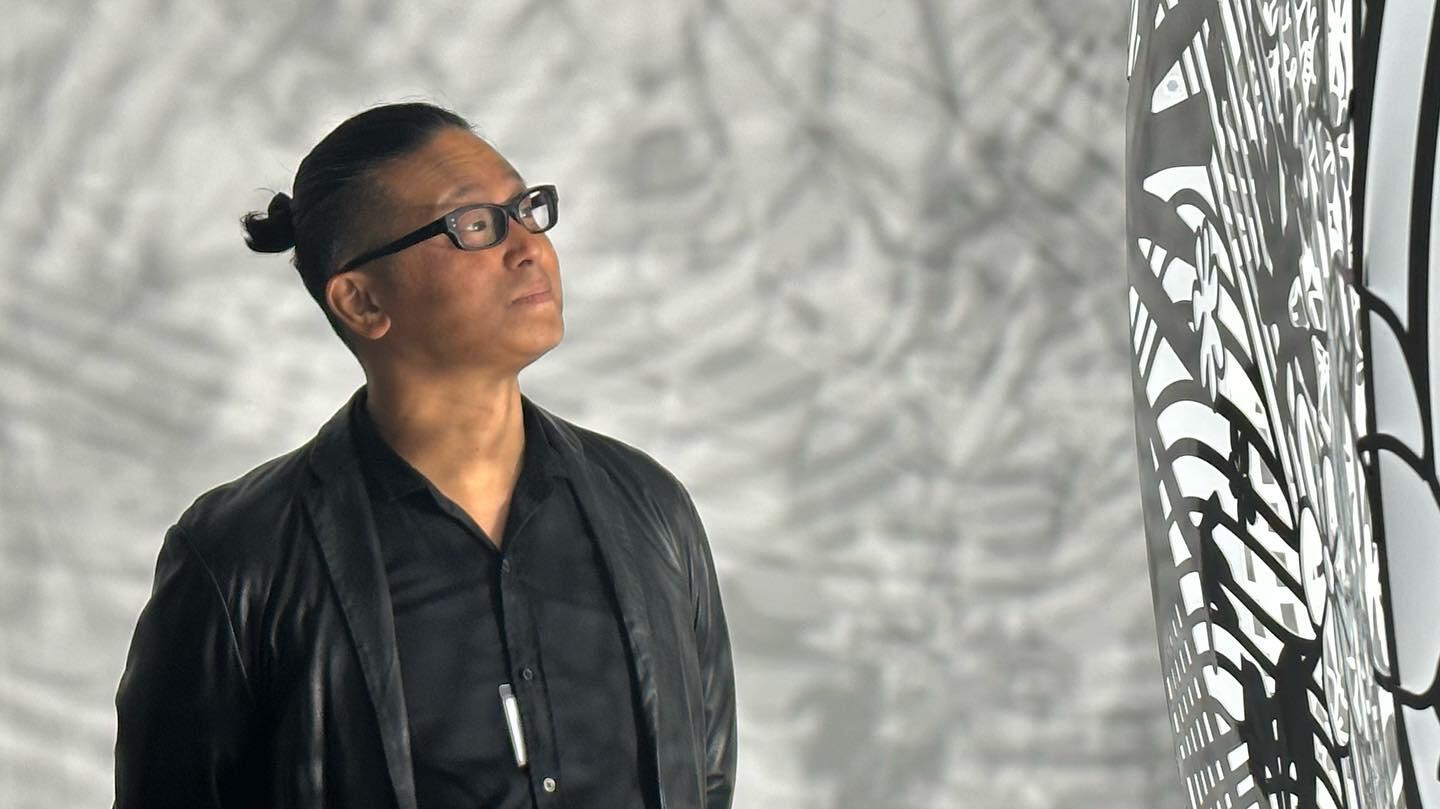
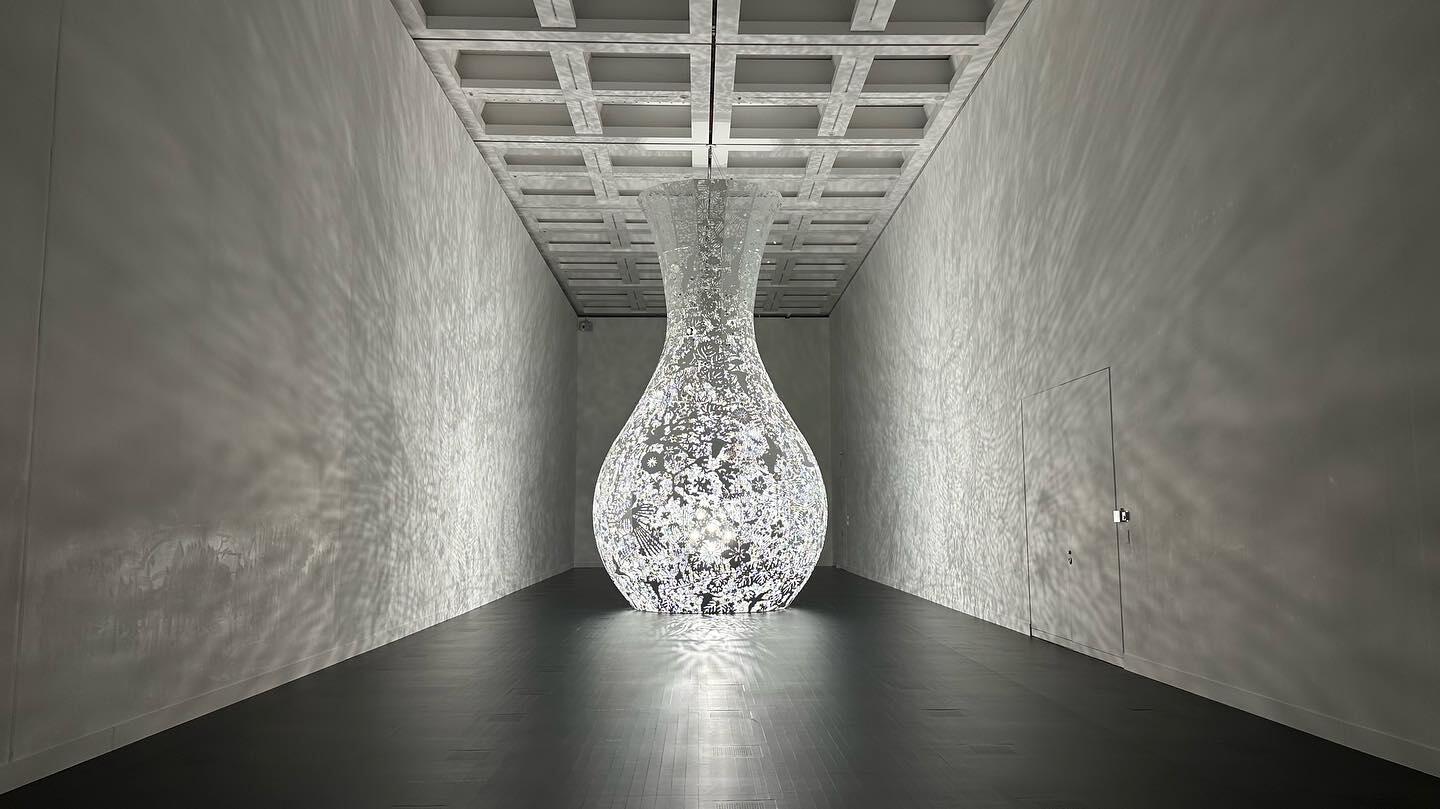
《Gravity and Grace》2023 / Stainless steel and LED lights / 700×φ400 cm / Space: 50×8×8 m / Poem: Ryoko Sekiguchi
Installation view of the solo exhibition "Interface of Being" at the National Art Center, Tokyo
Artists
Related News

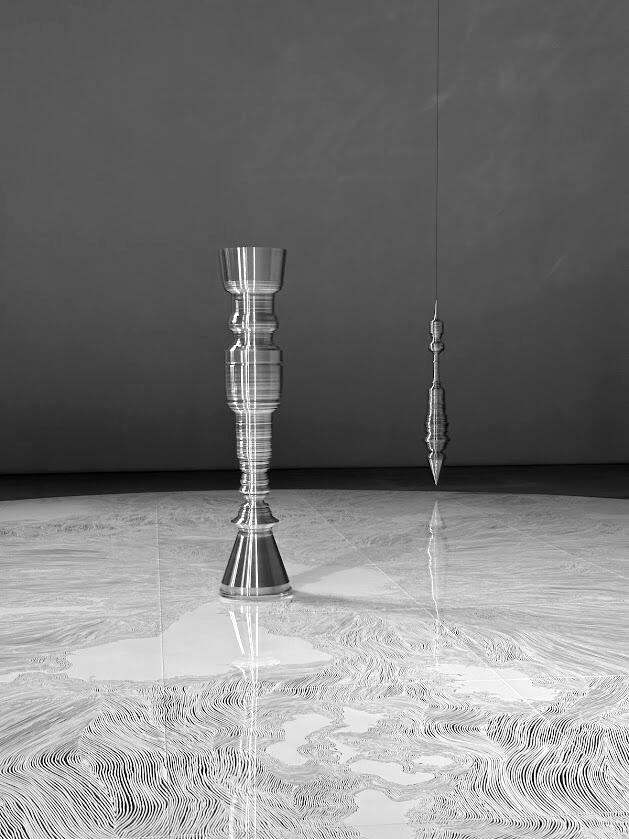
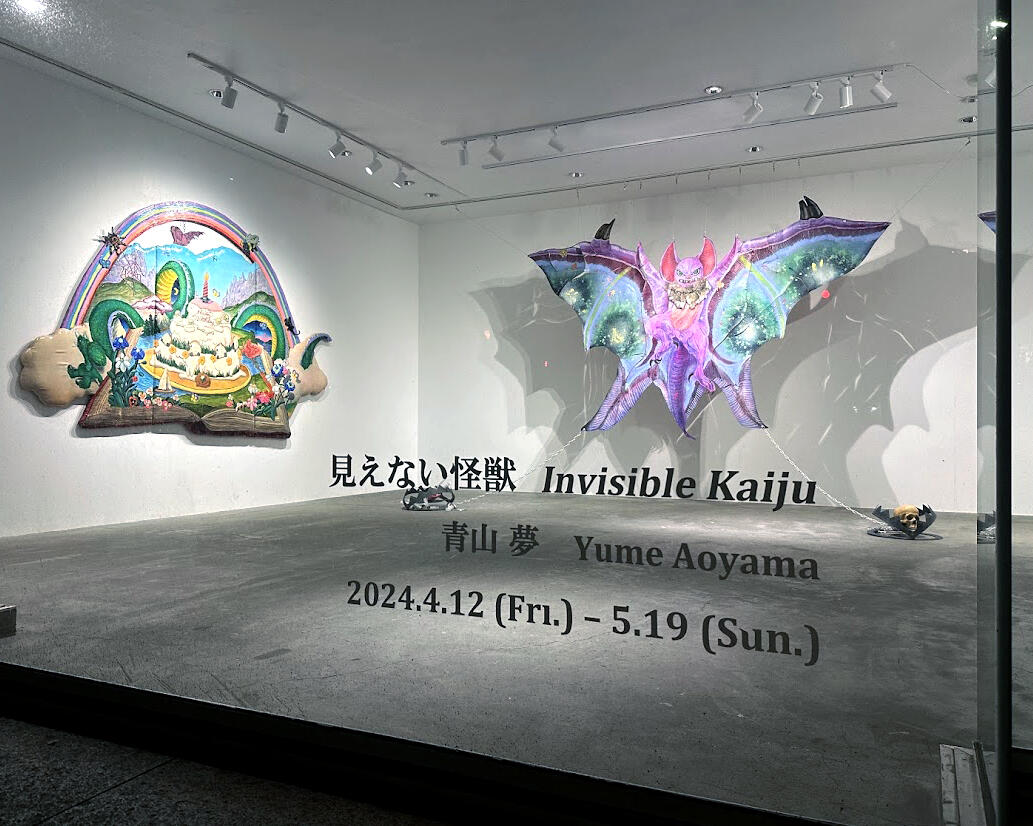
![[Contributed Article] Regarding Shinji Ohmaki's Photogram Works (by Chihiro Minato)](https://artfrontgallery.com/whatsnew/assets_c/2024/05/6e2a25f3cbe454b2d008ca94d72012c9a4b7dcb1-thumb-1214x810-11939.jpg)
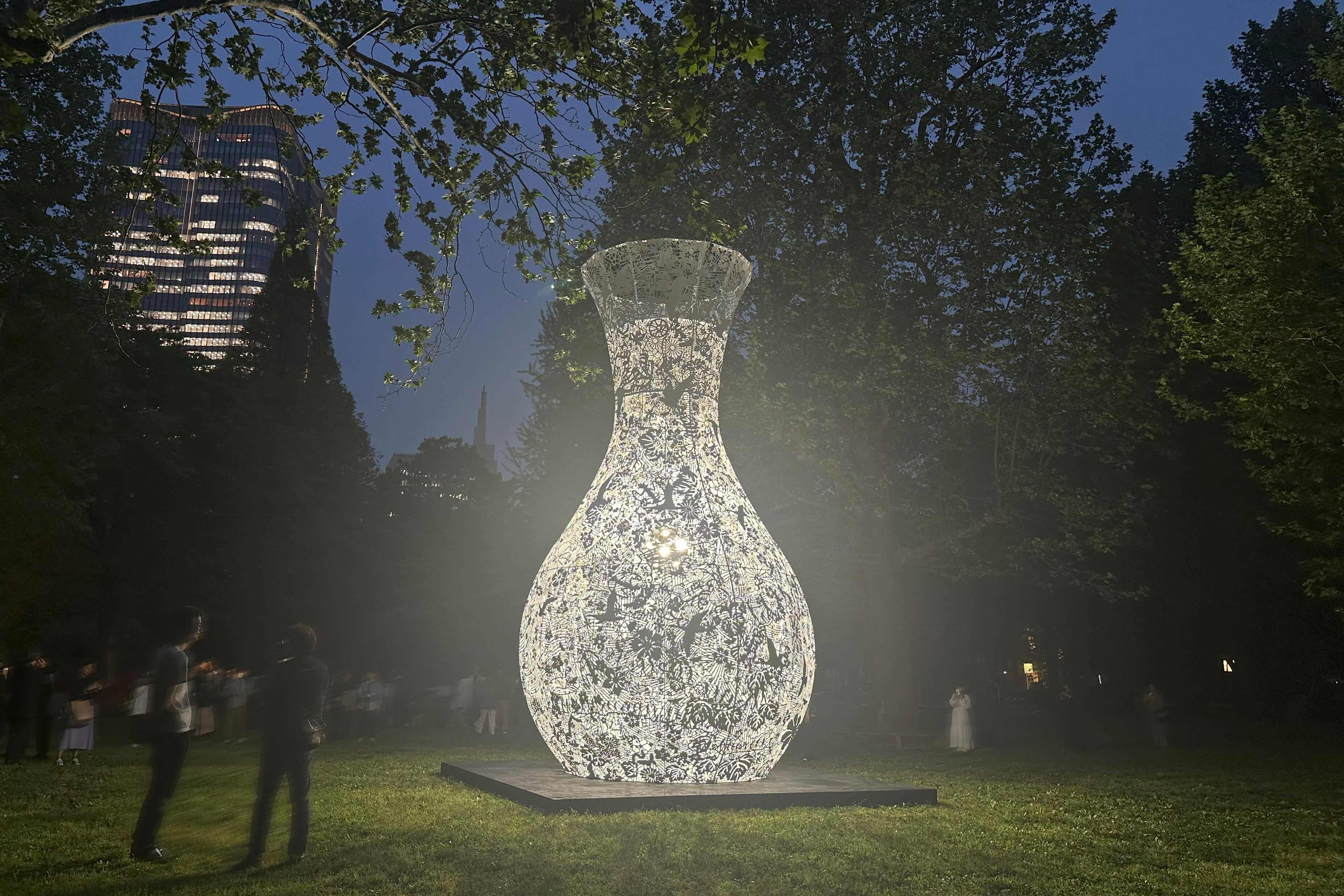
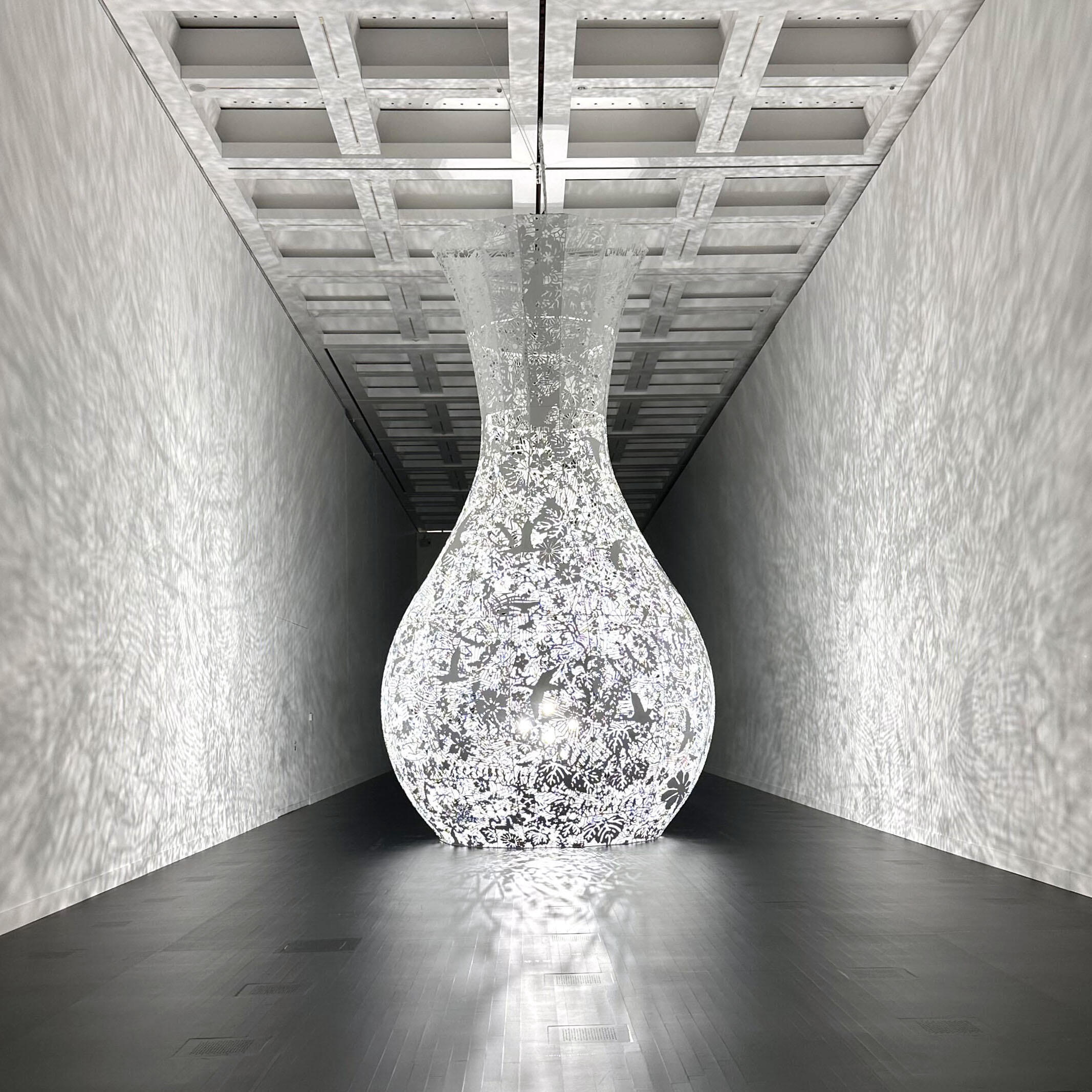
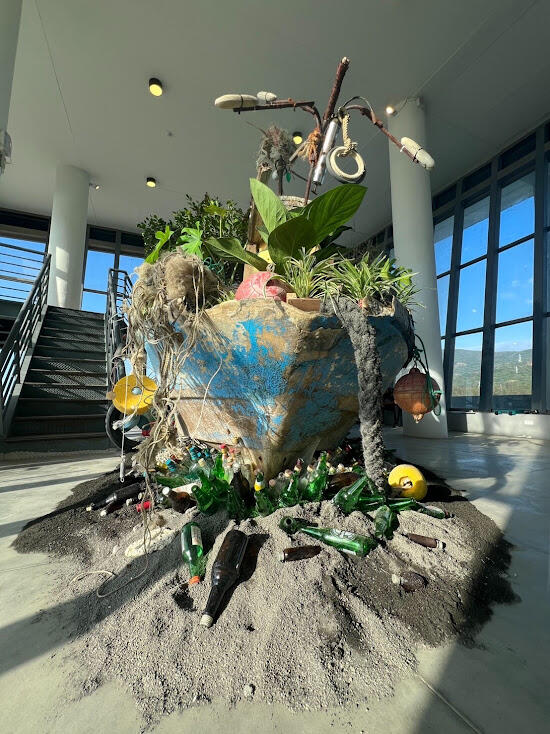
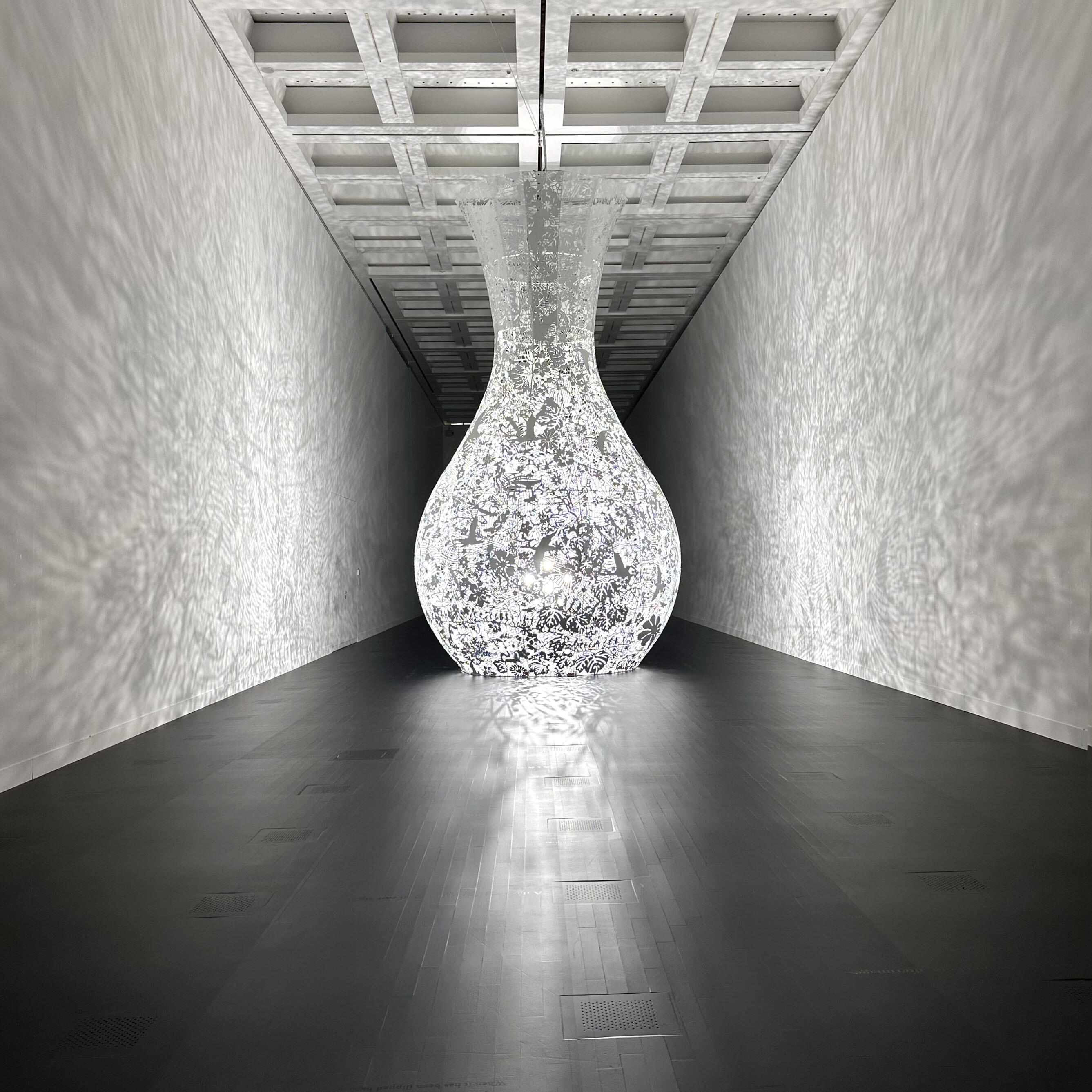
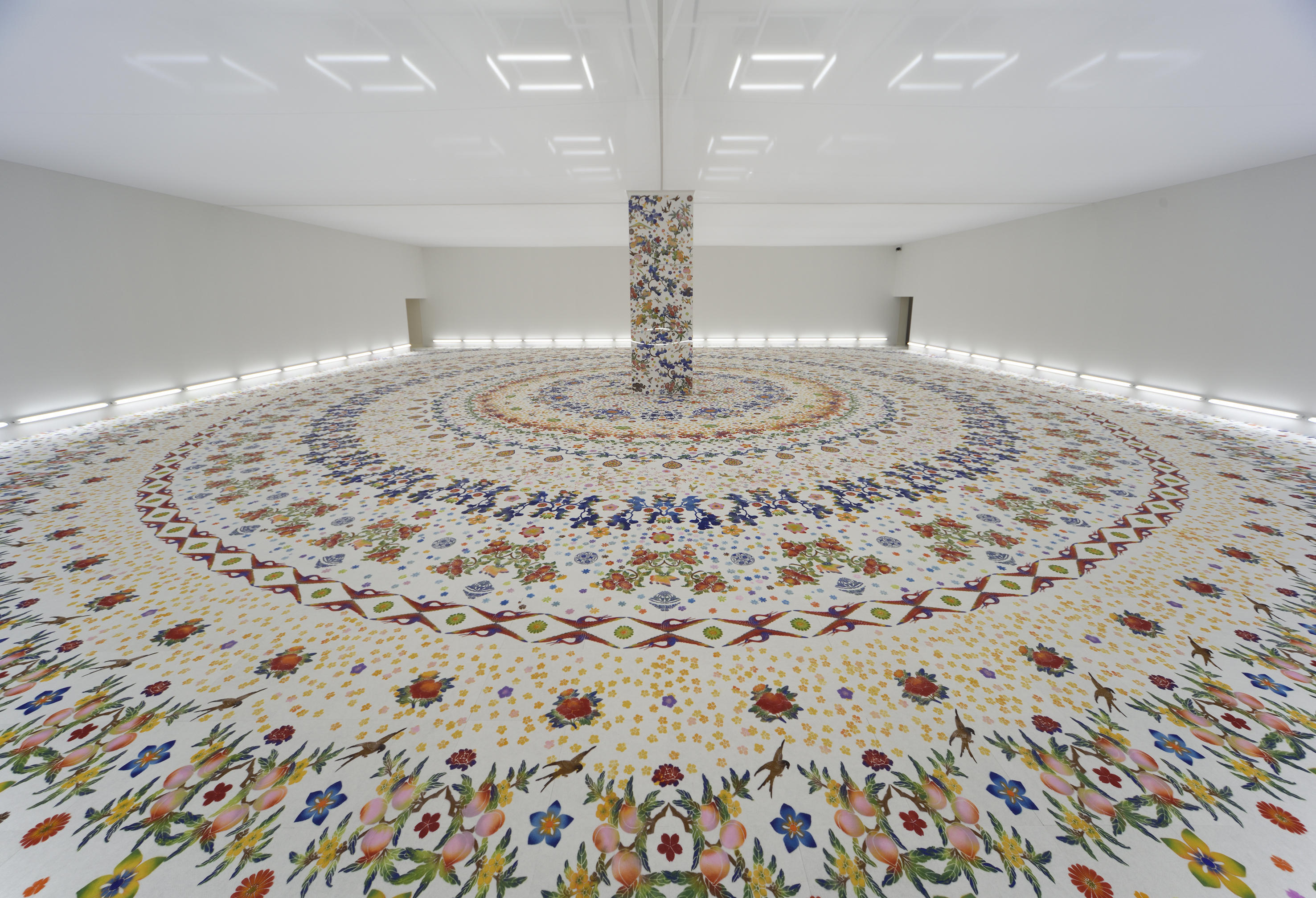
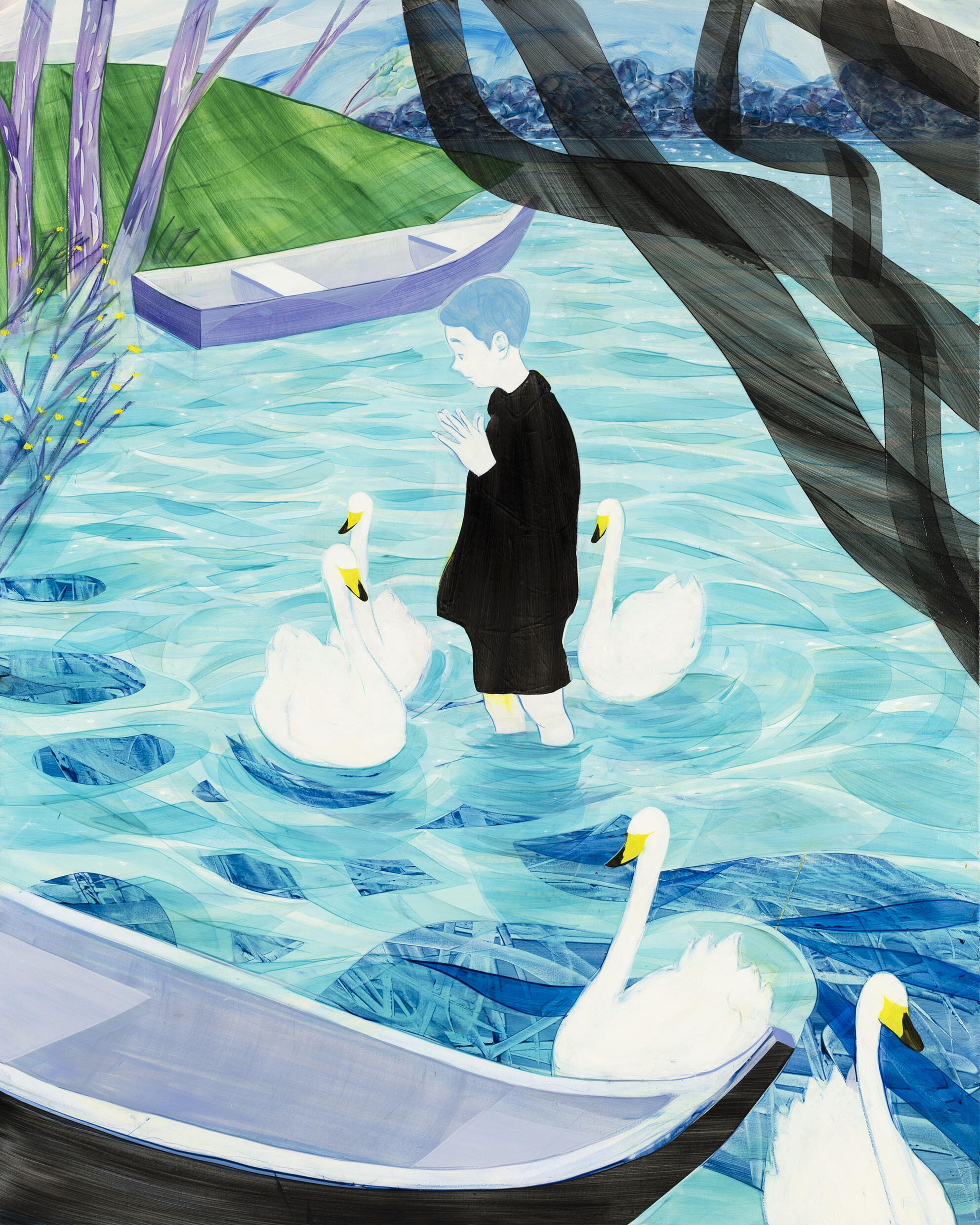
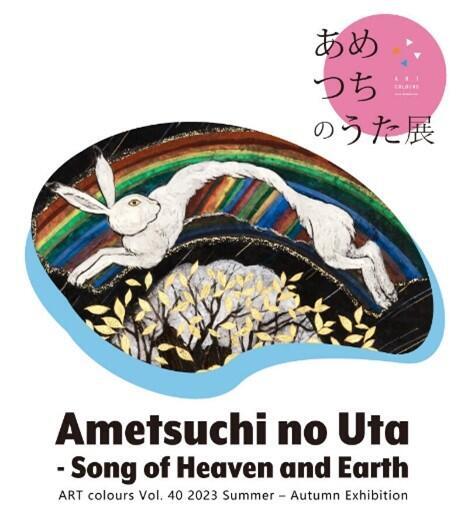
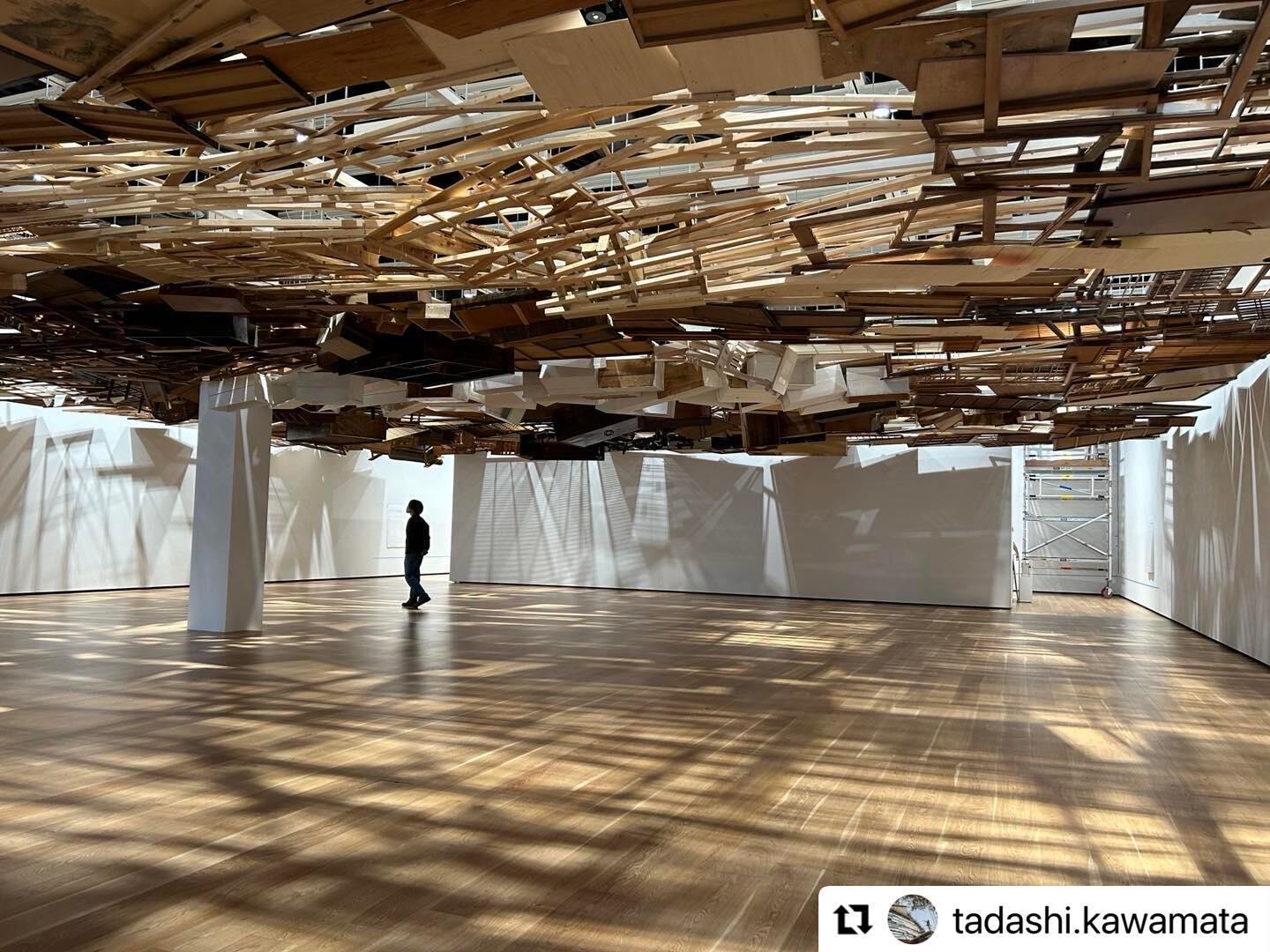
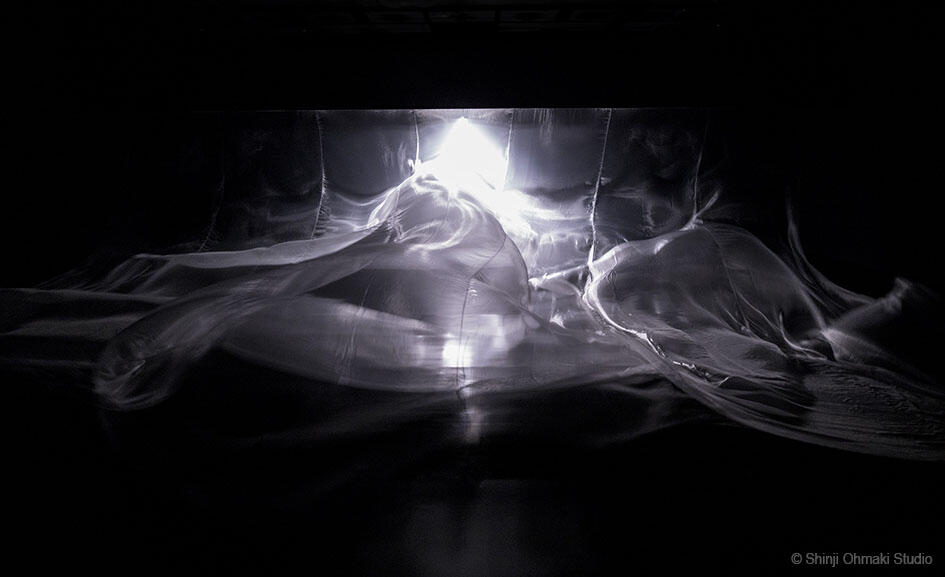
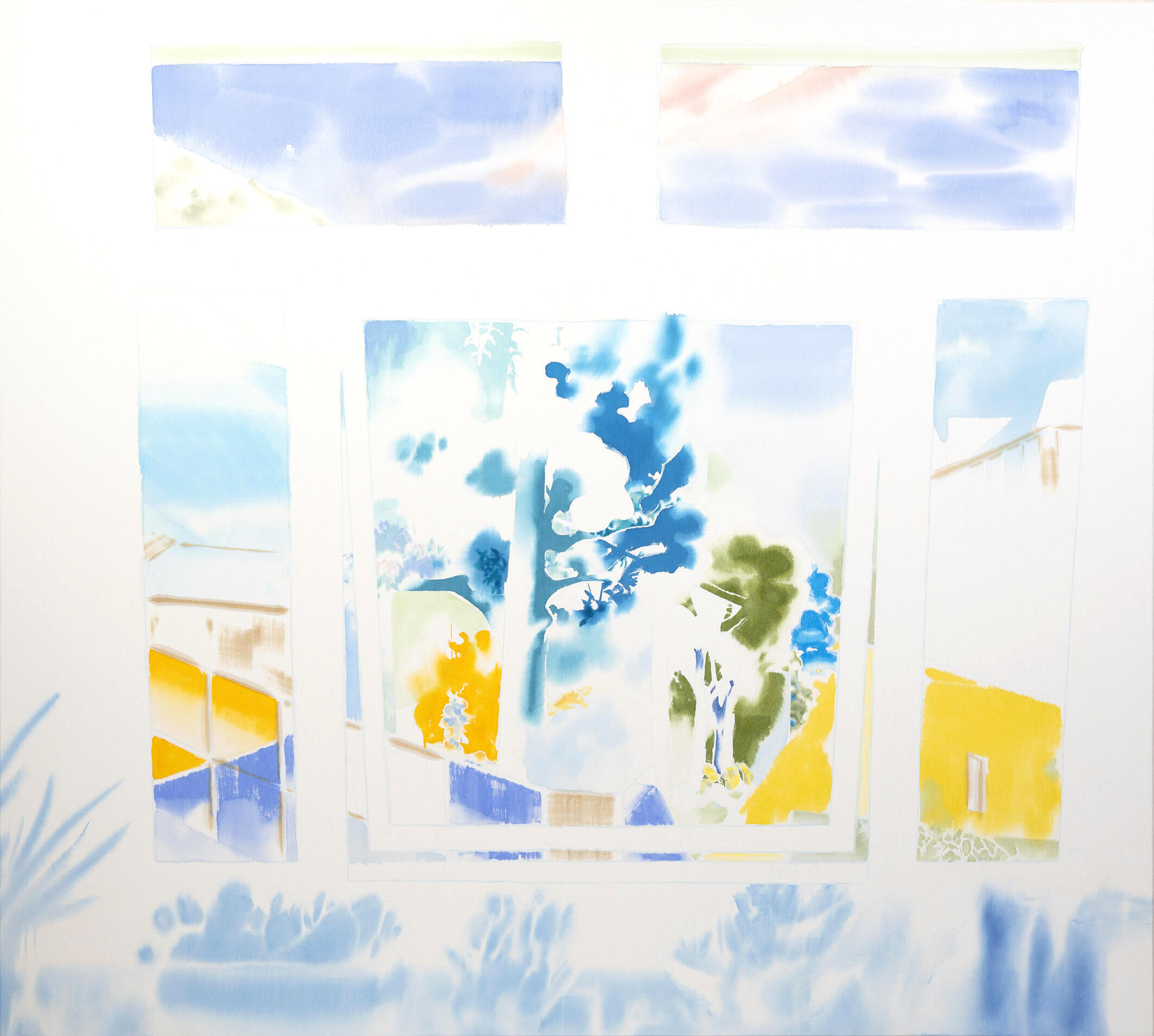
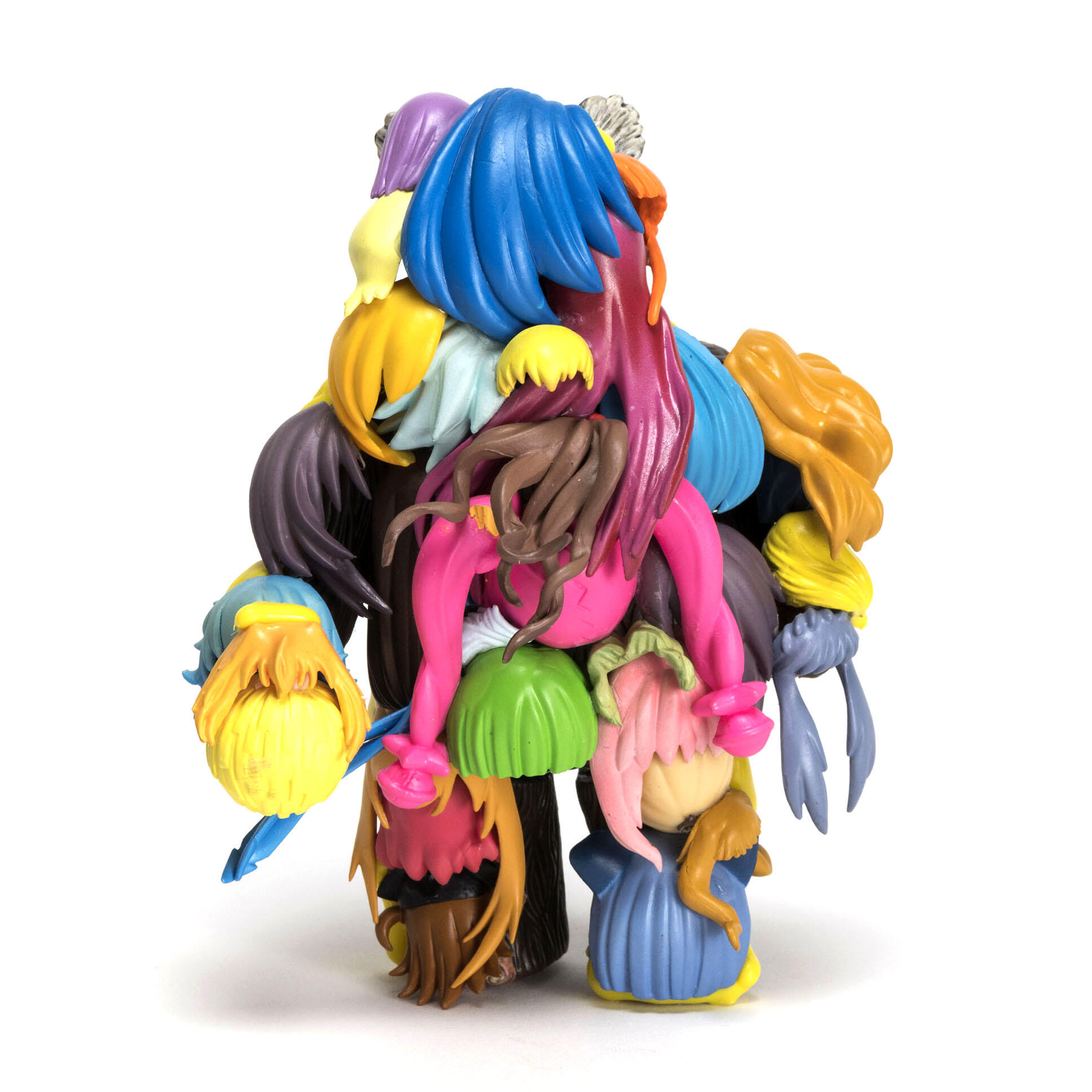
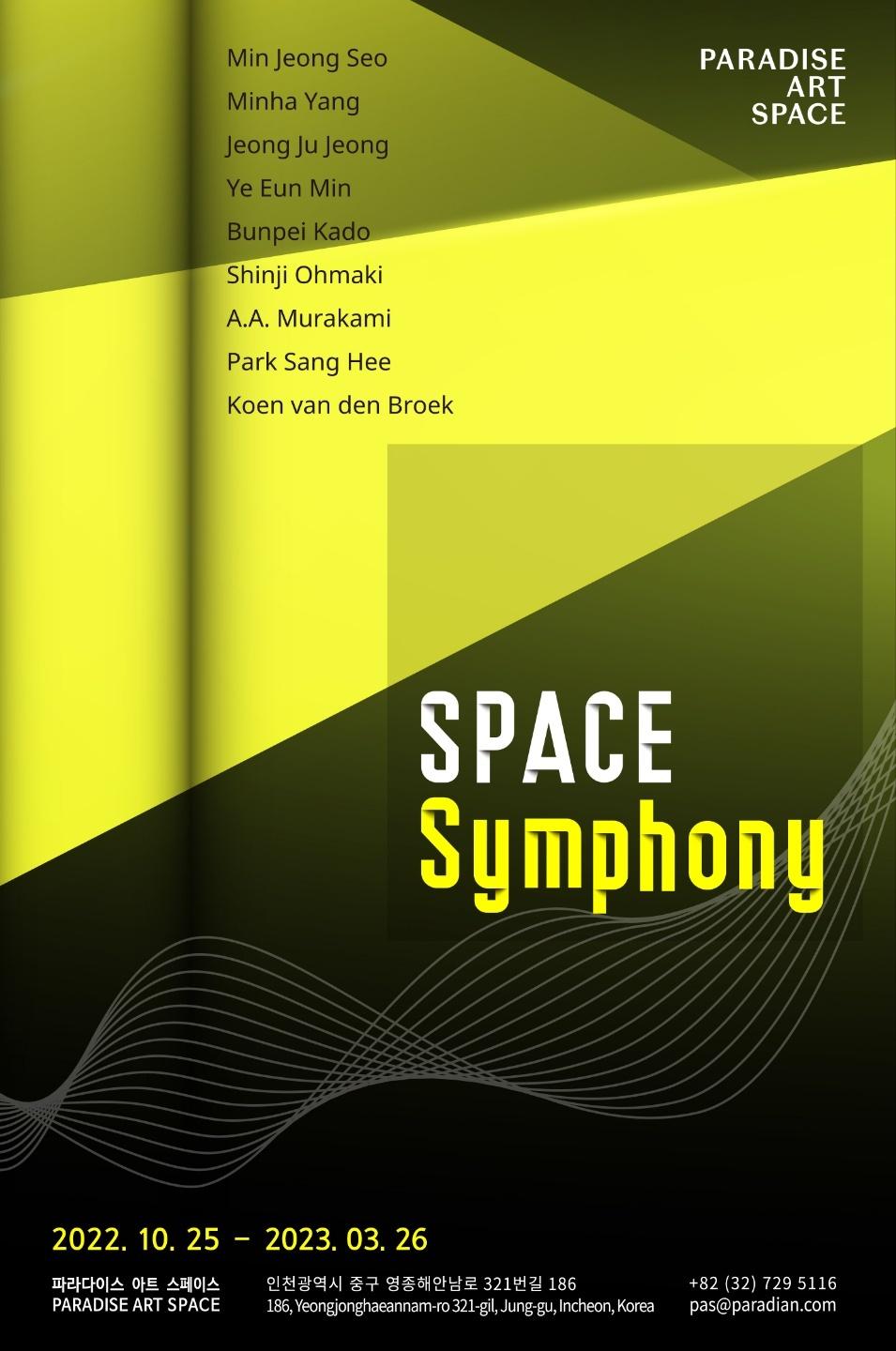
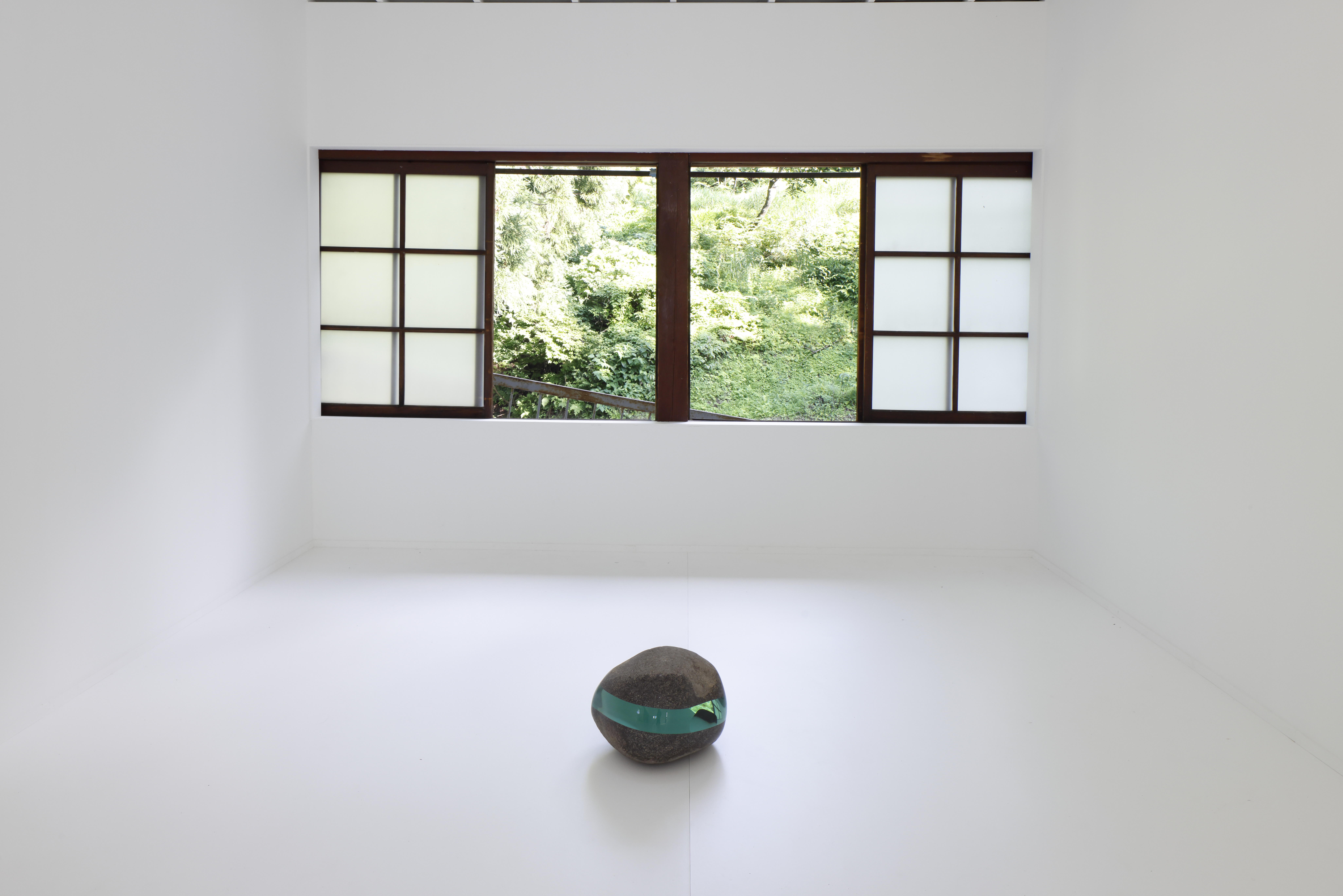
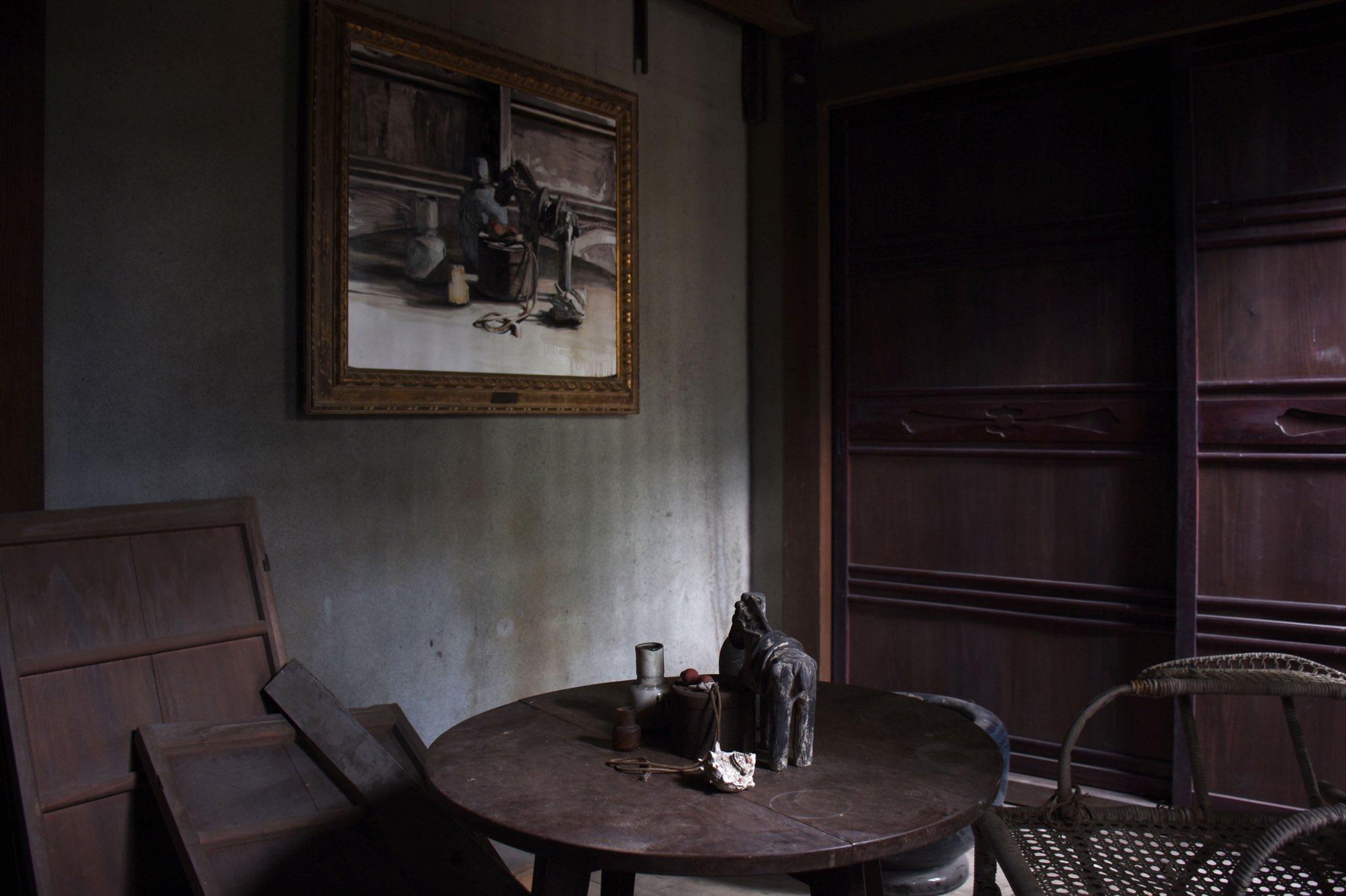
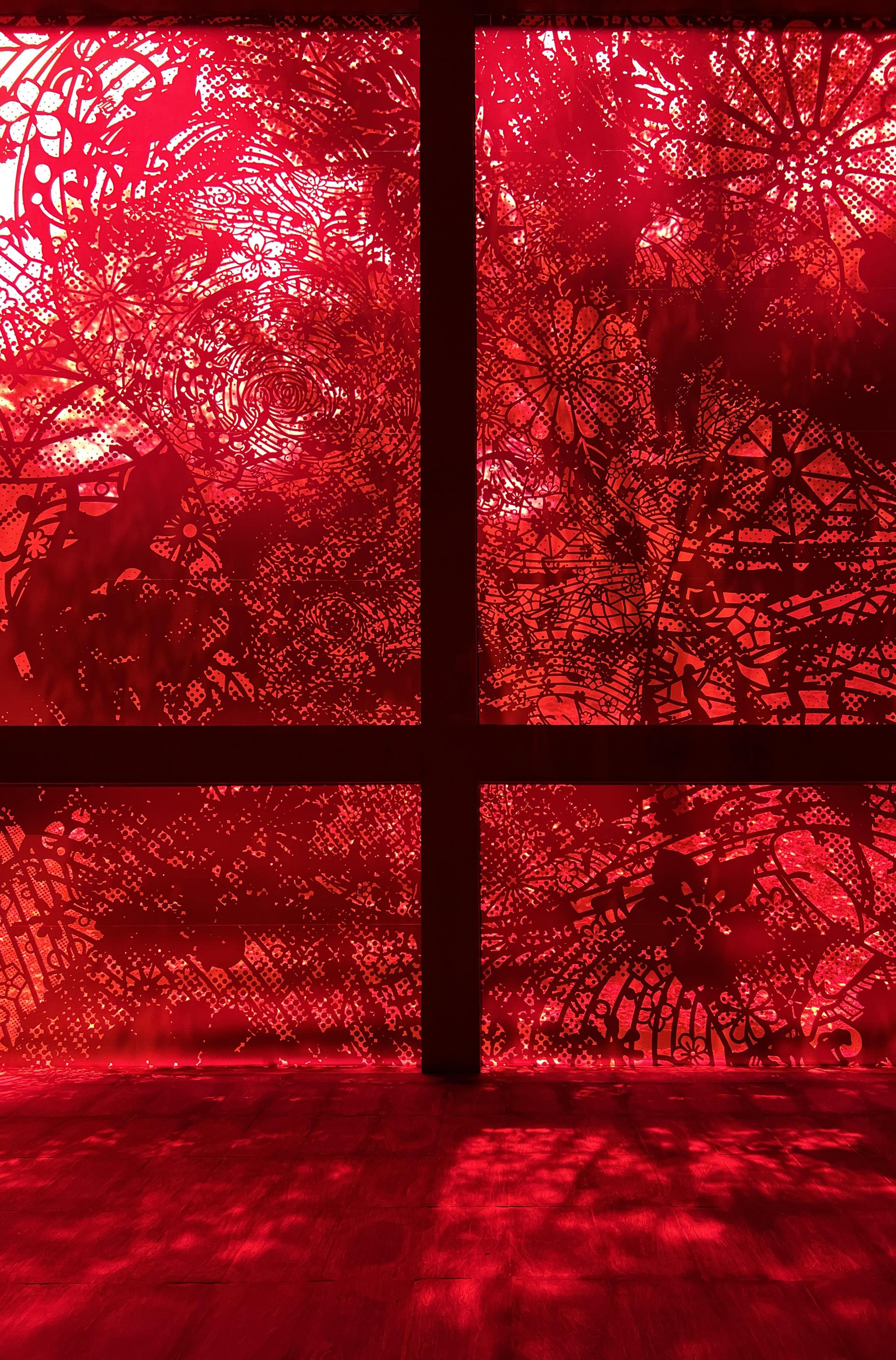
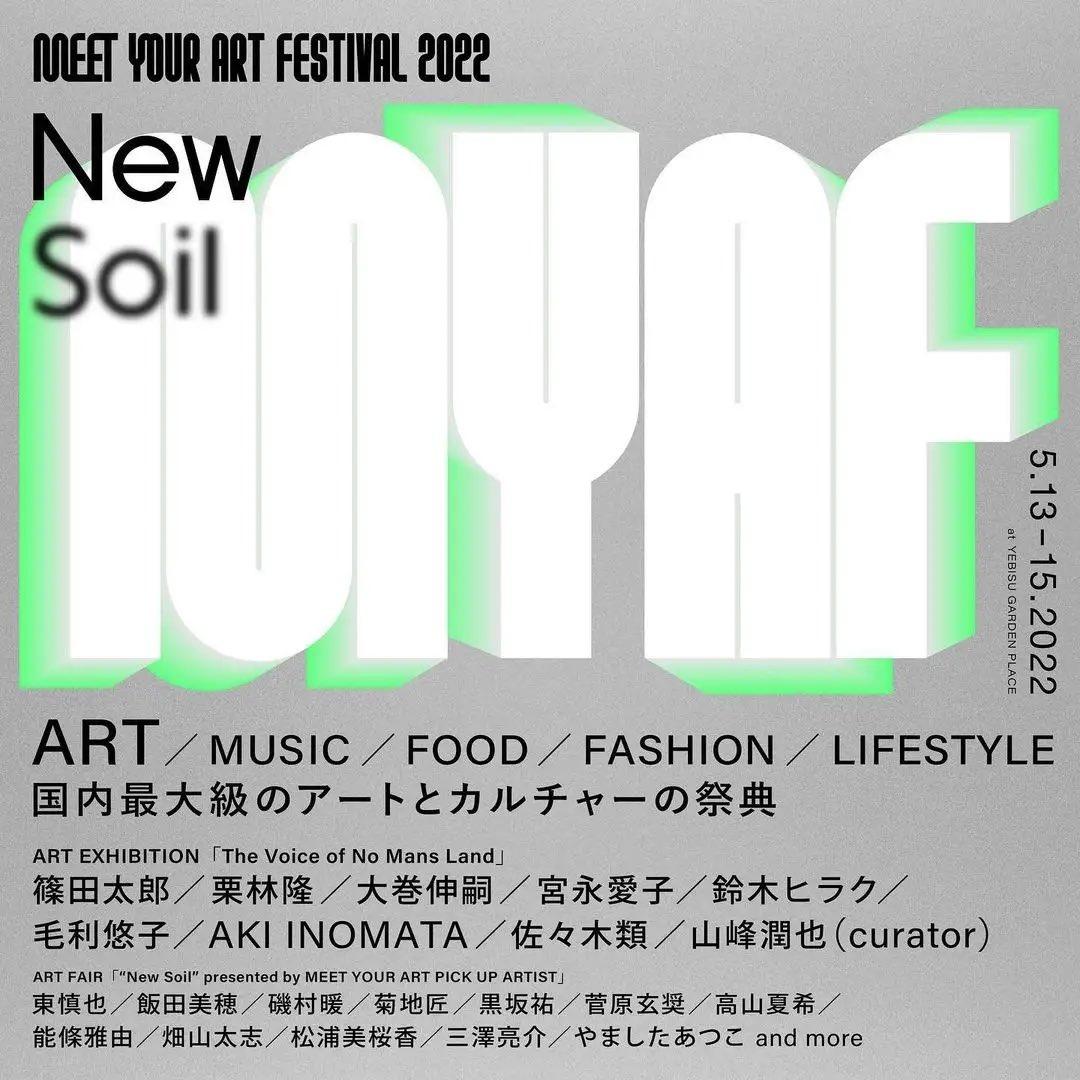
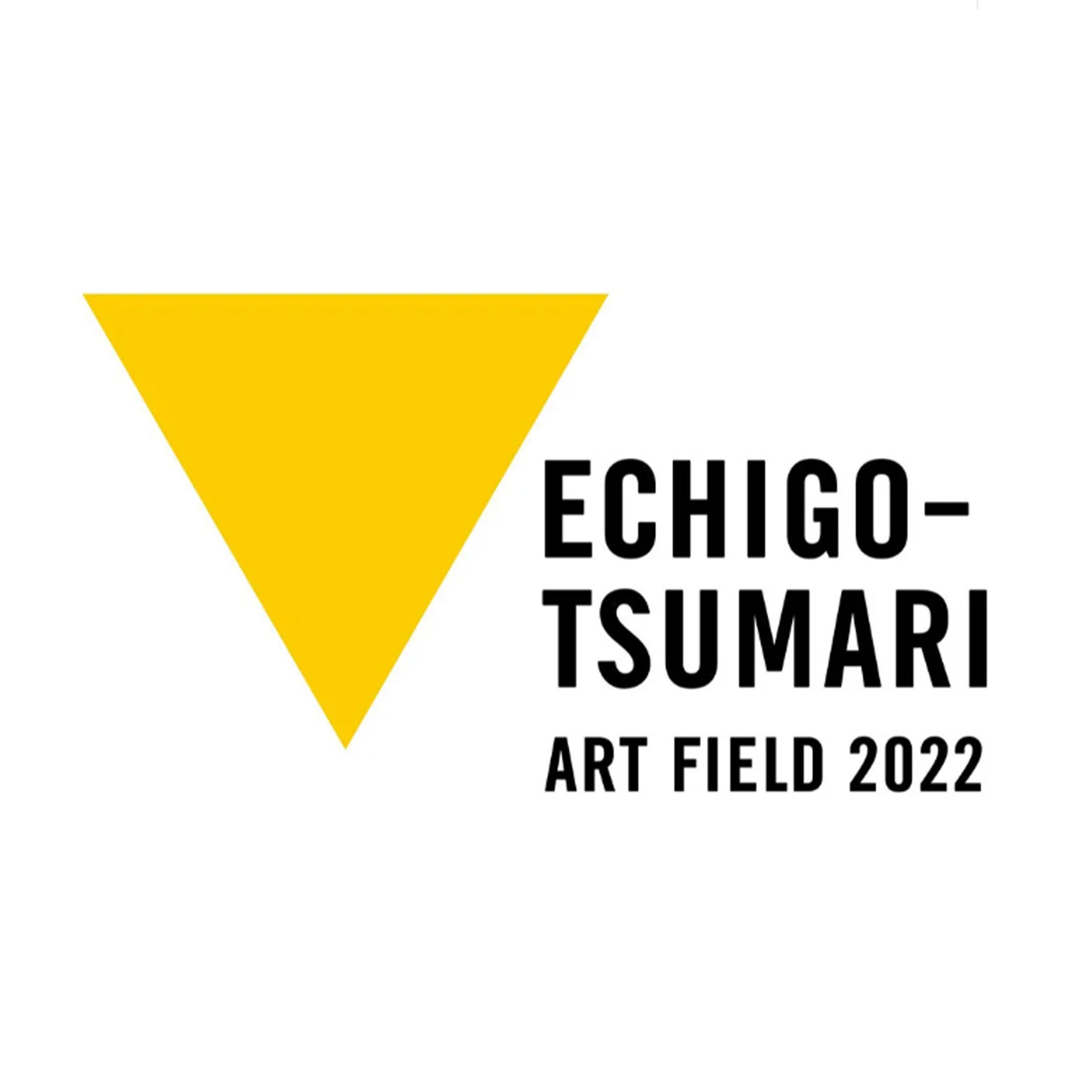
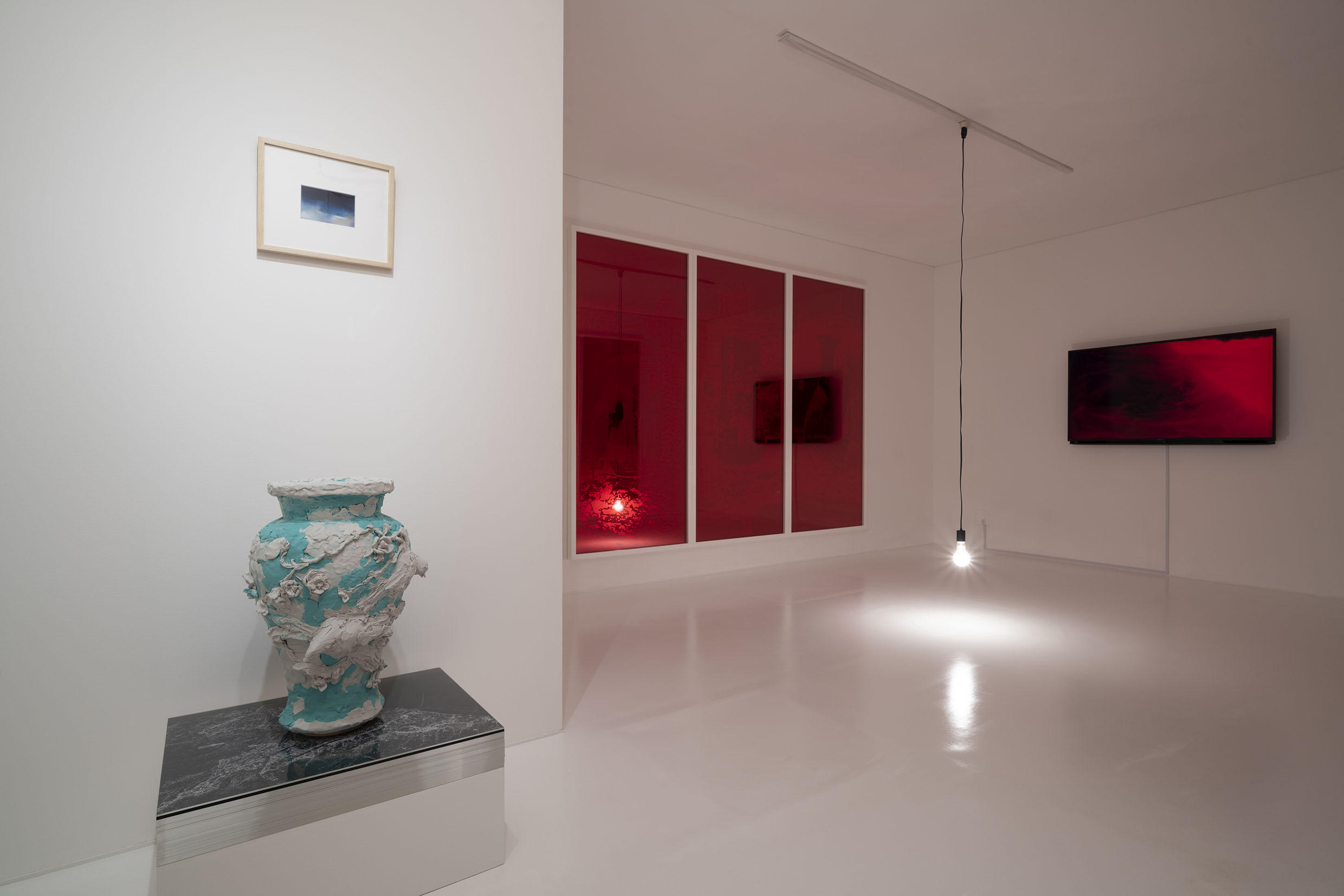
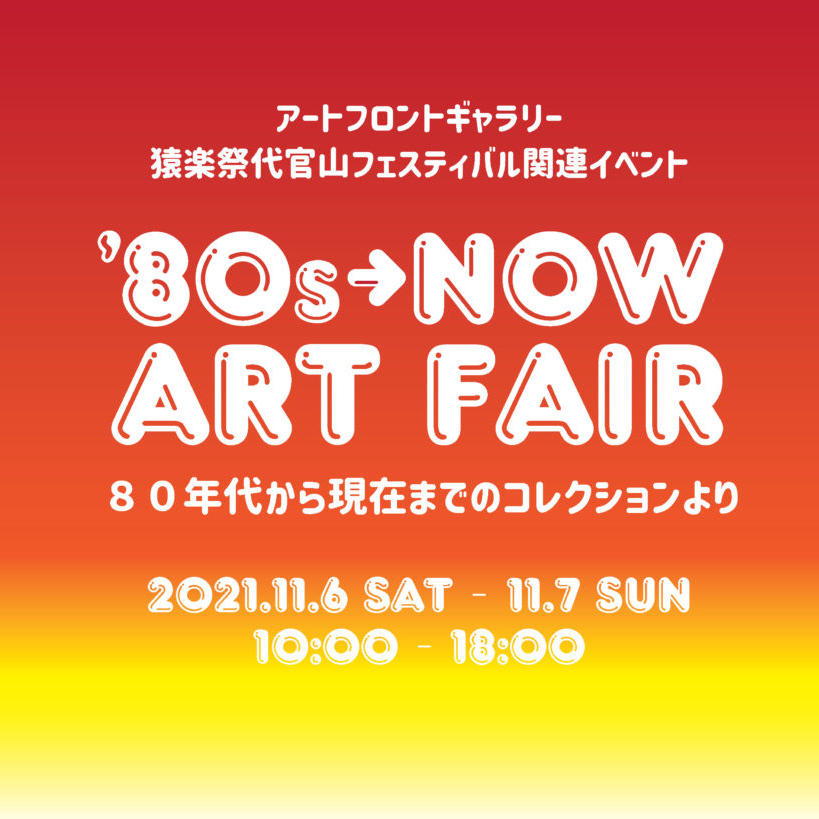
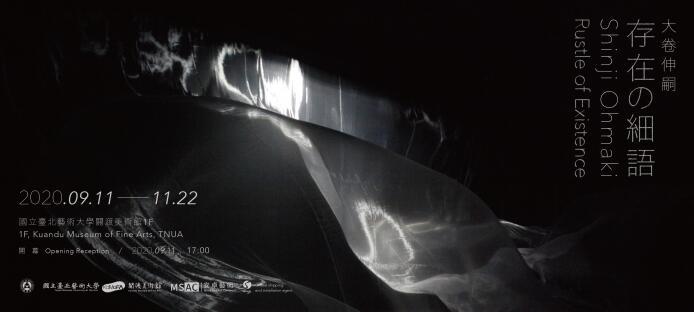
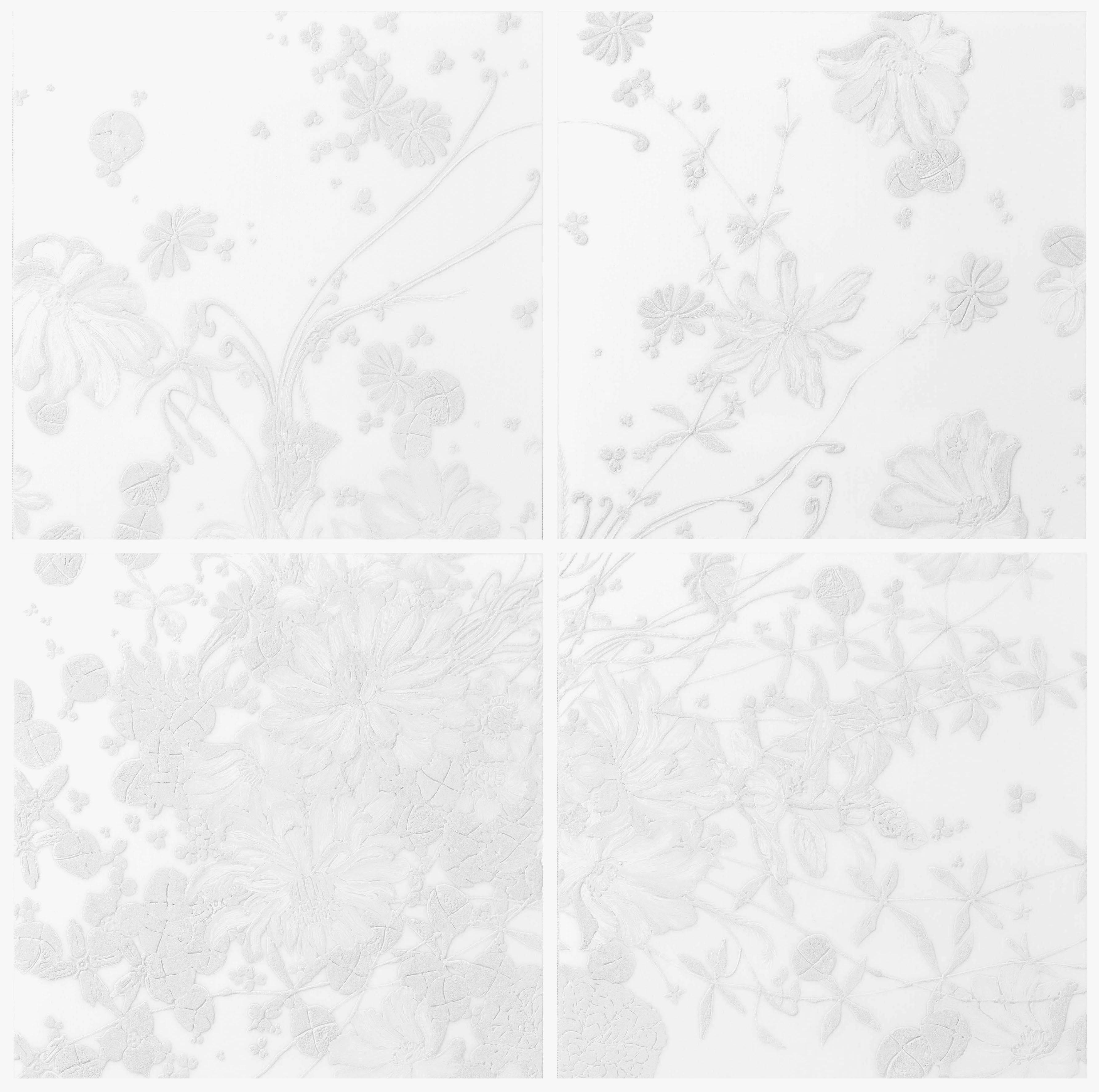

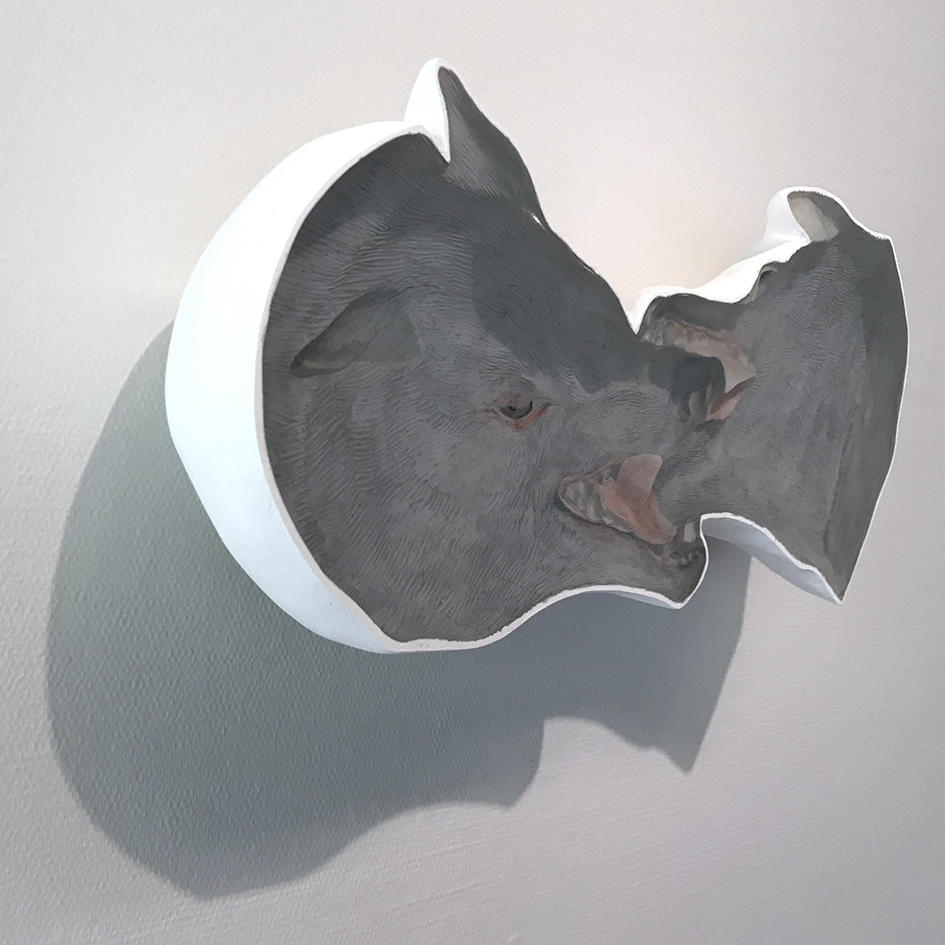
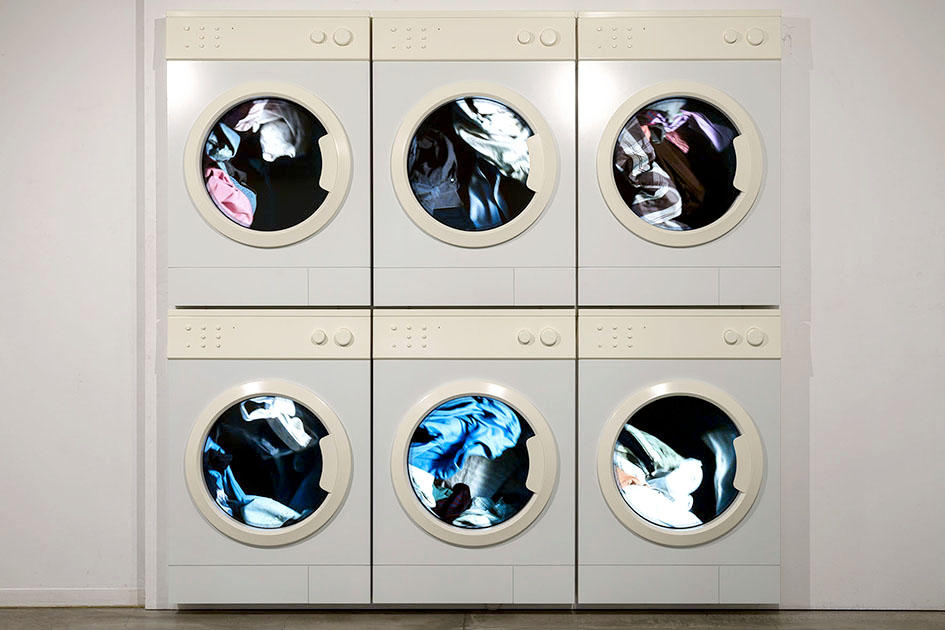
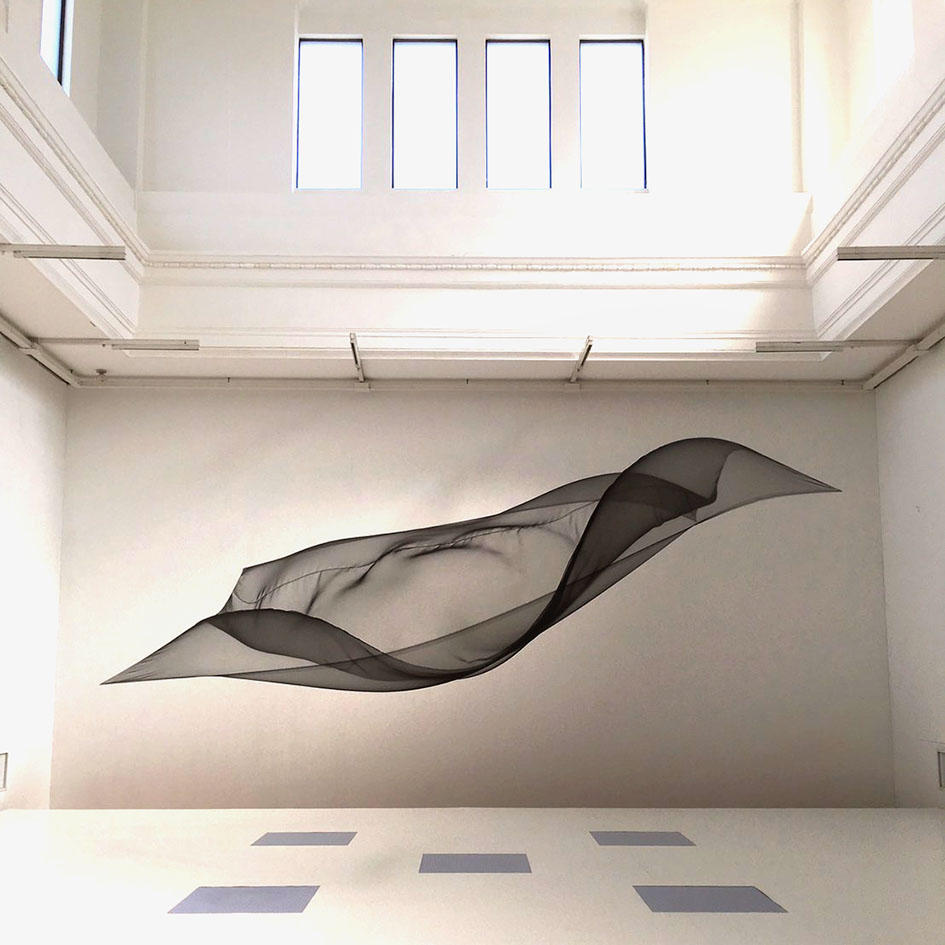
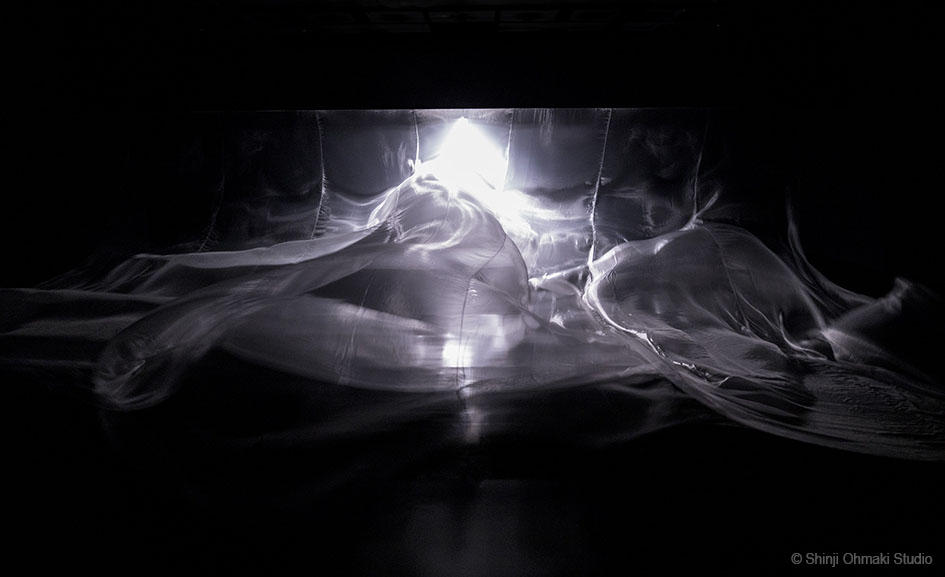
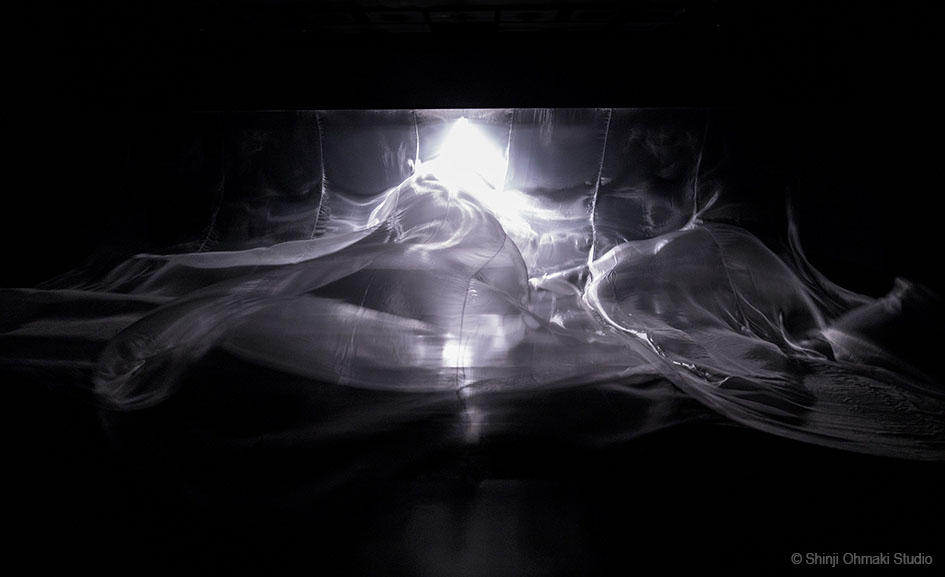
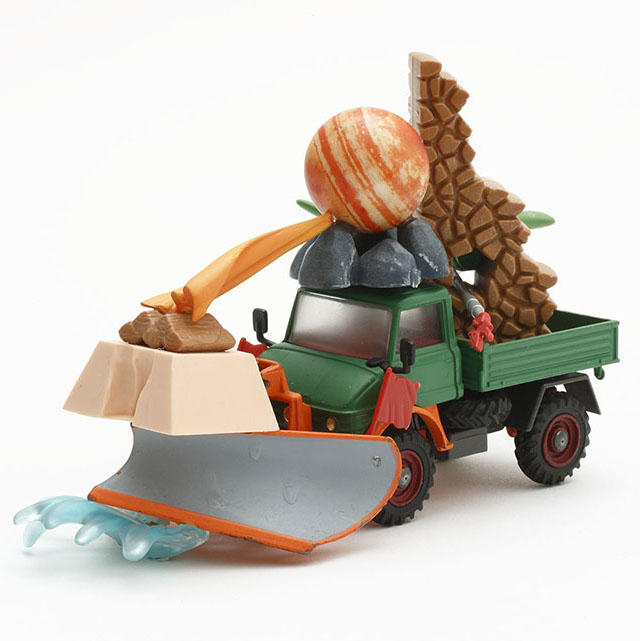
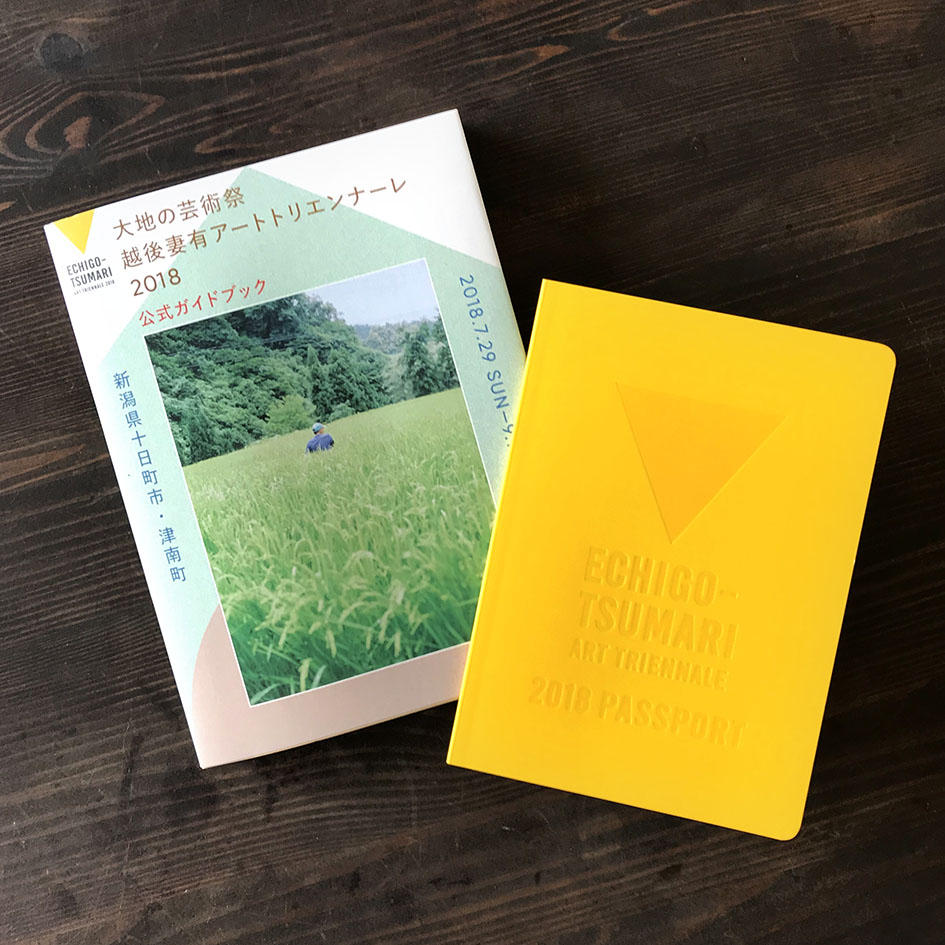
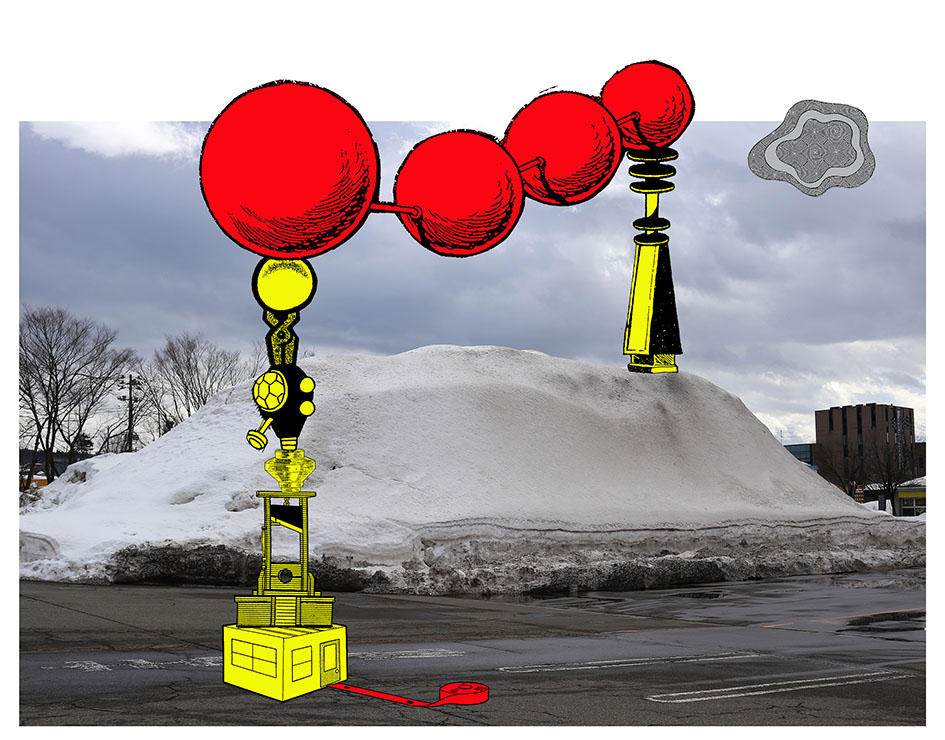
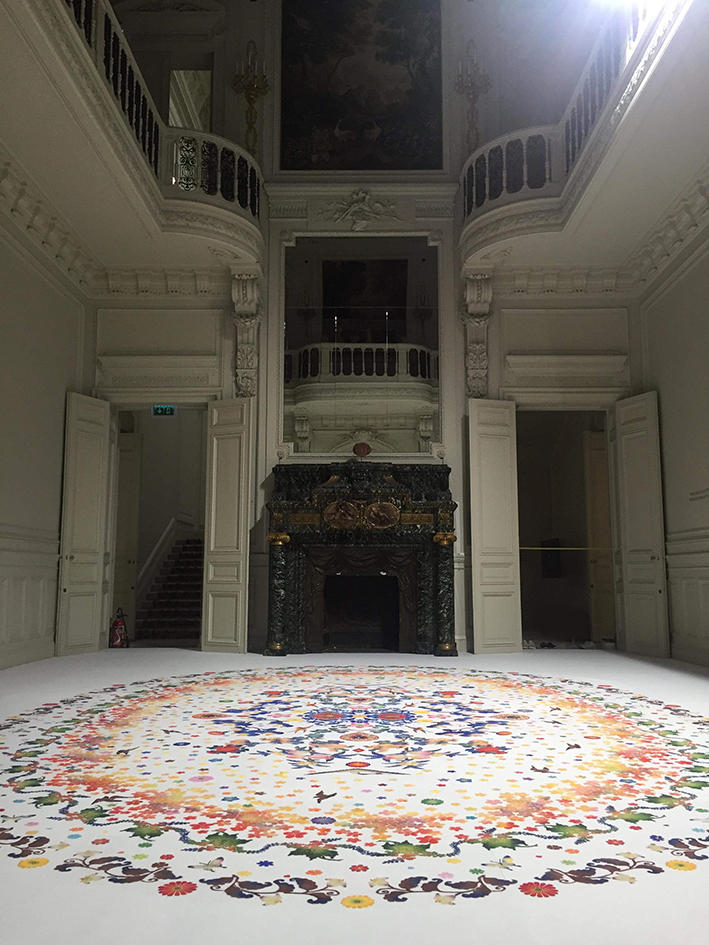
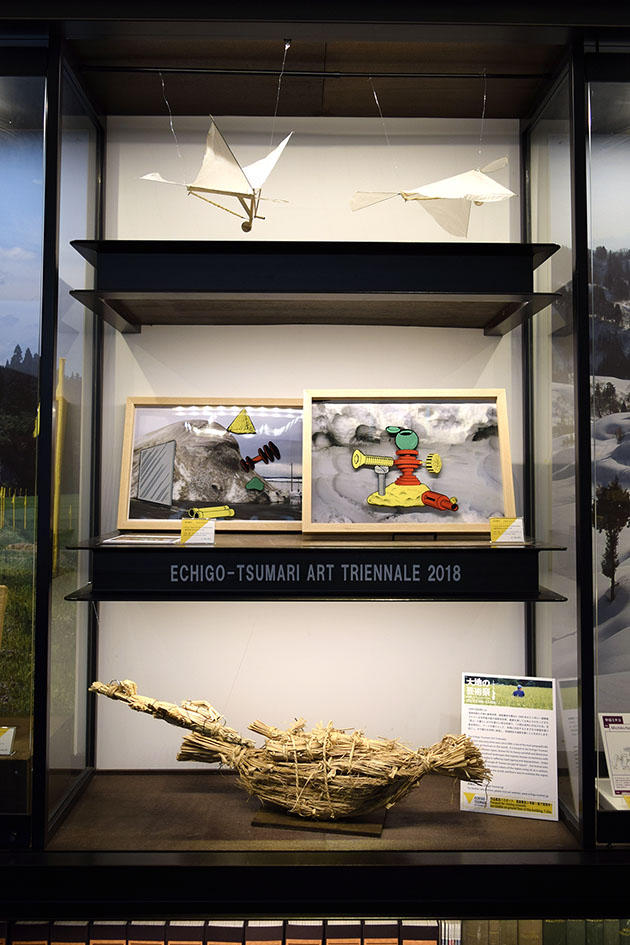
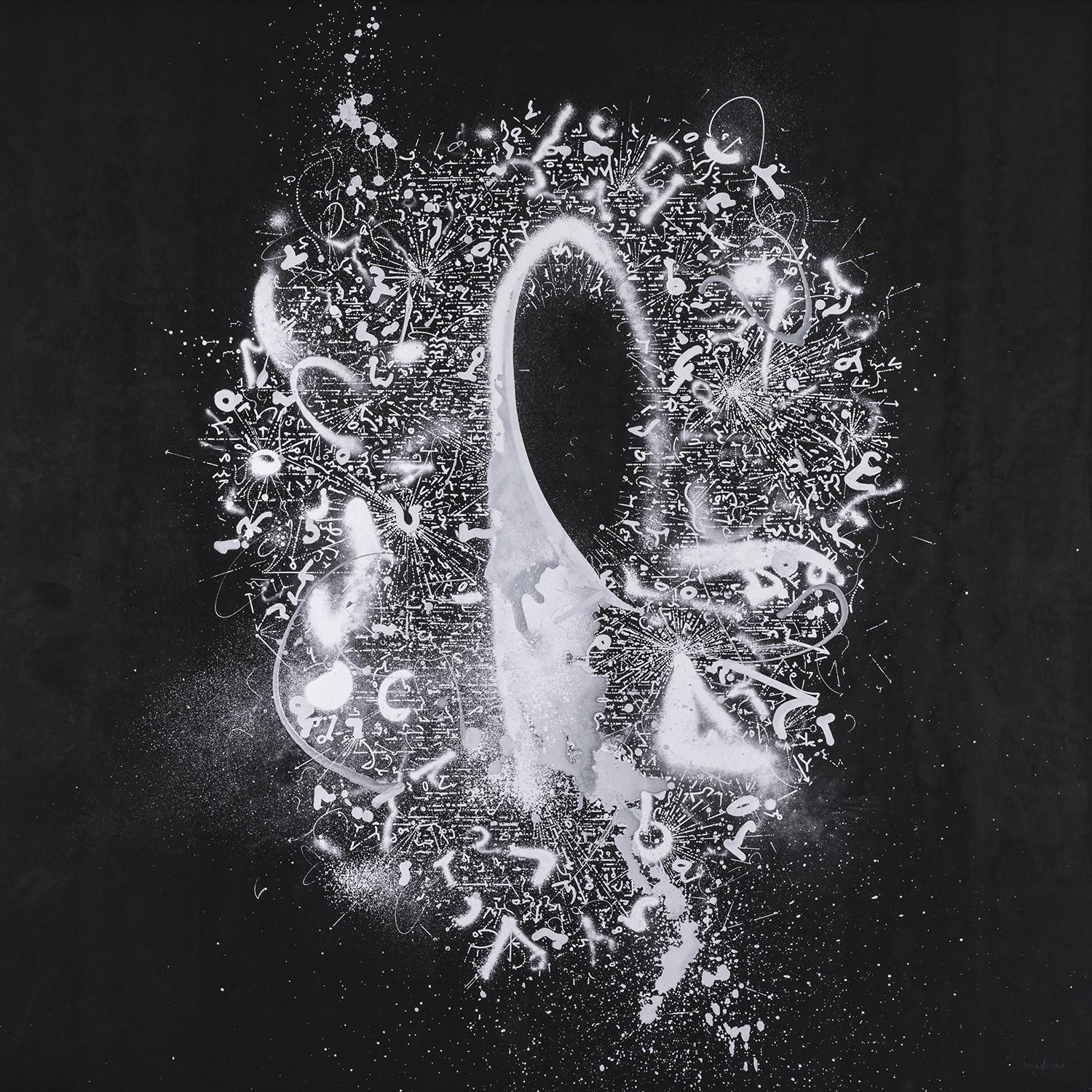
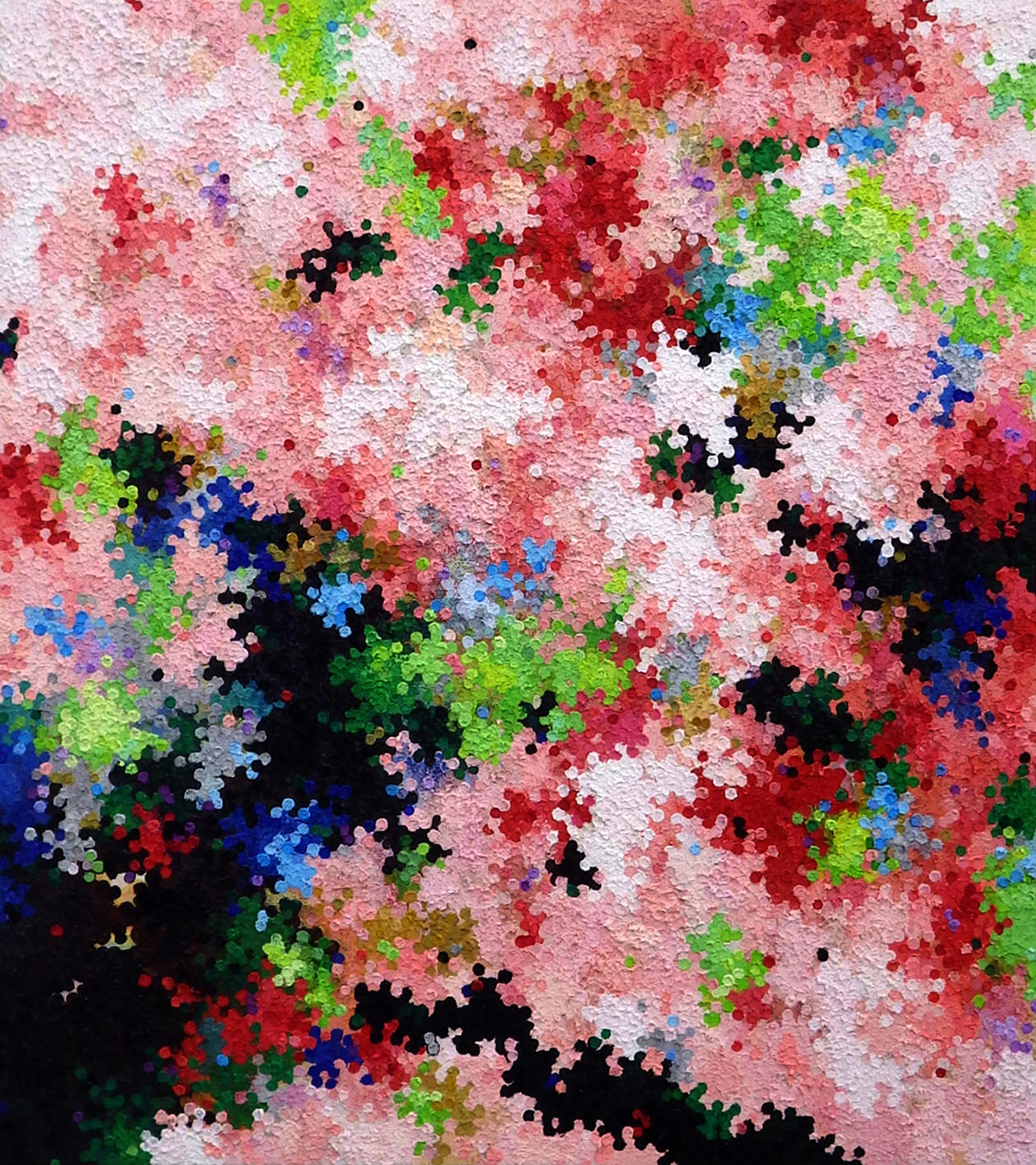
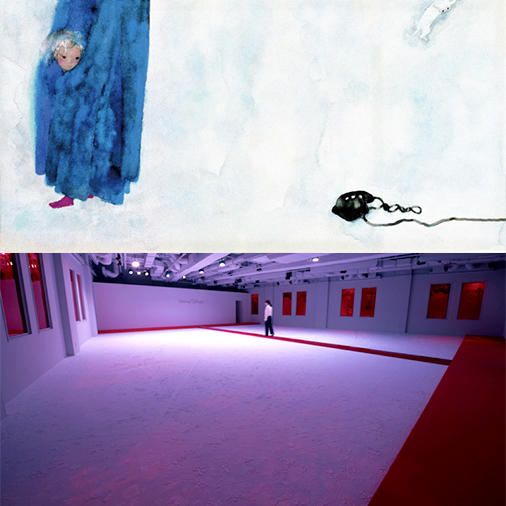
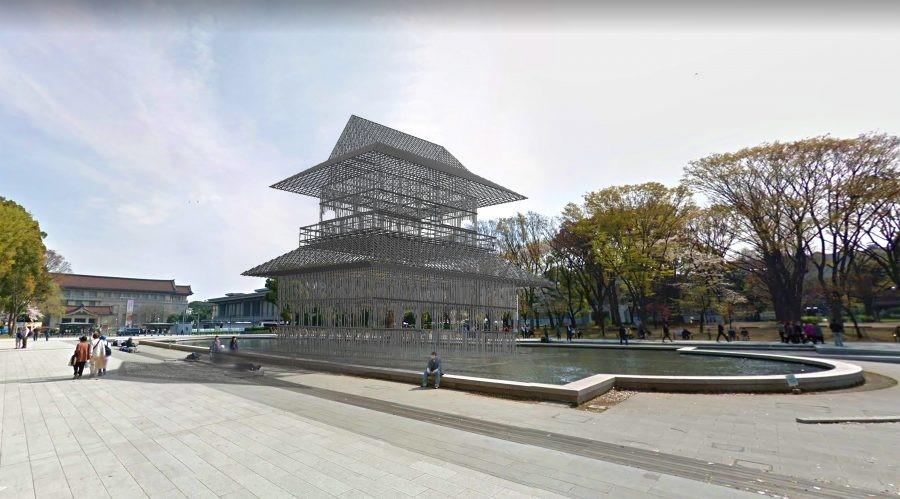
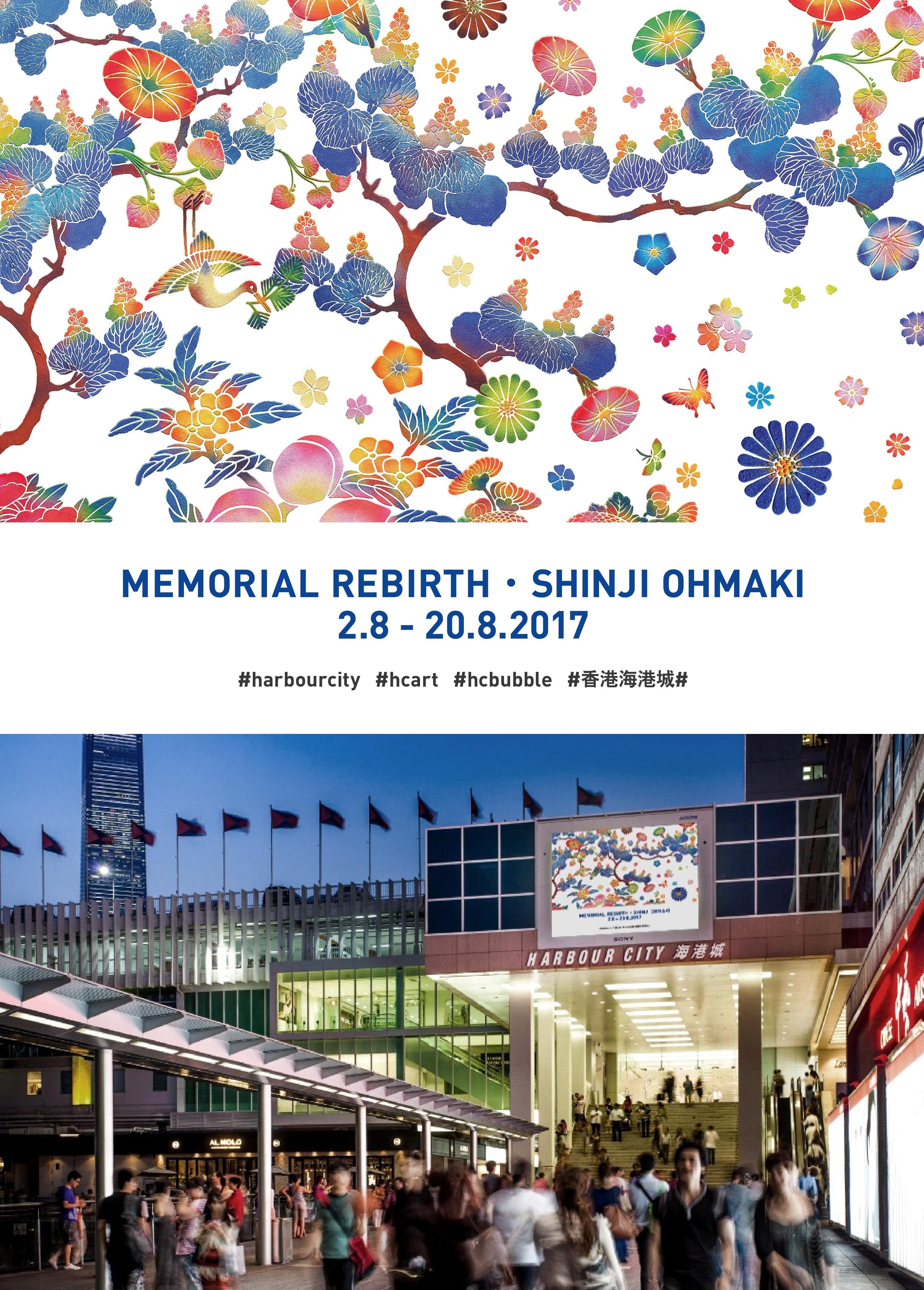
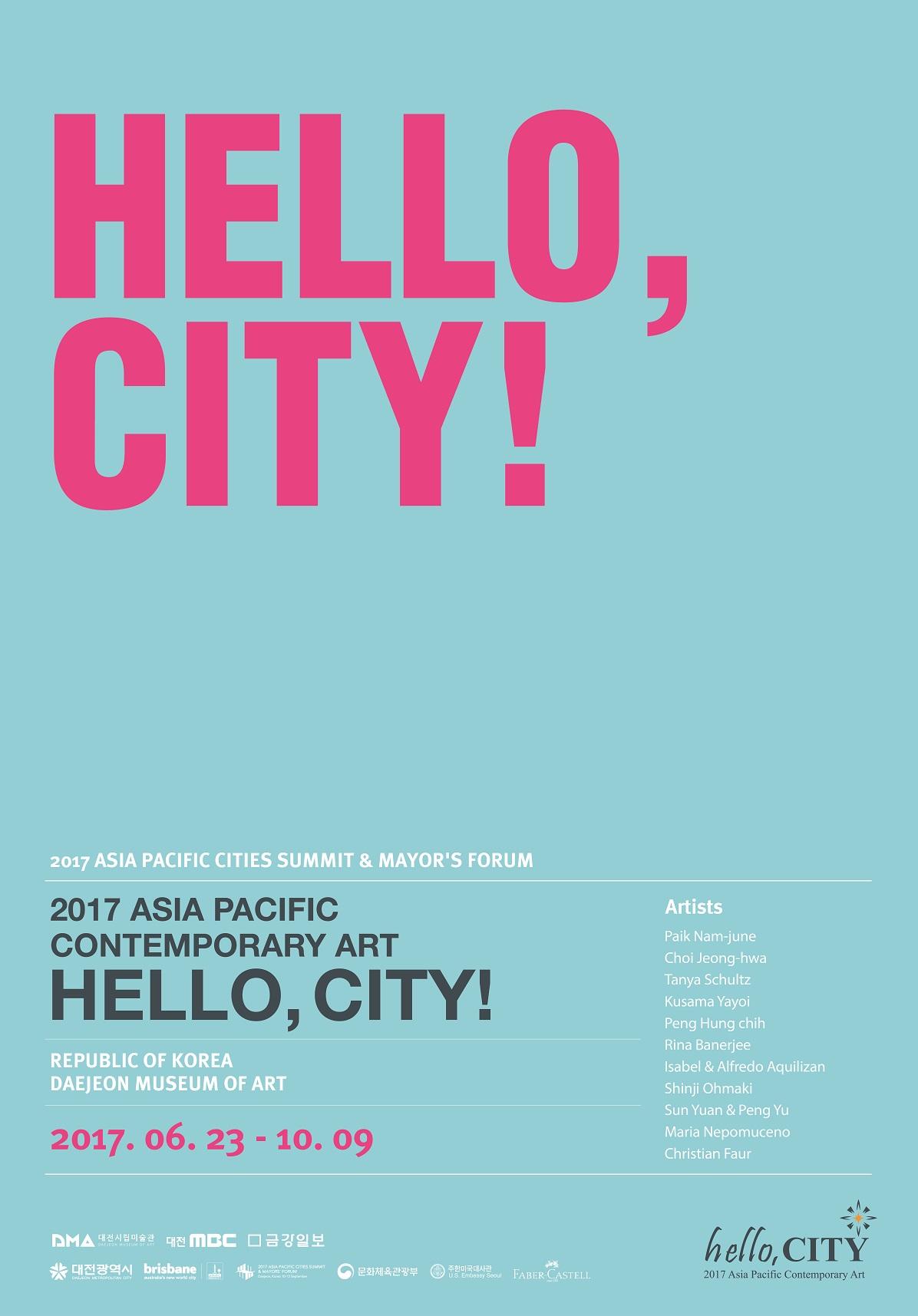
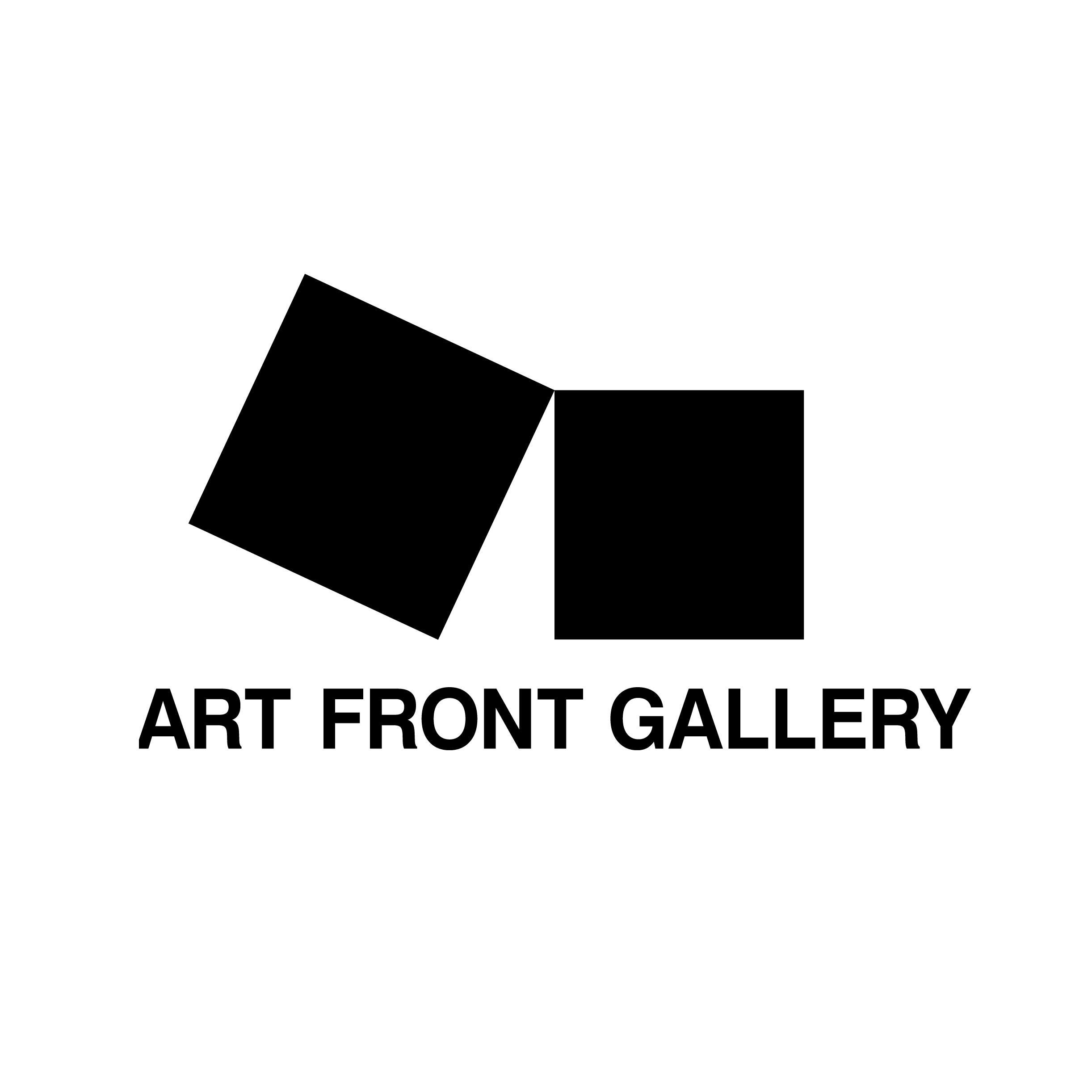
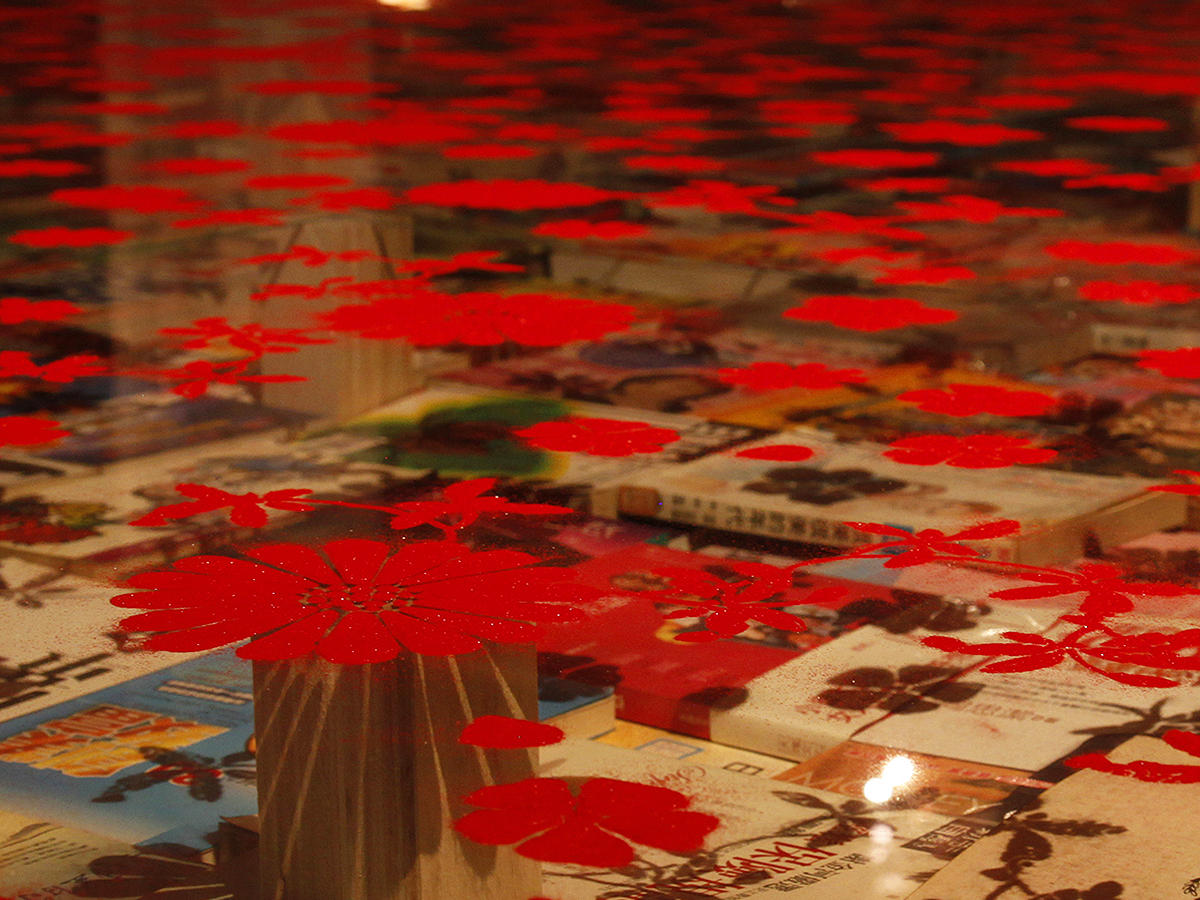
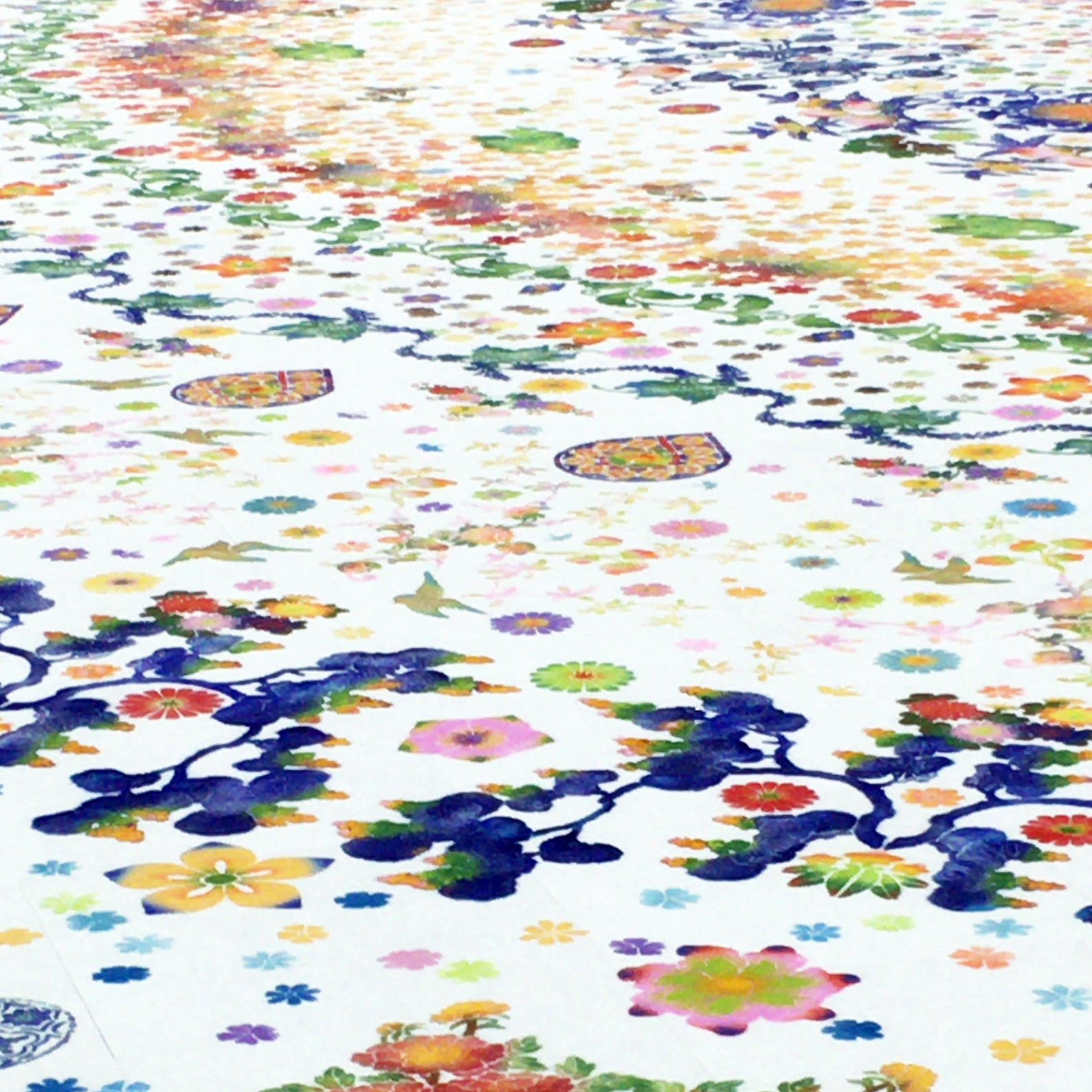
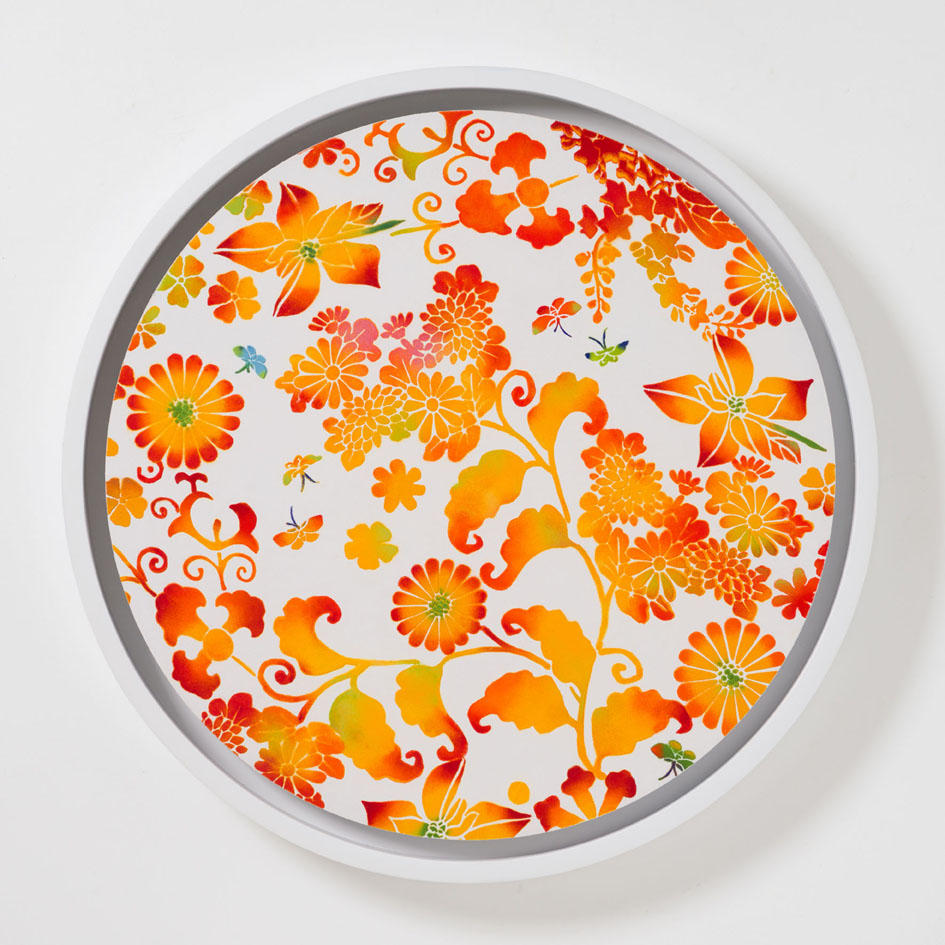
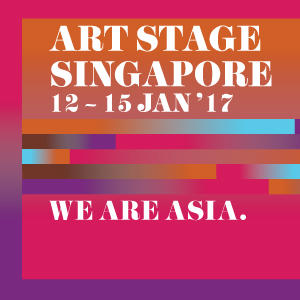
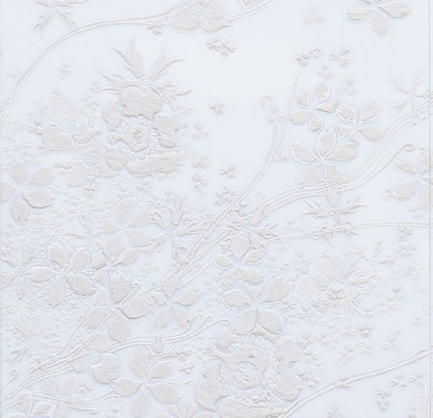
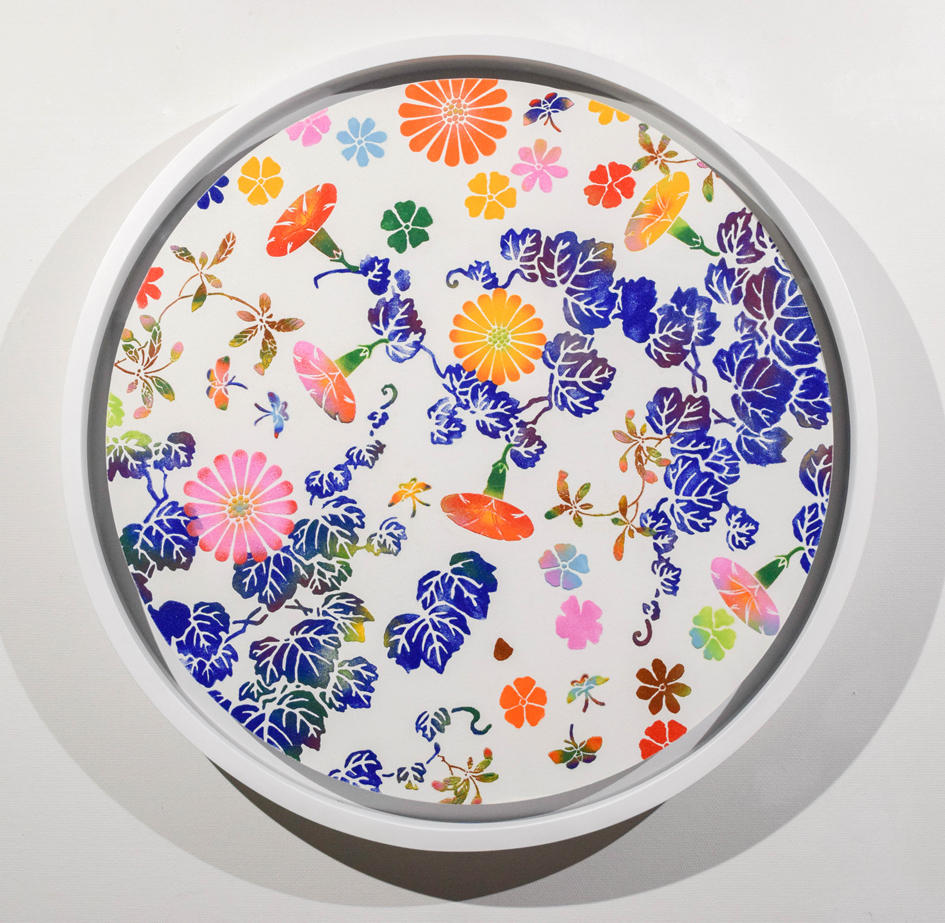
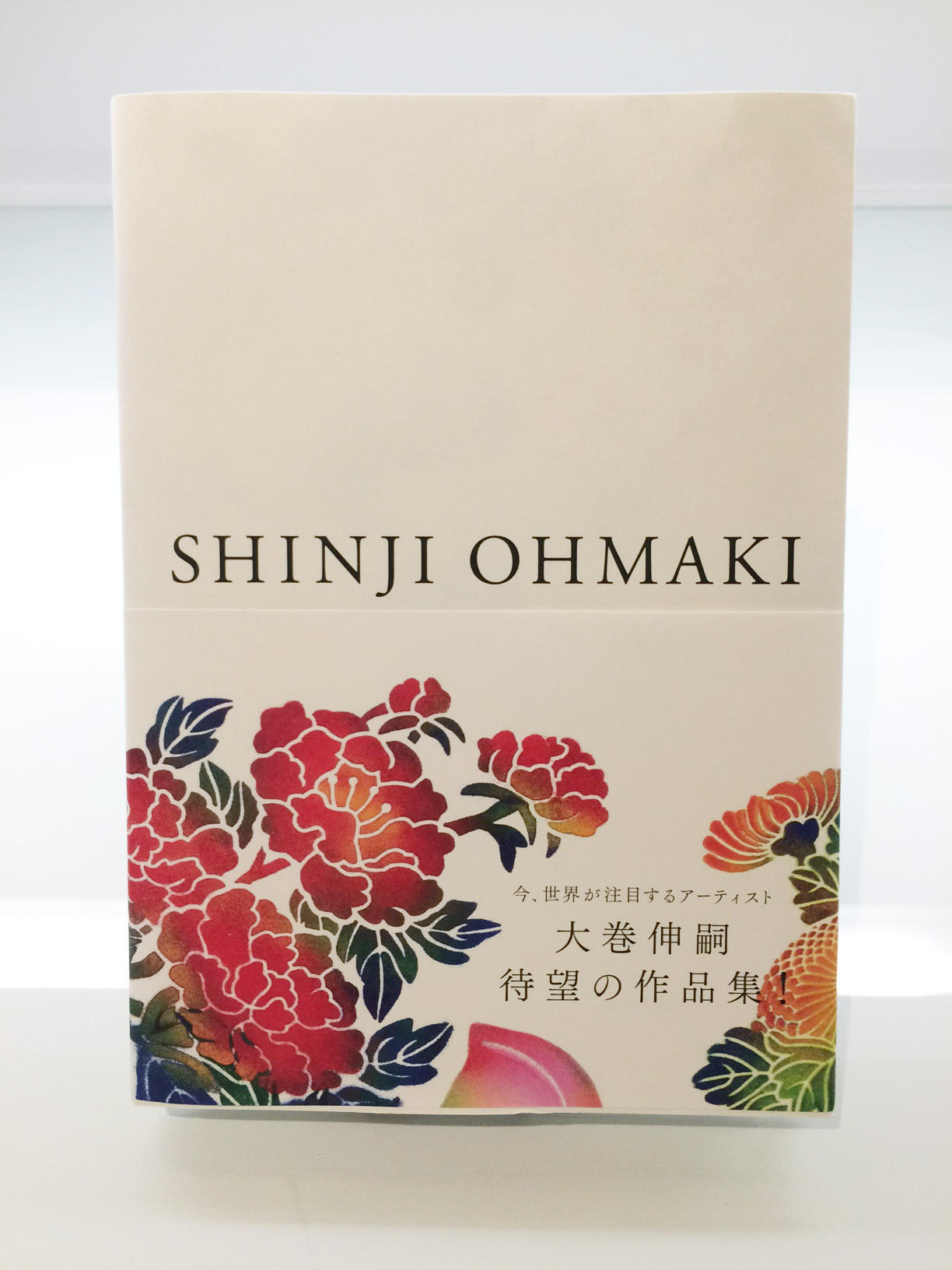
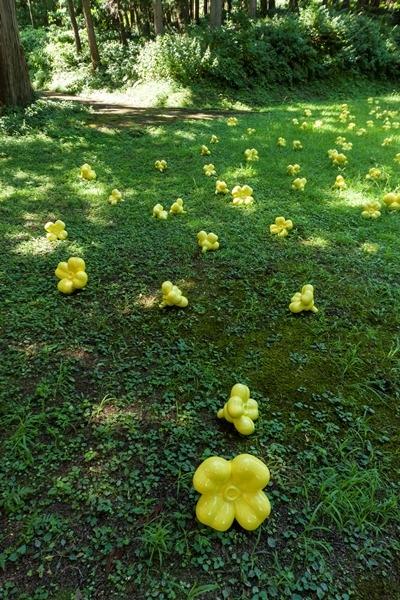
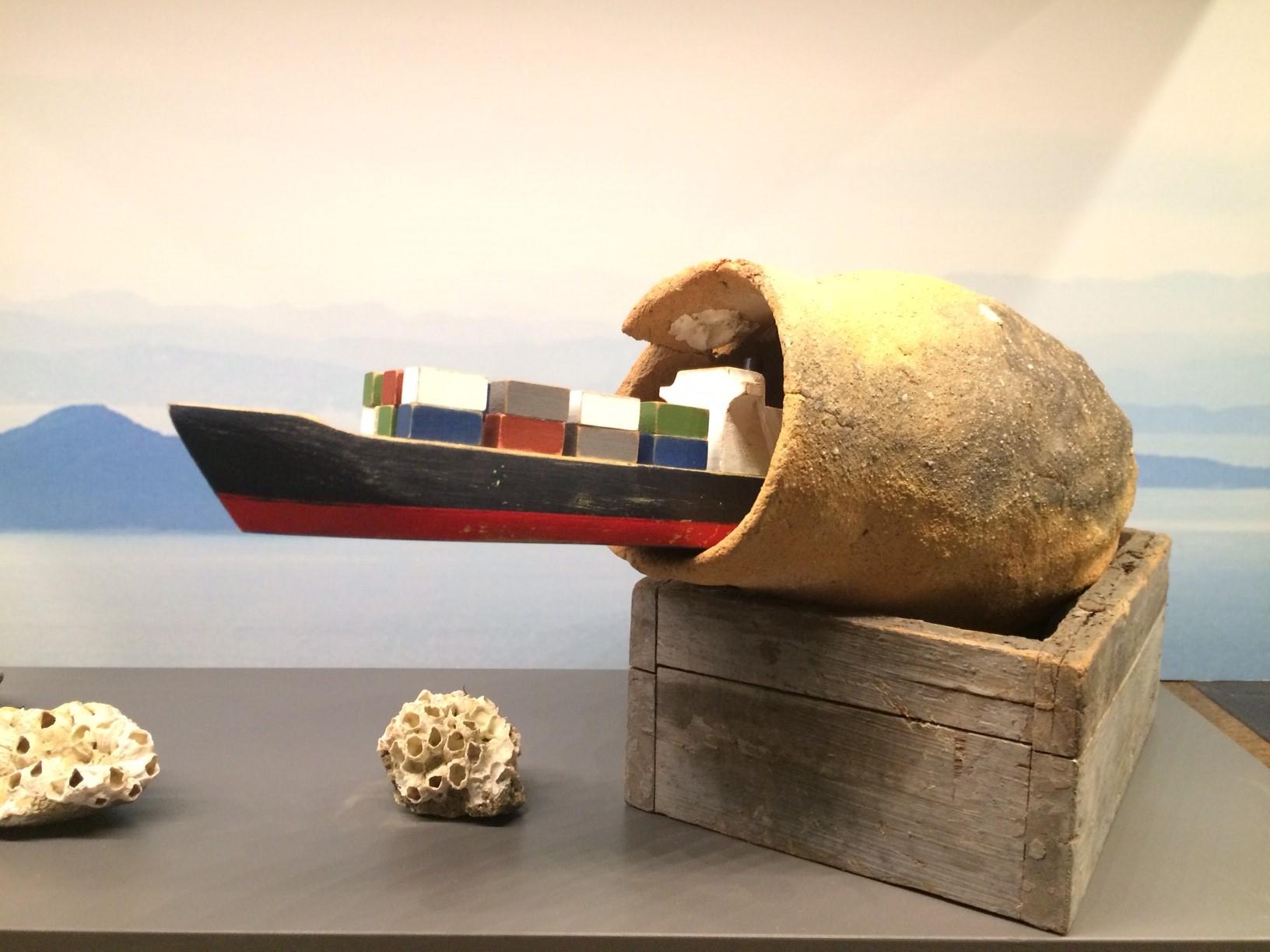
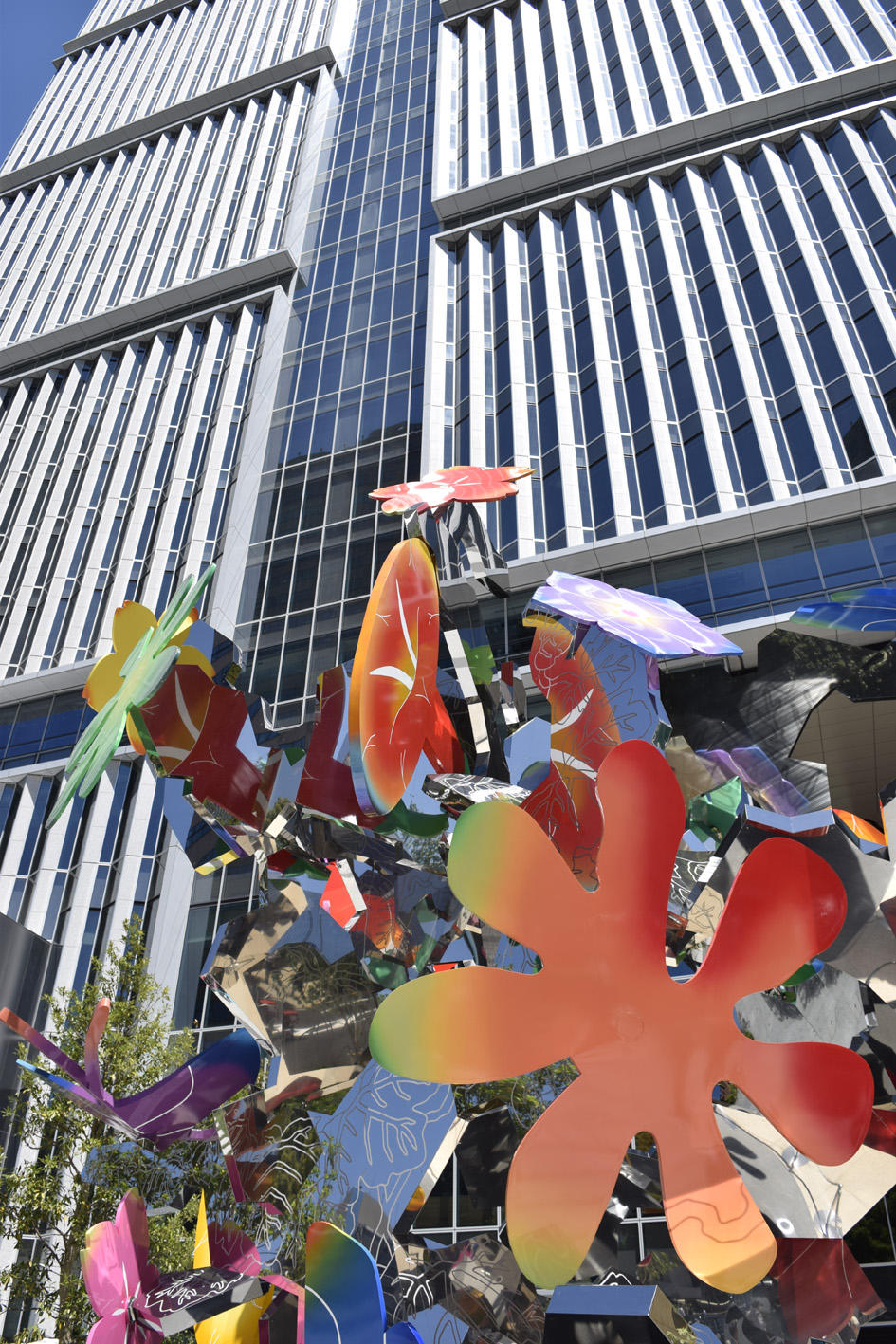
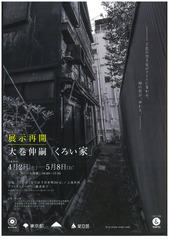
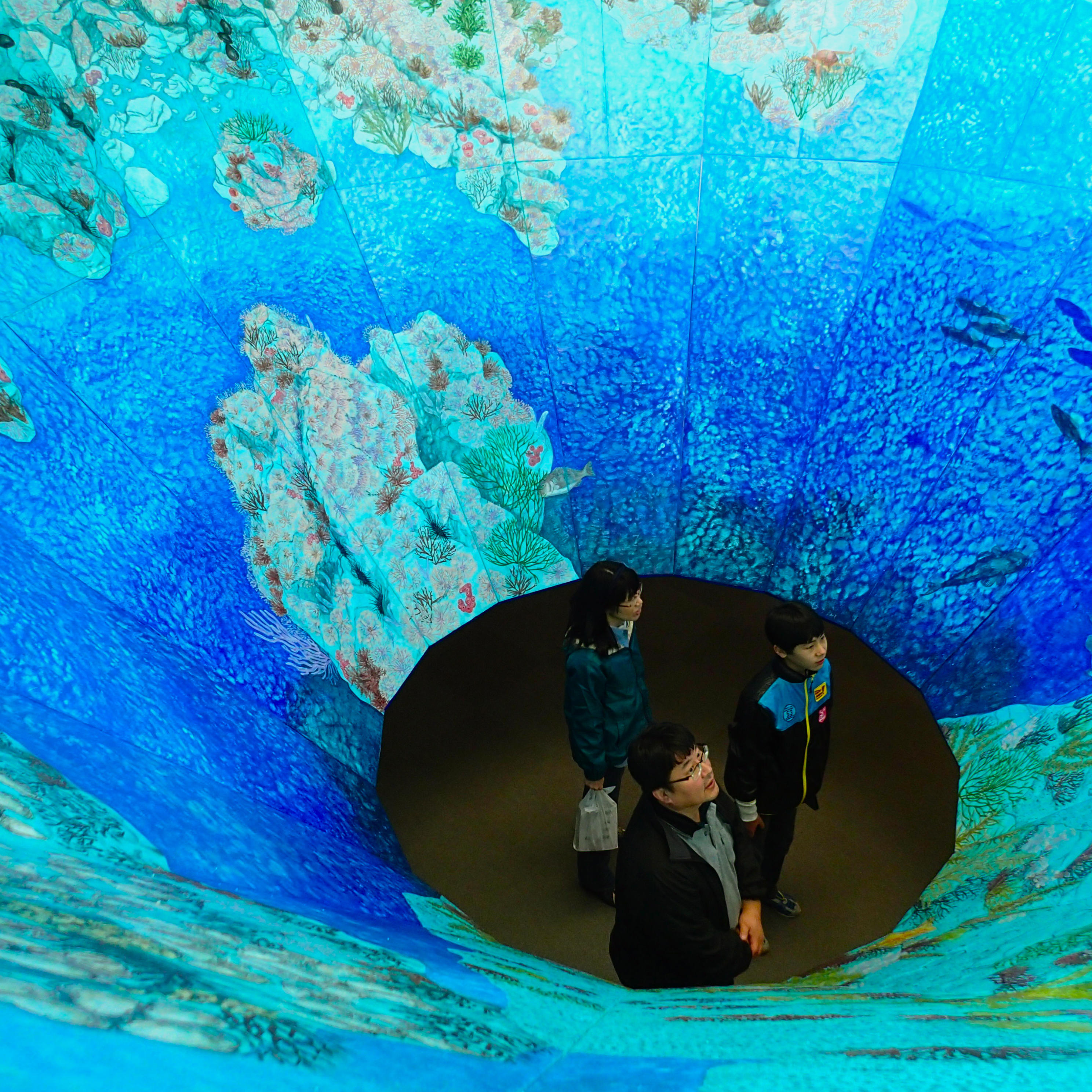
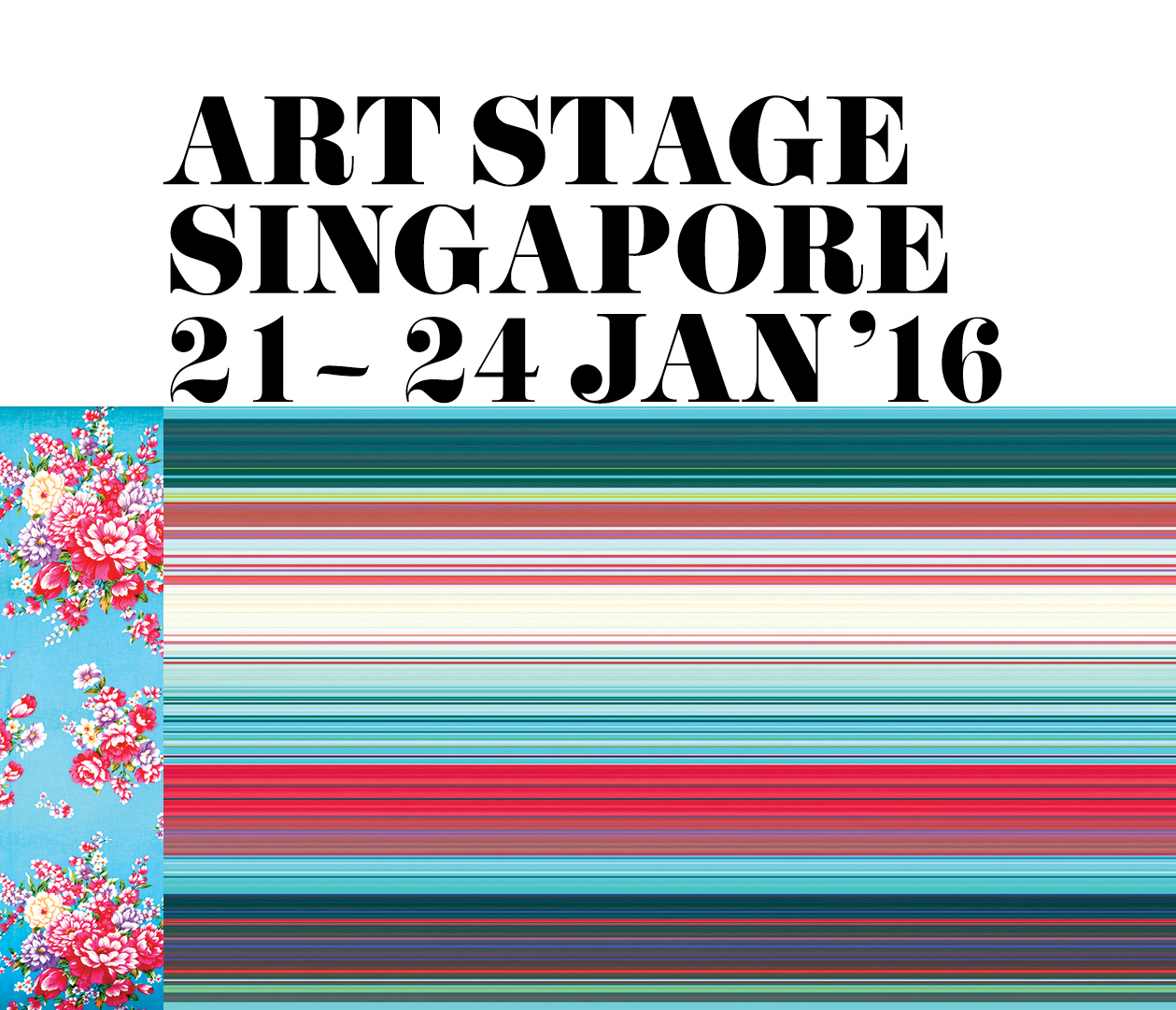
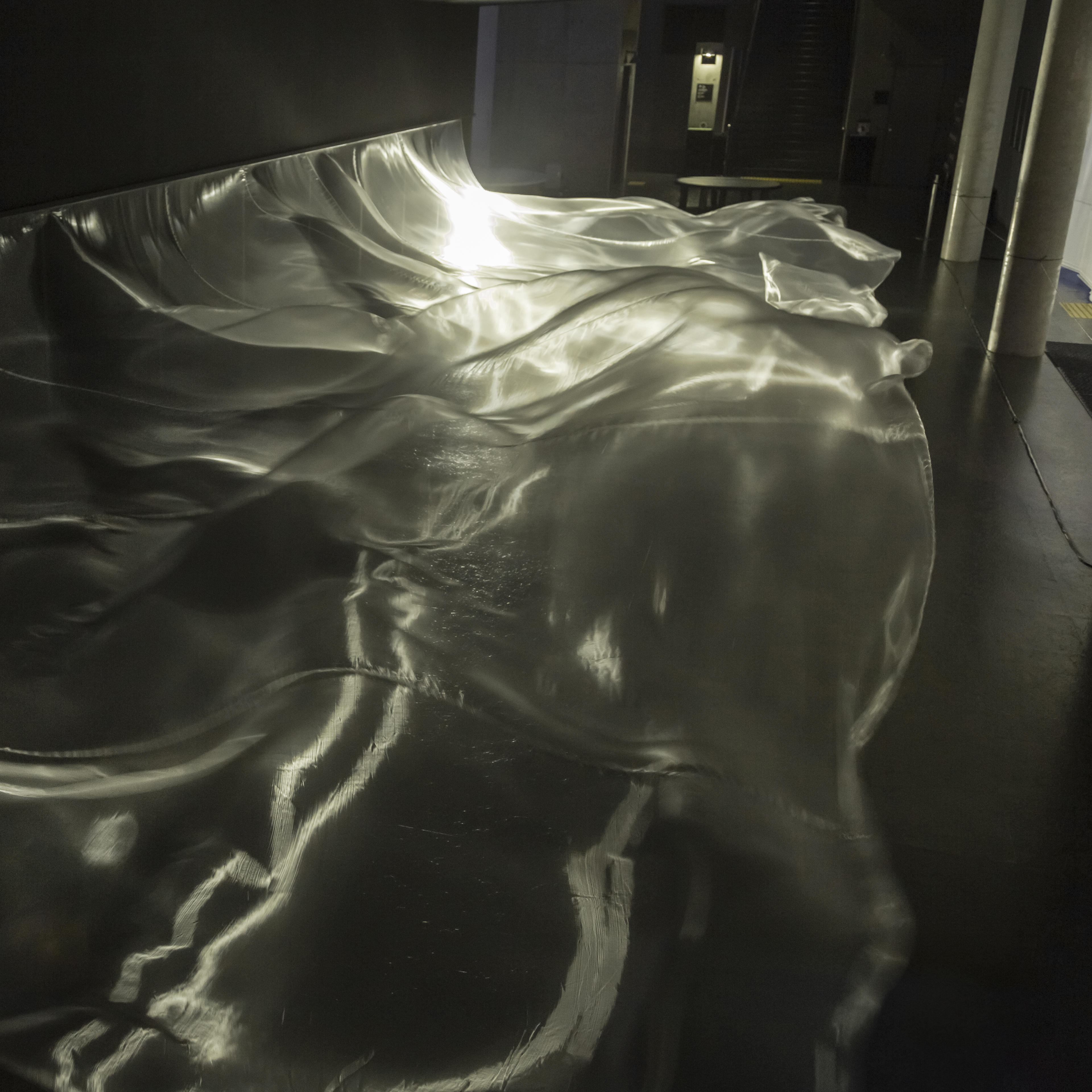
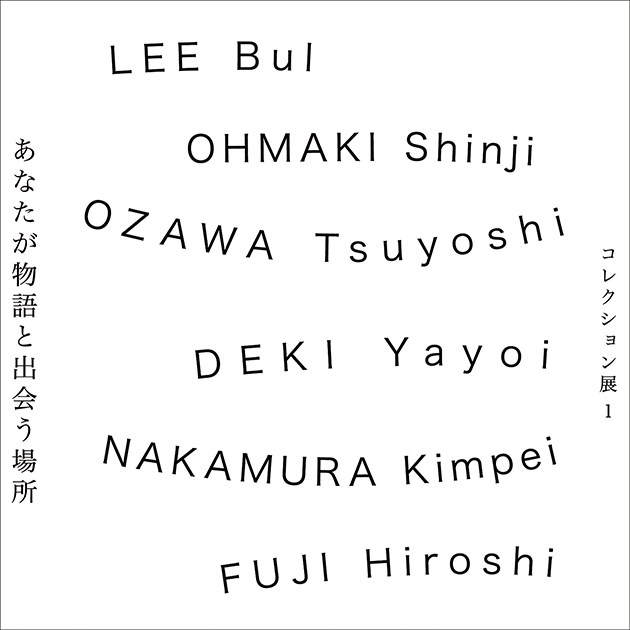
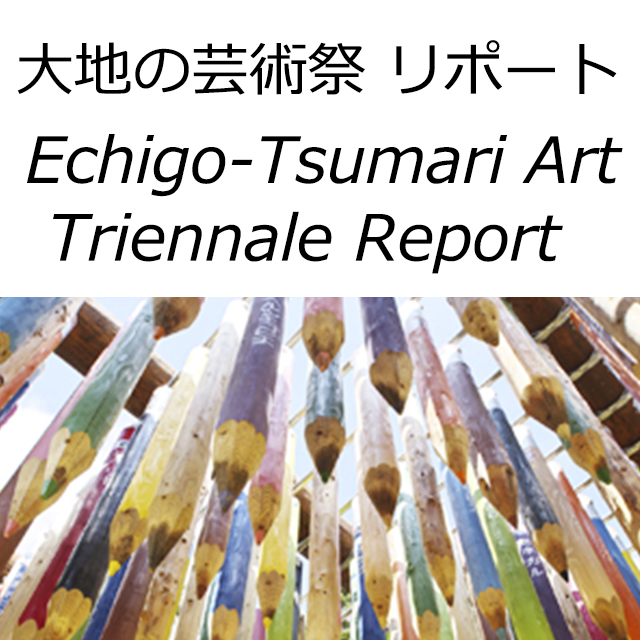
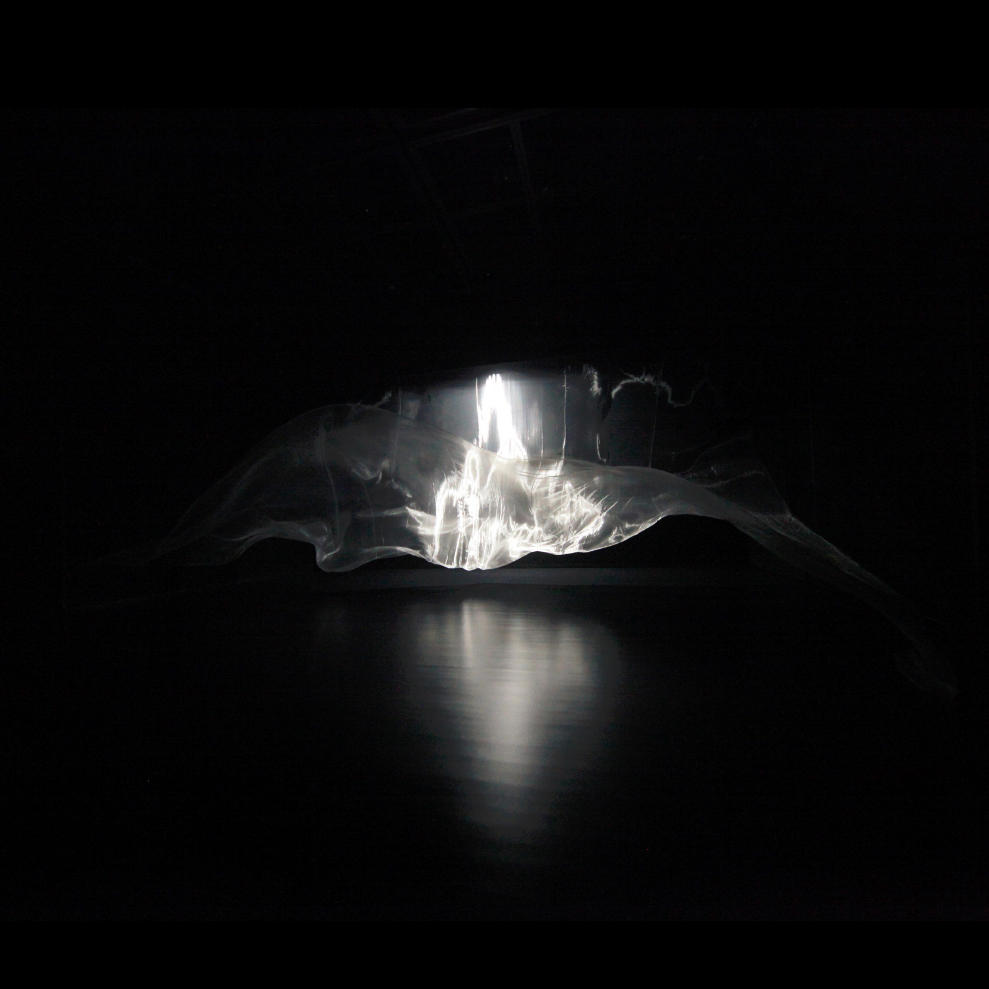
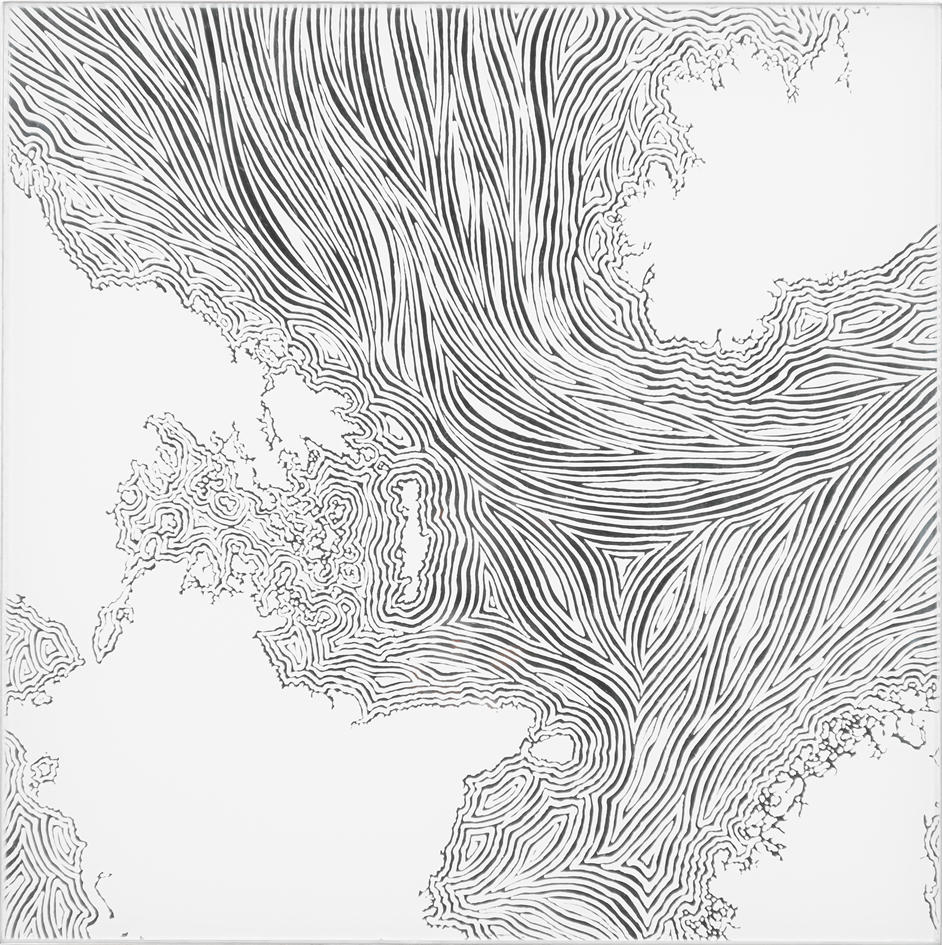
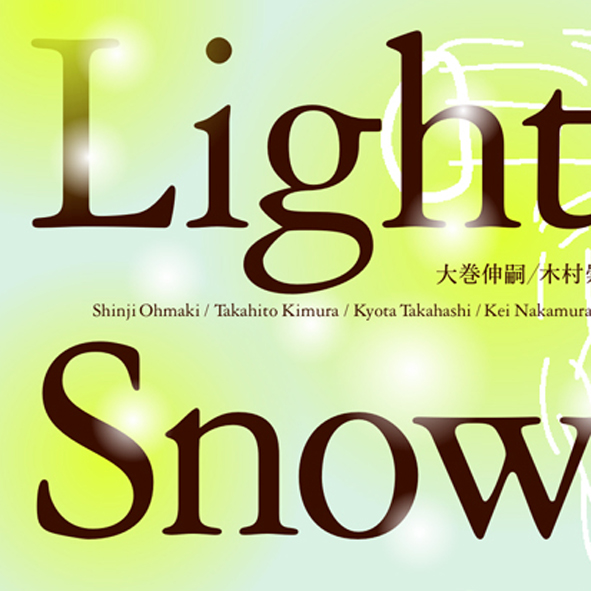
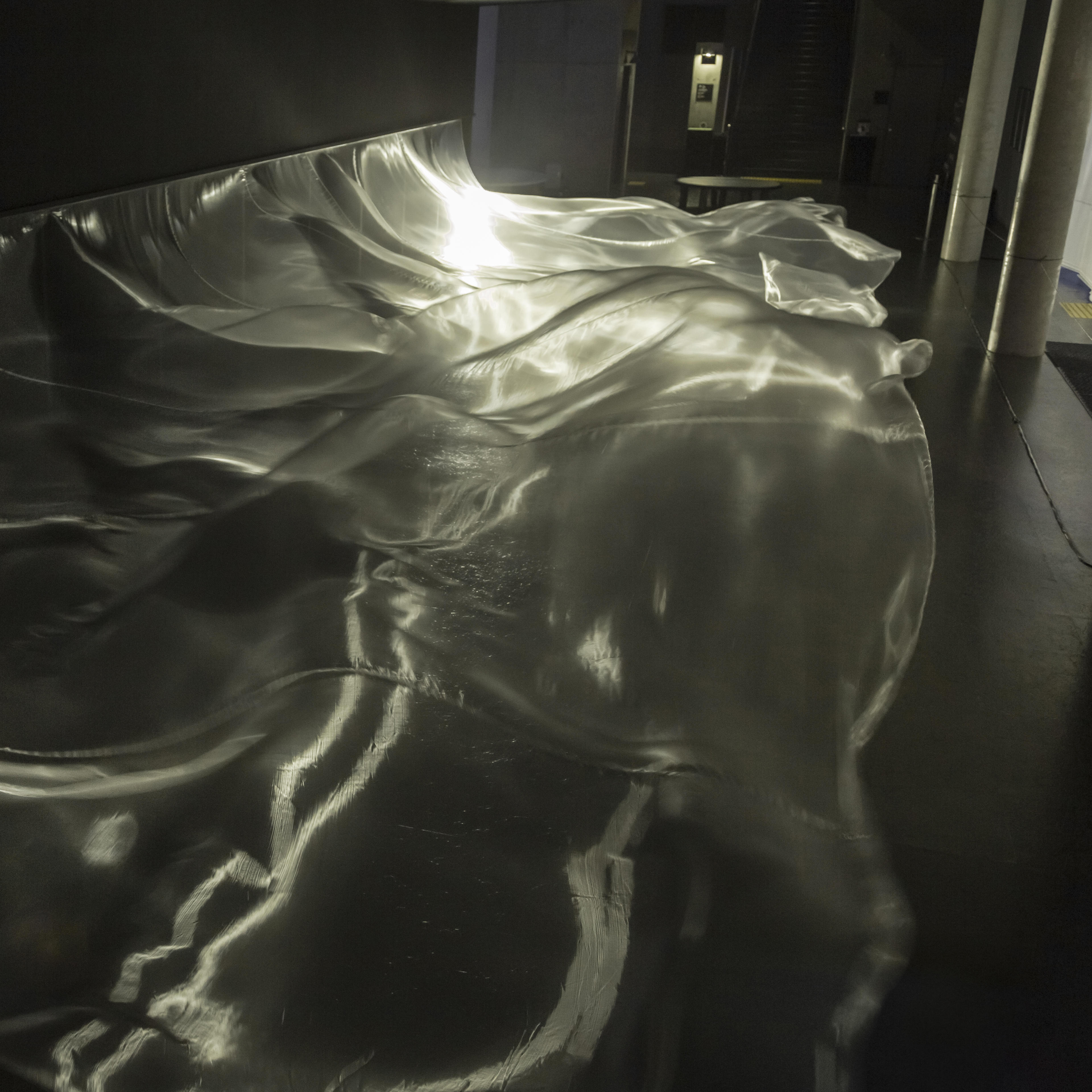
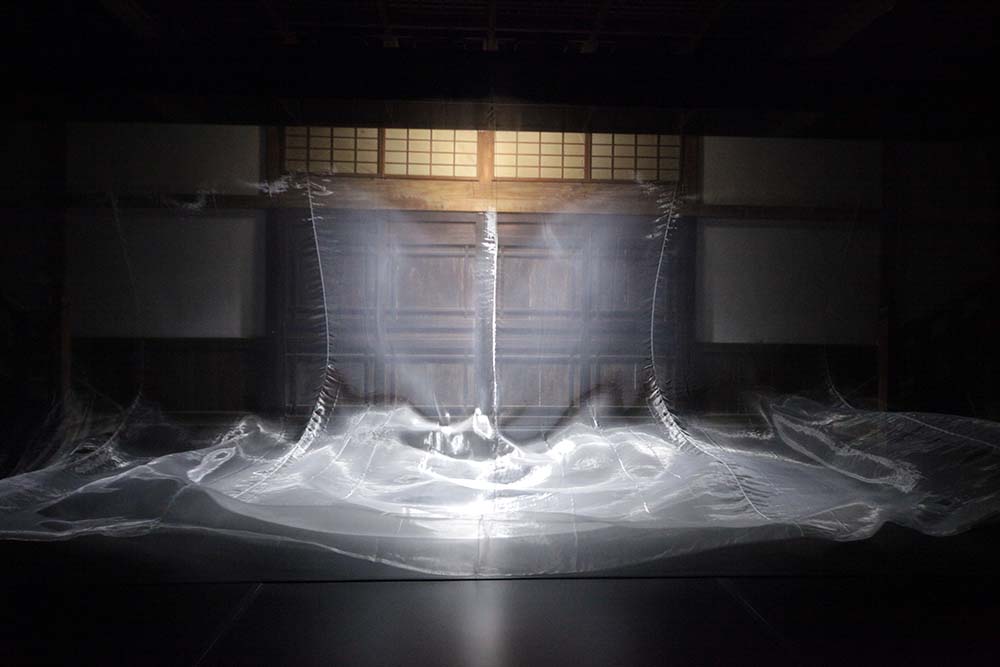
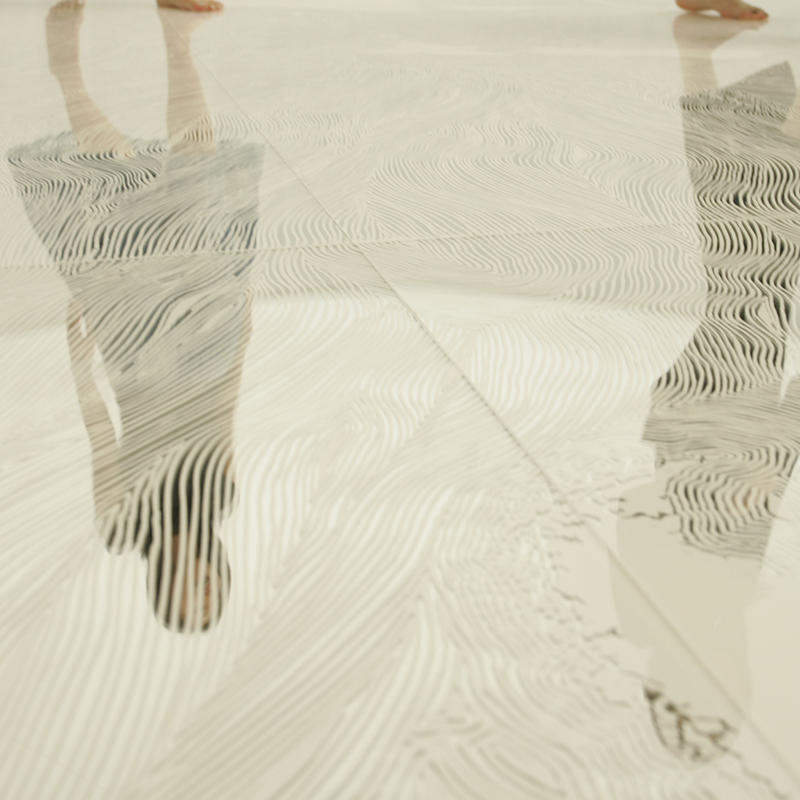
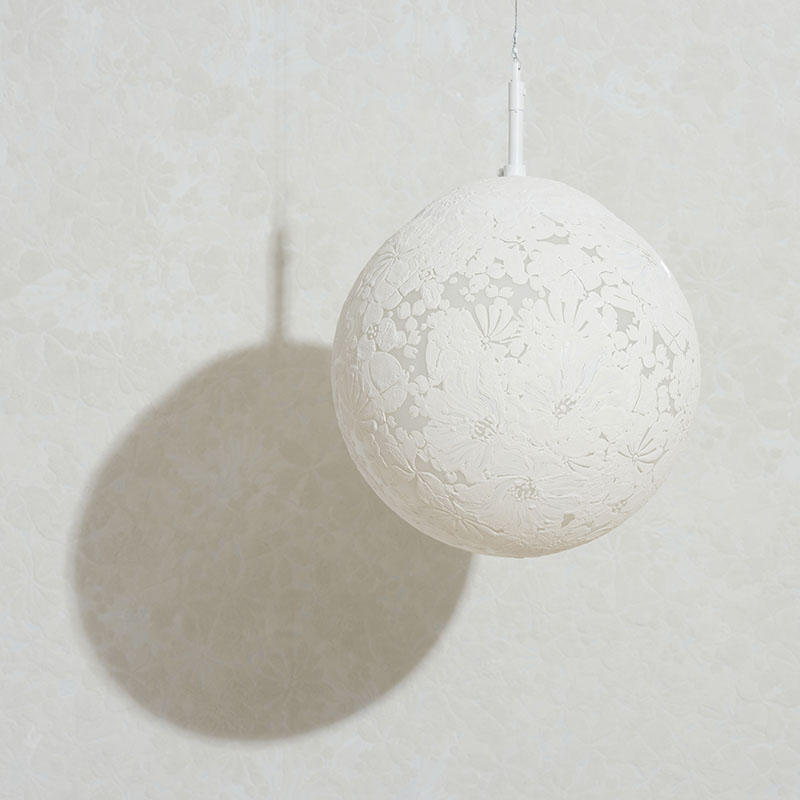
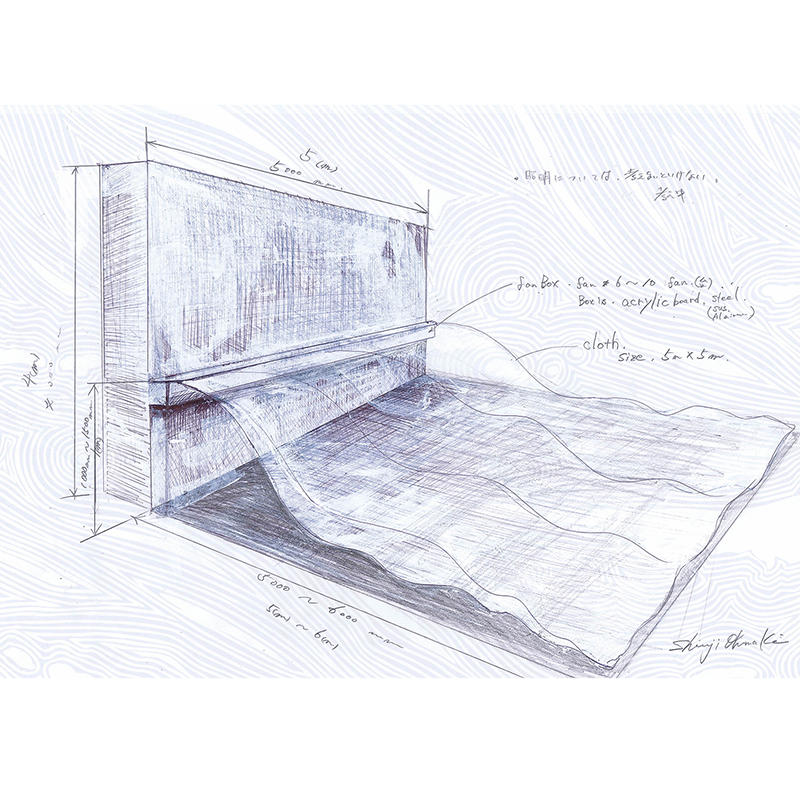
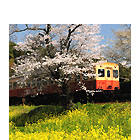
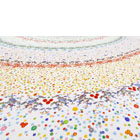

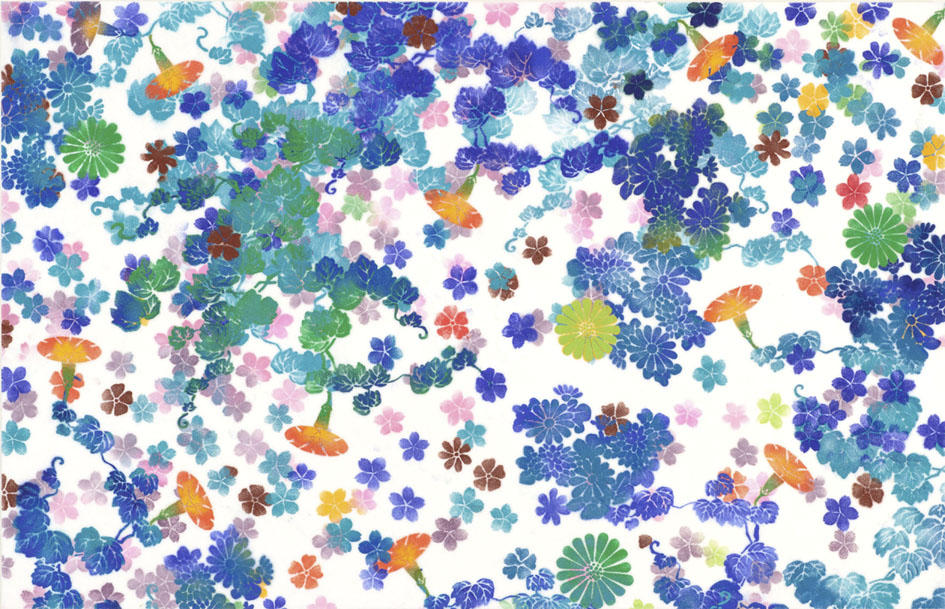
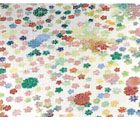
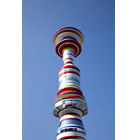
Realated Project
![[Contributed Article] Regarding Shinji Ohmaki's Photogram Works](https://artfrontgallery.com/project/img/70560c463c66b6fae95ae36926114b80f0eac254.jpg)
